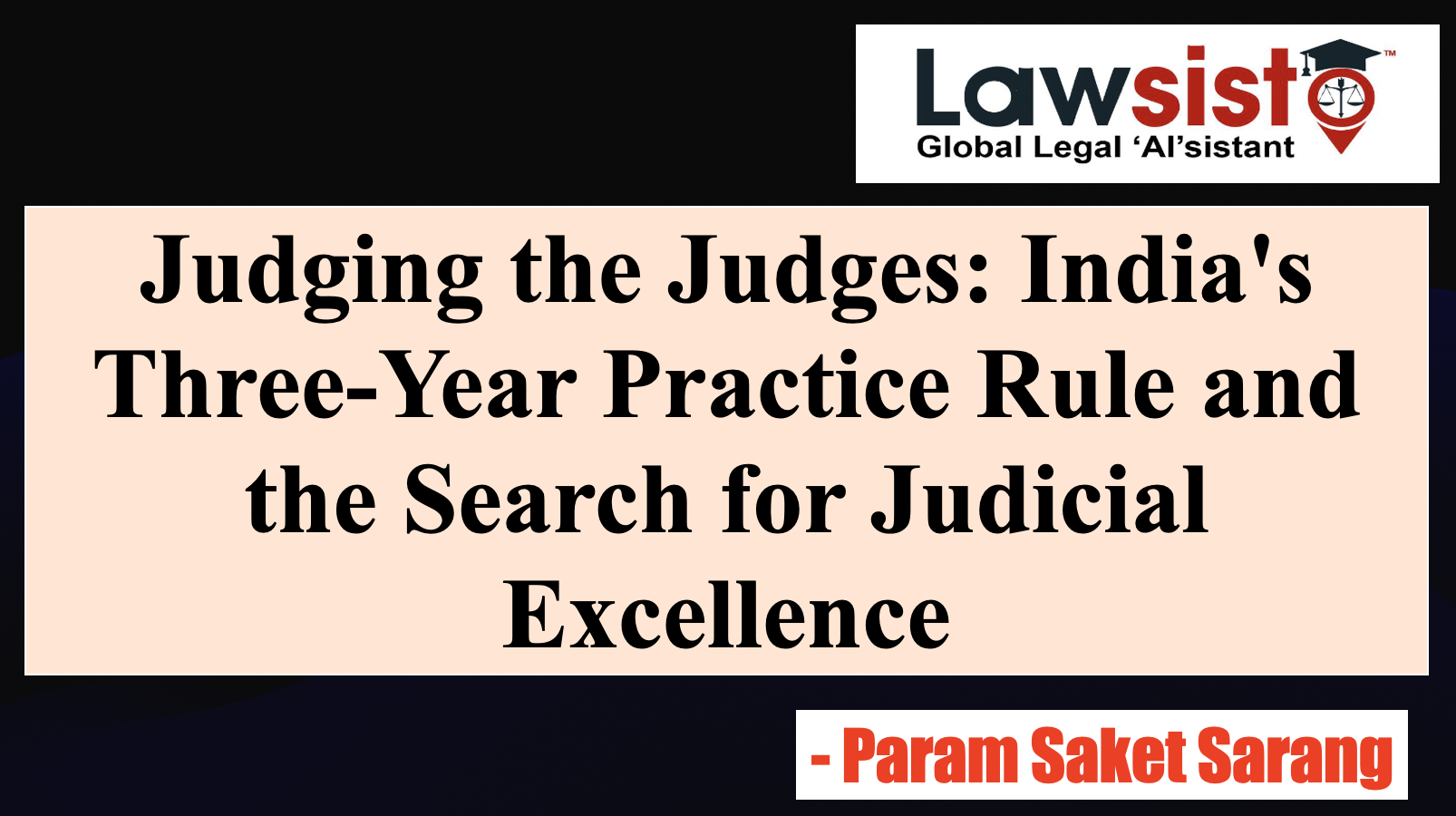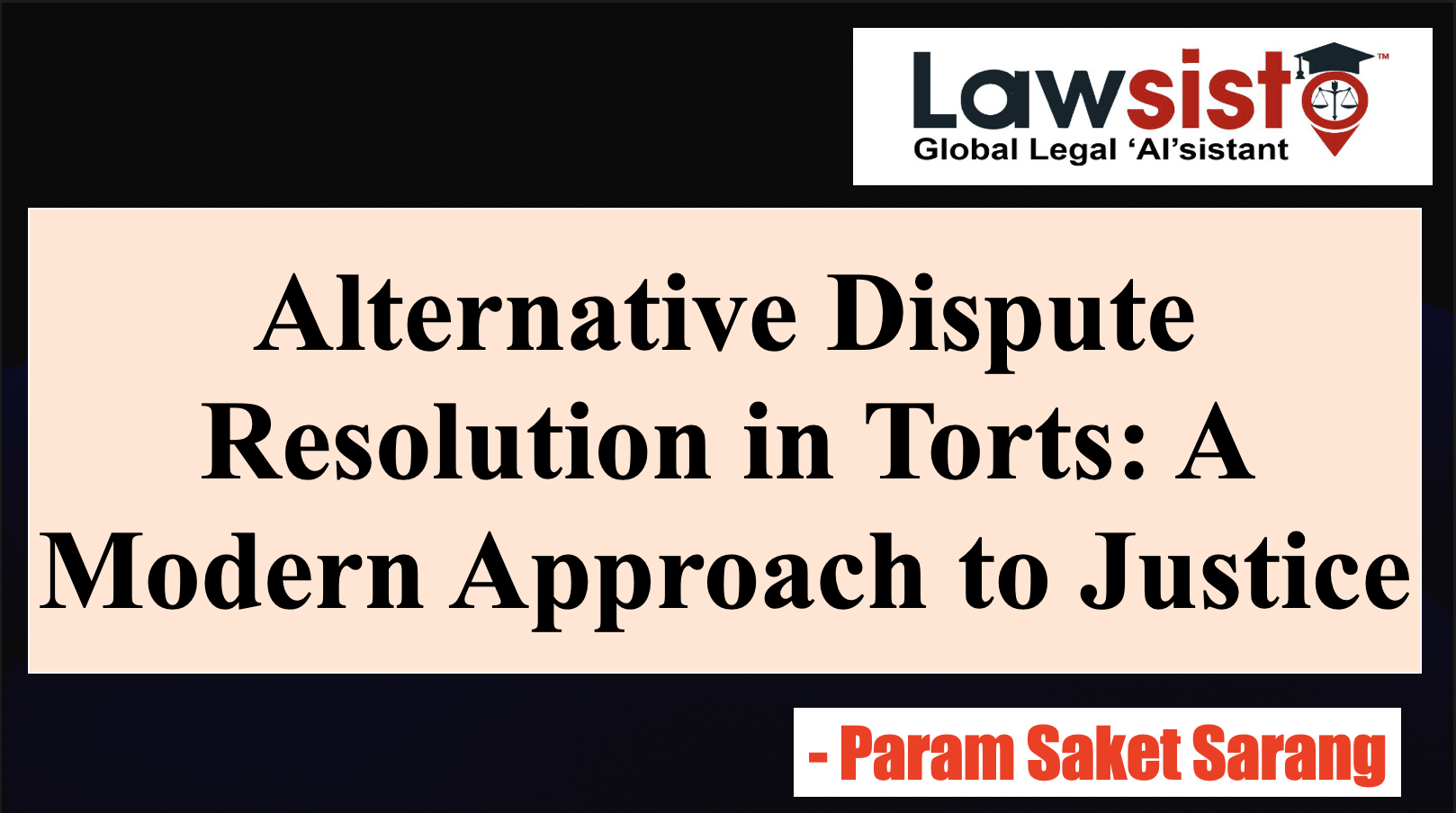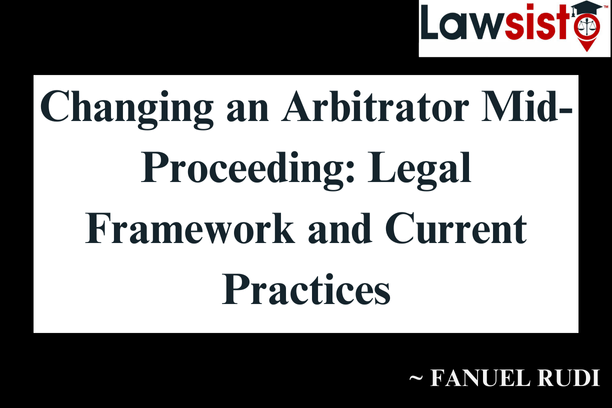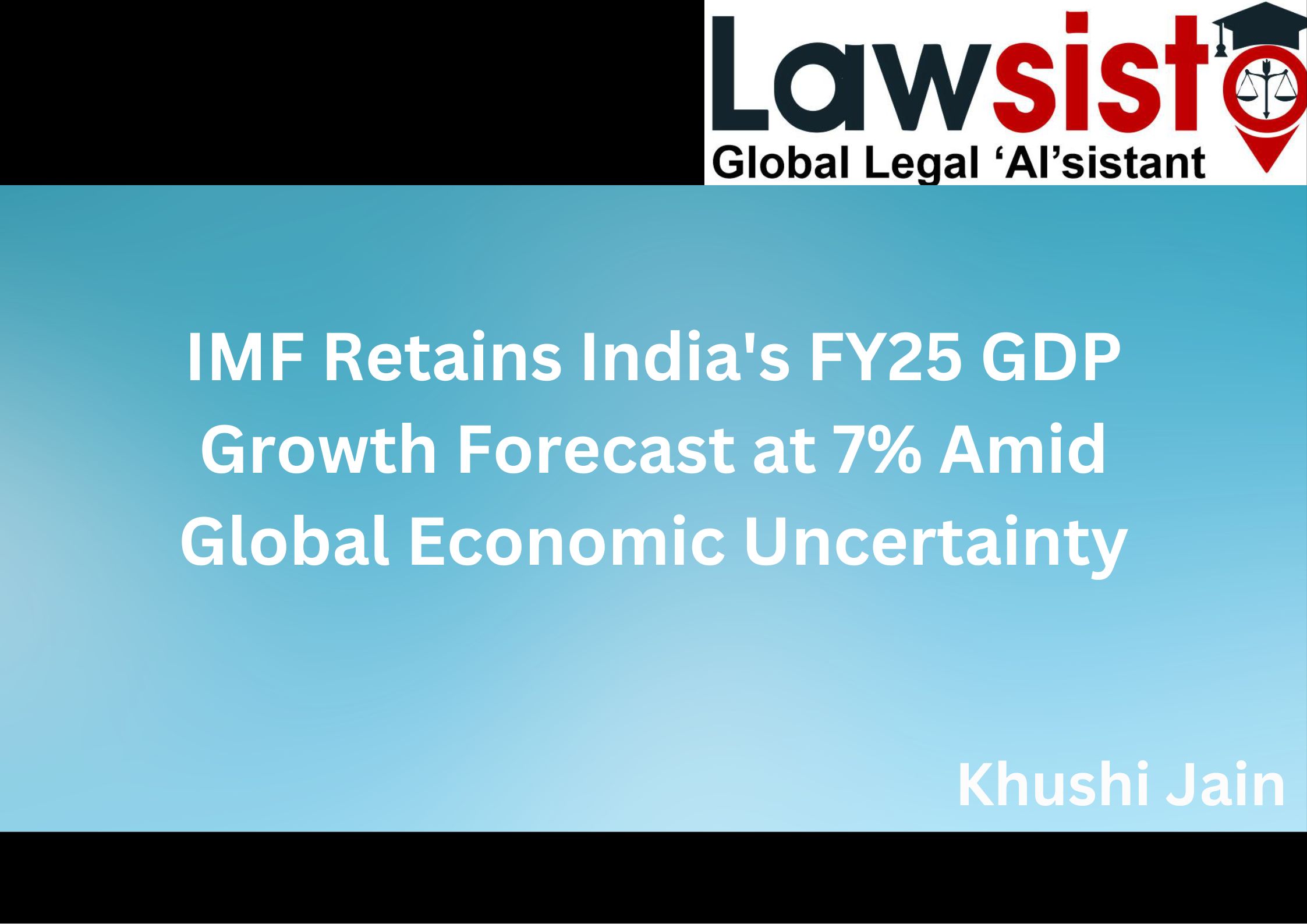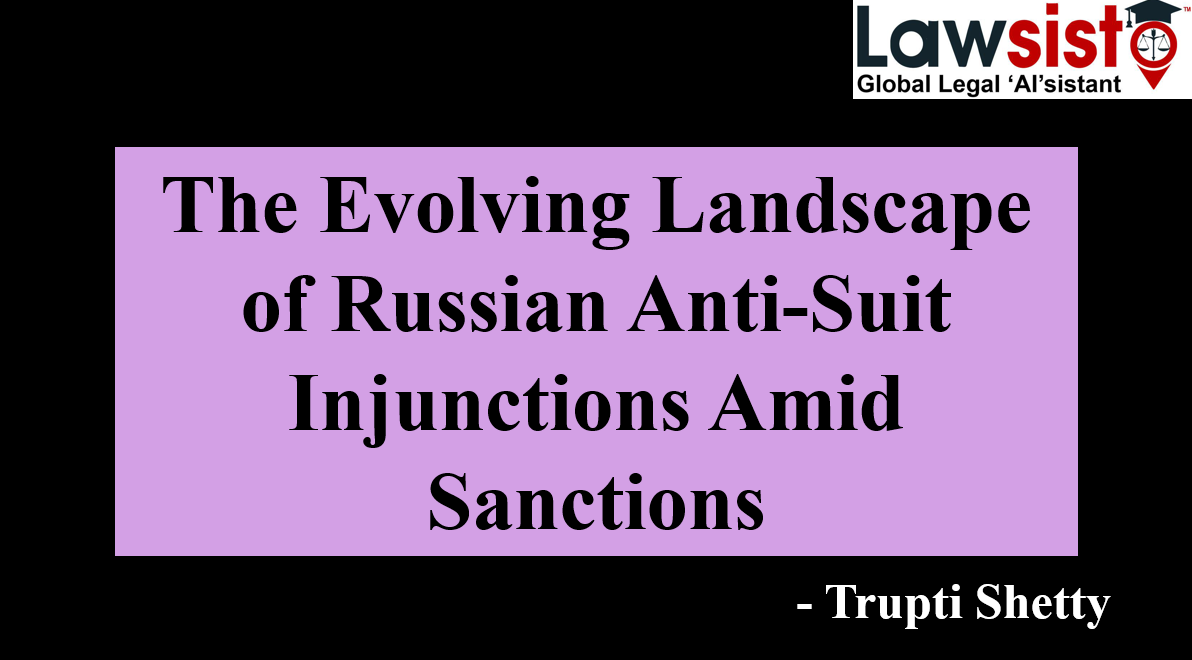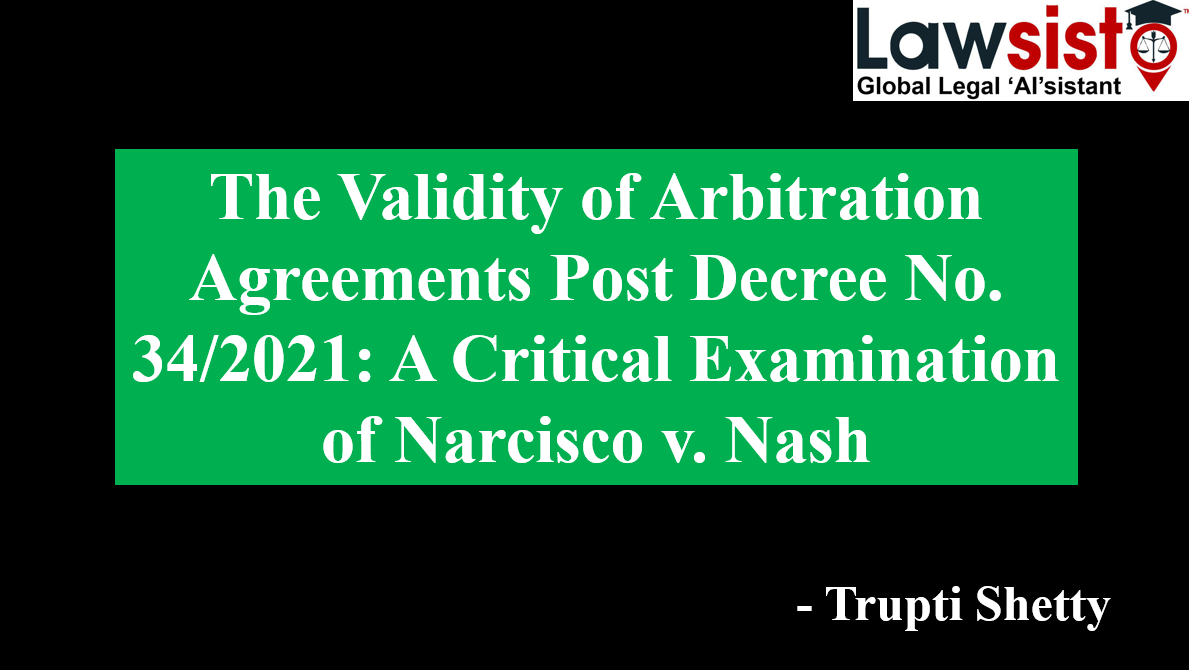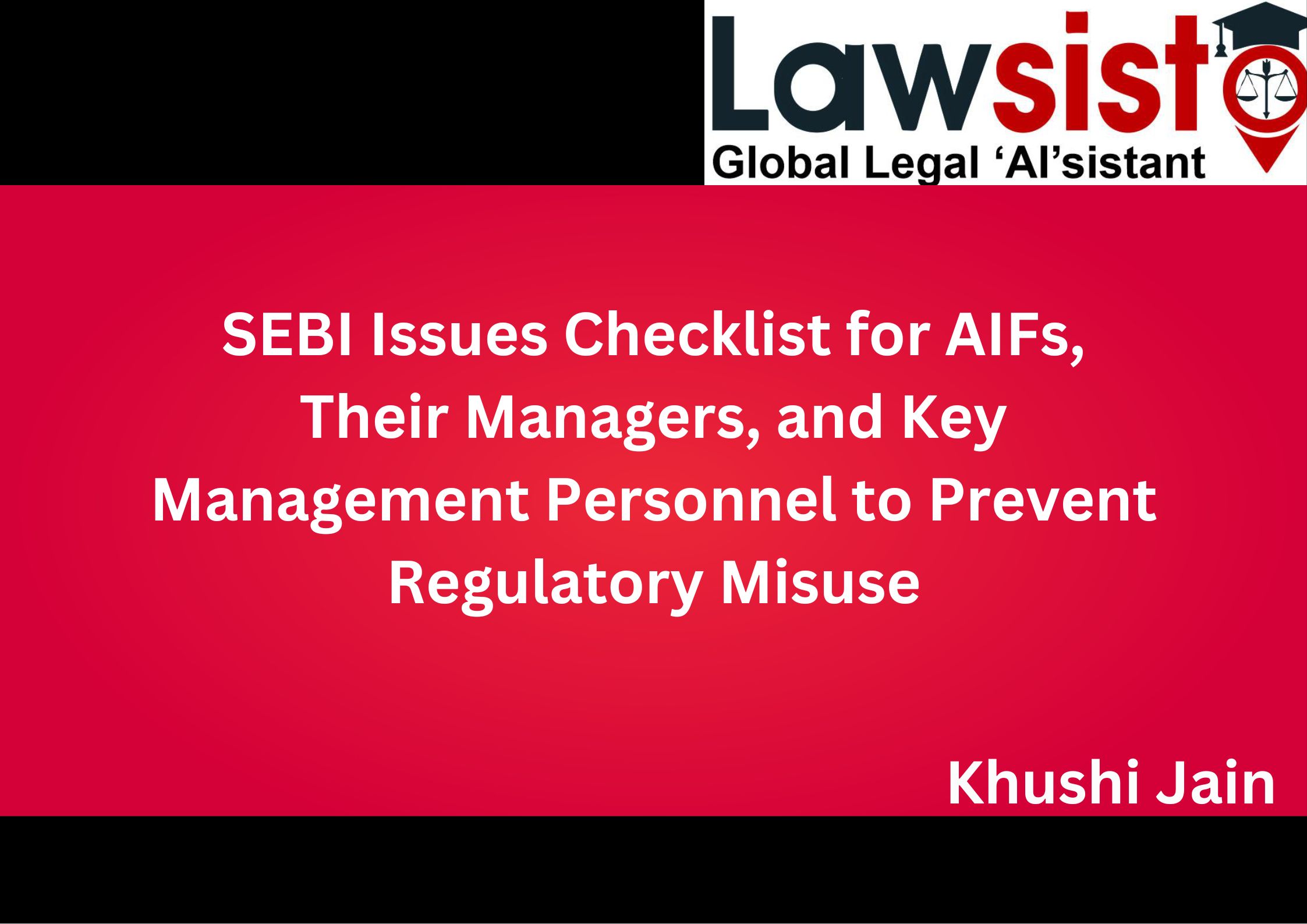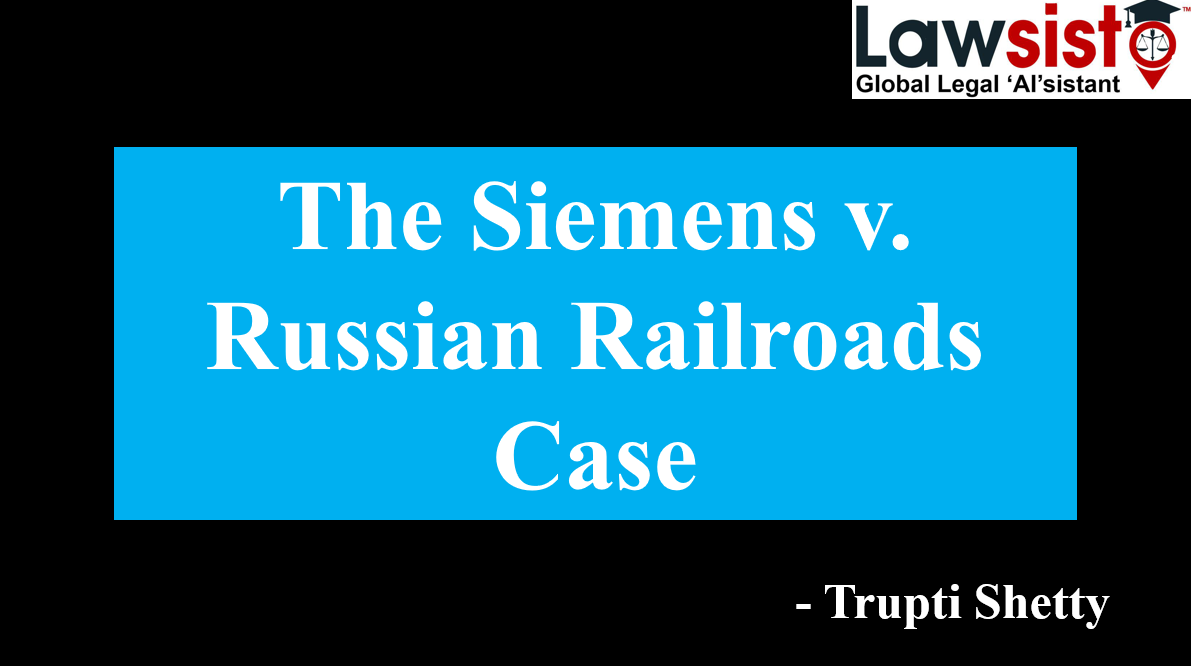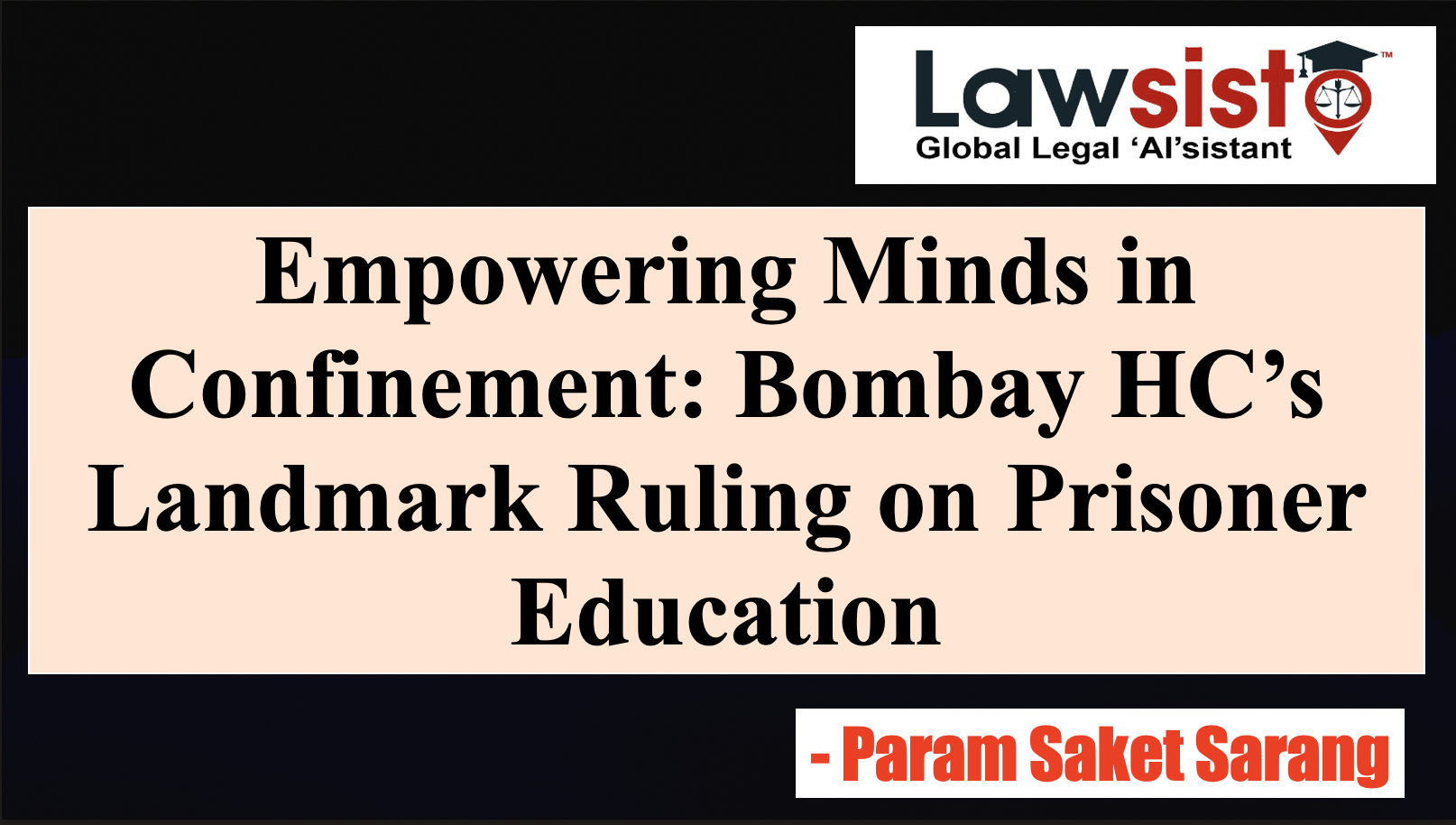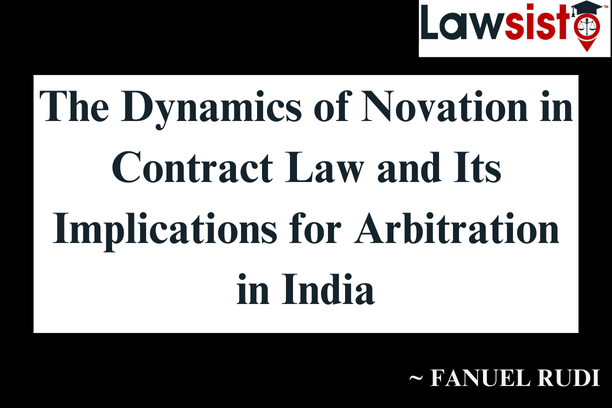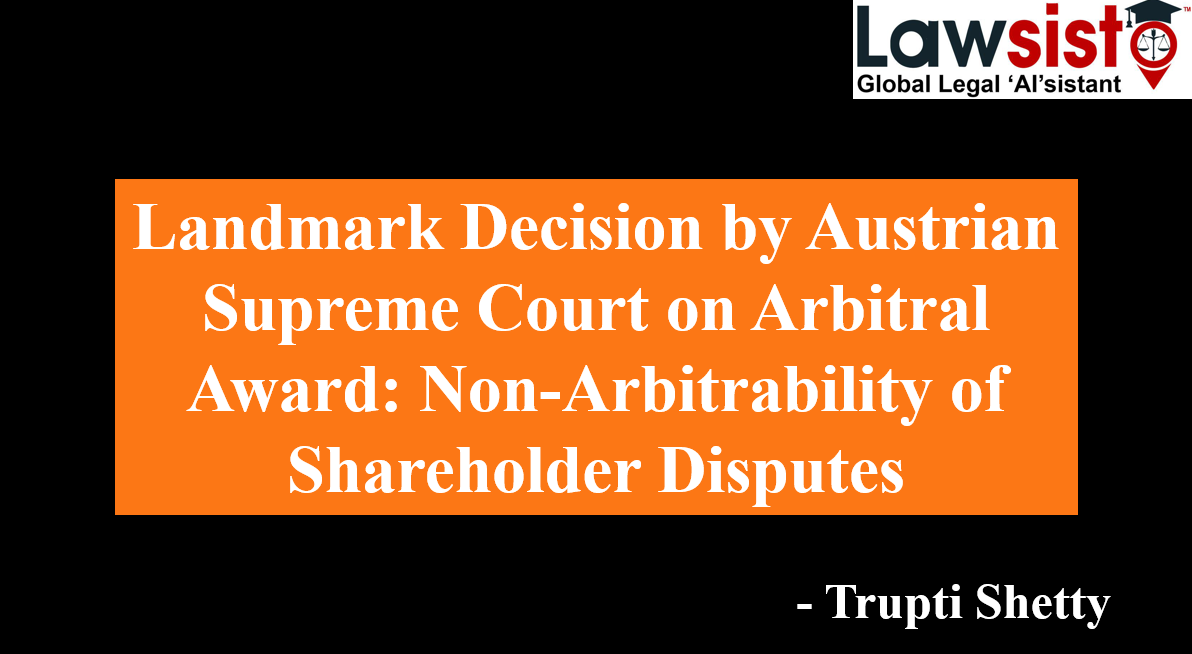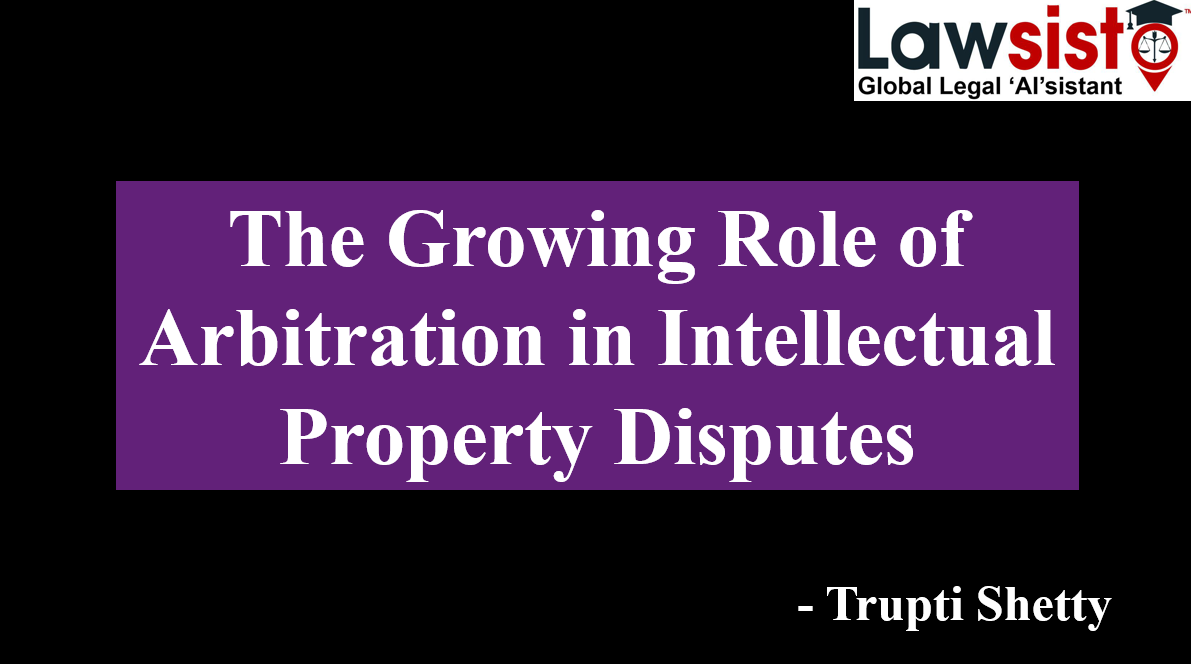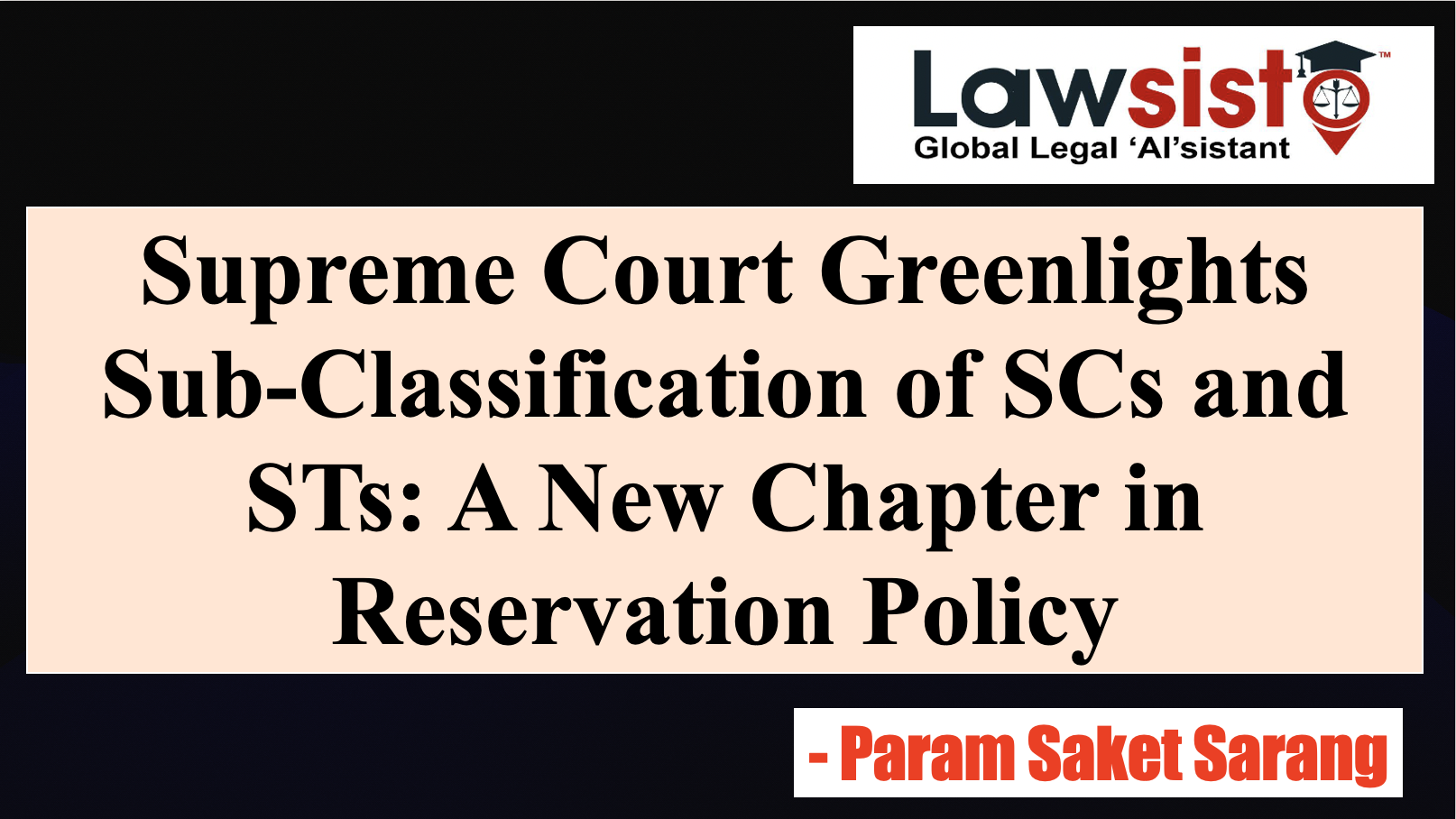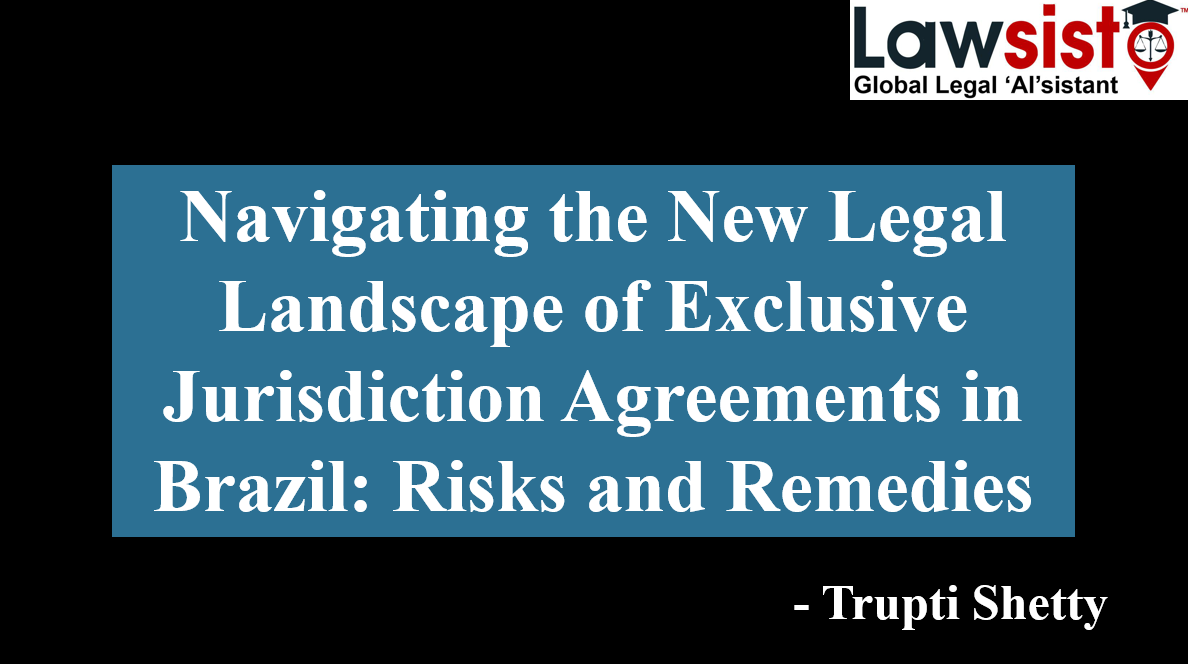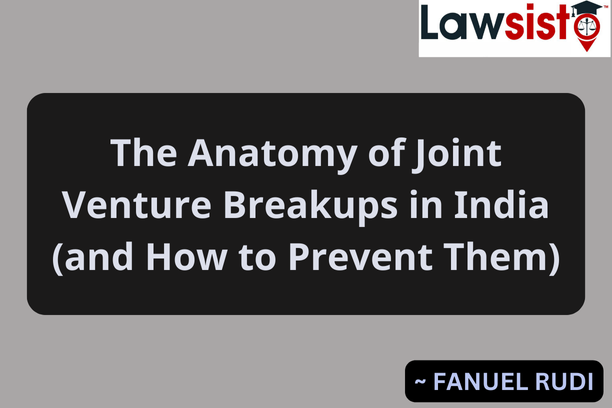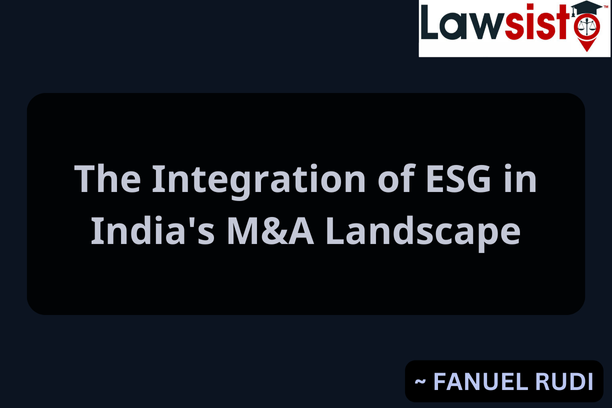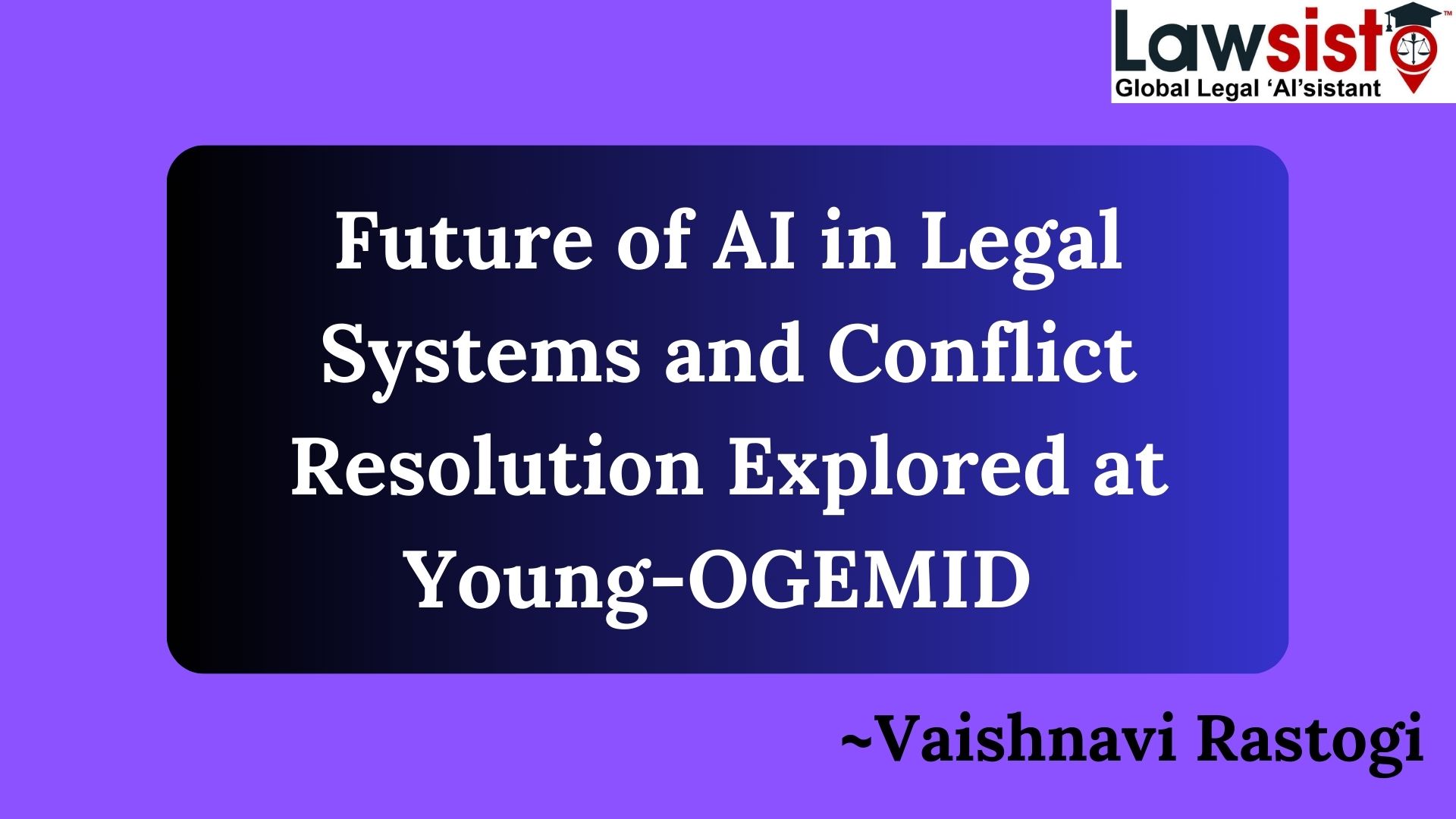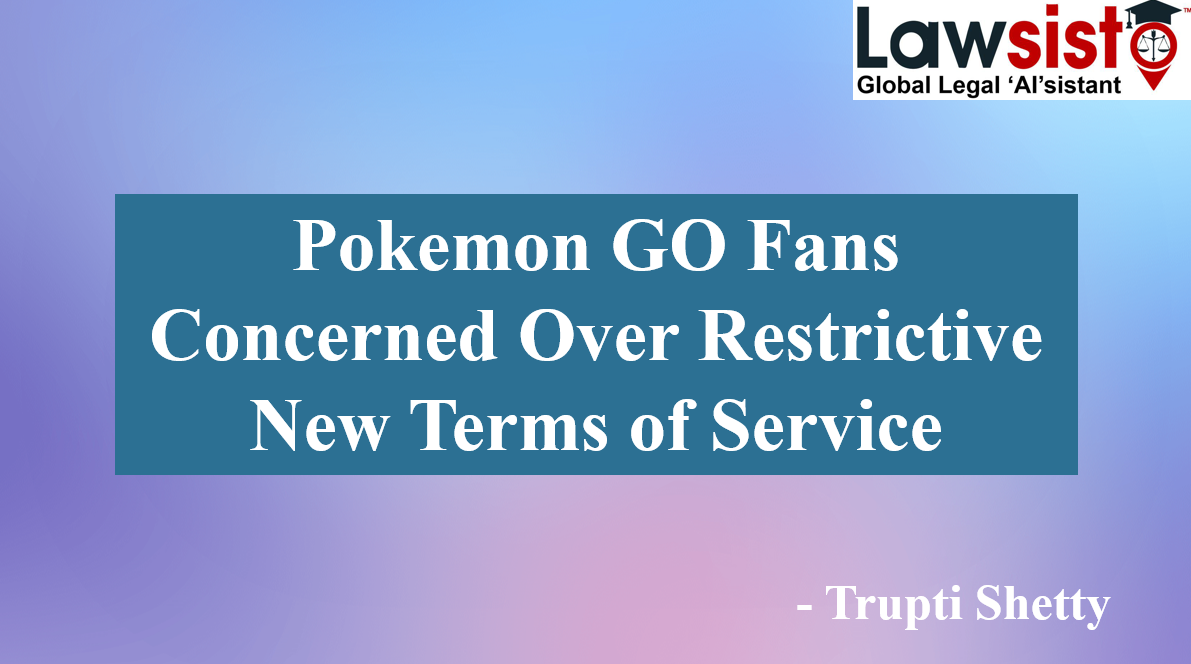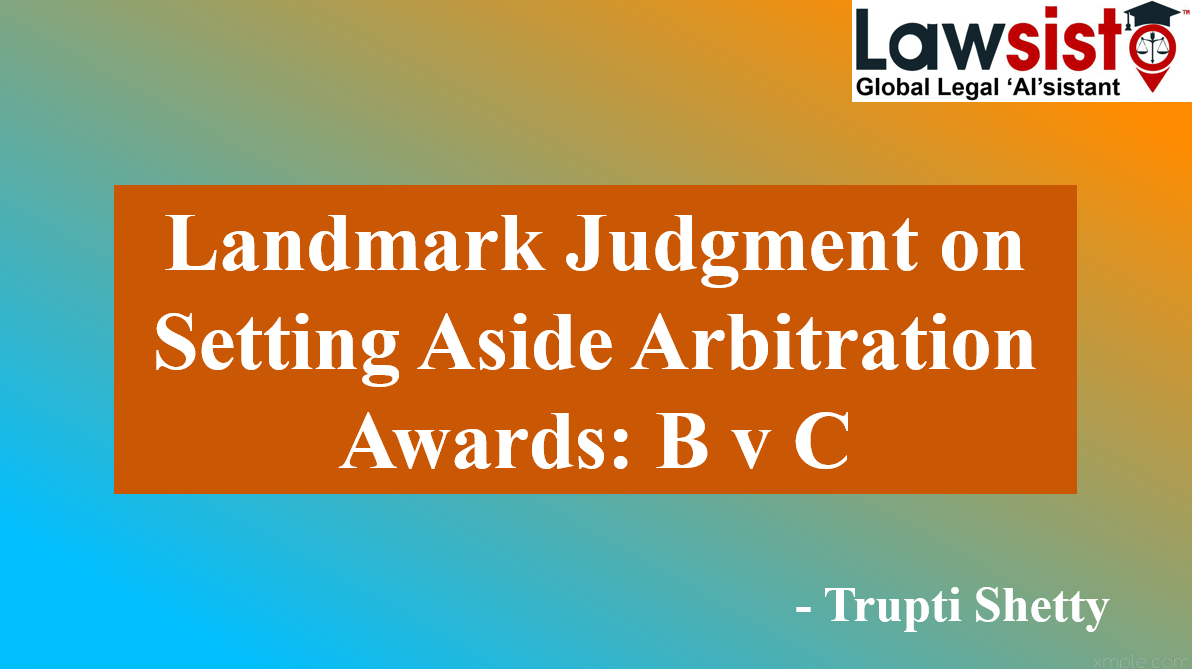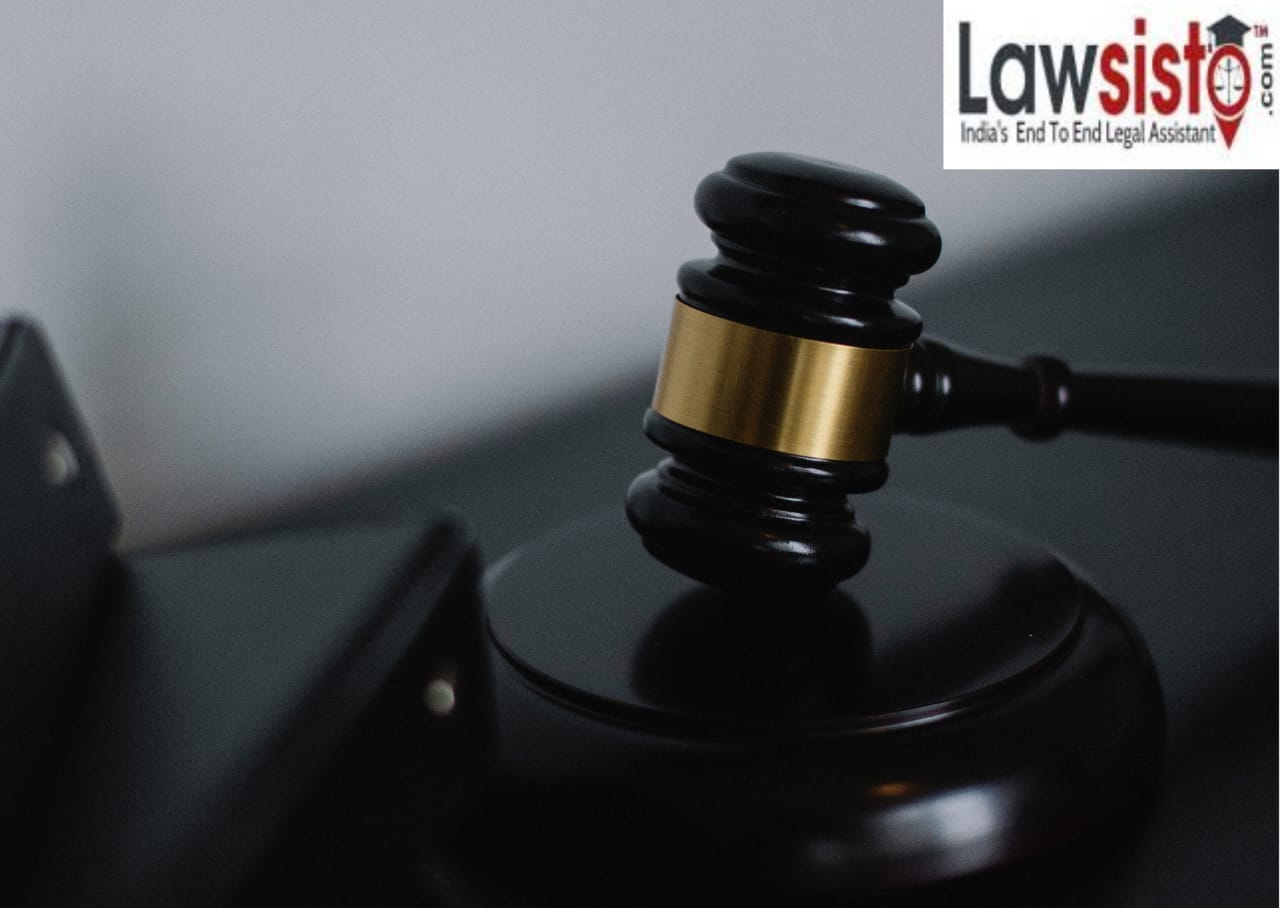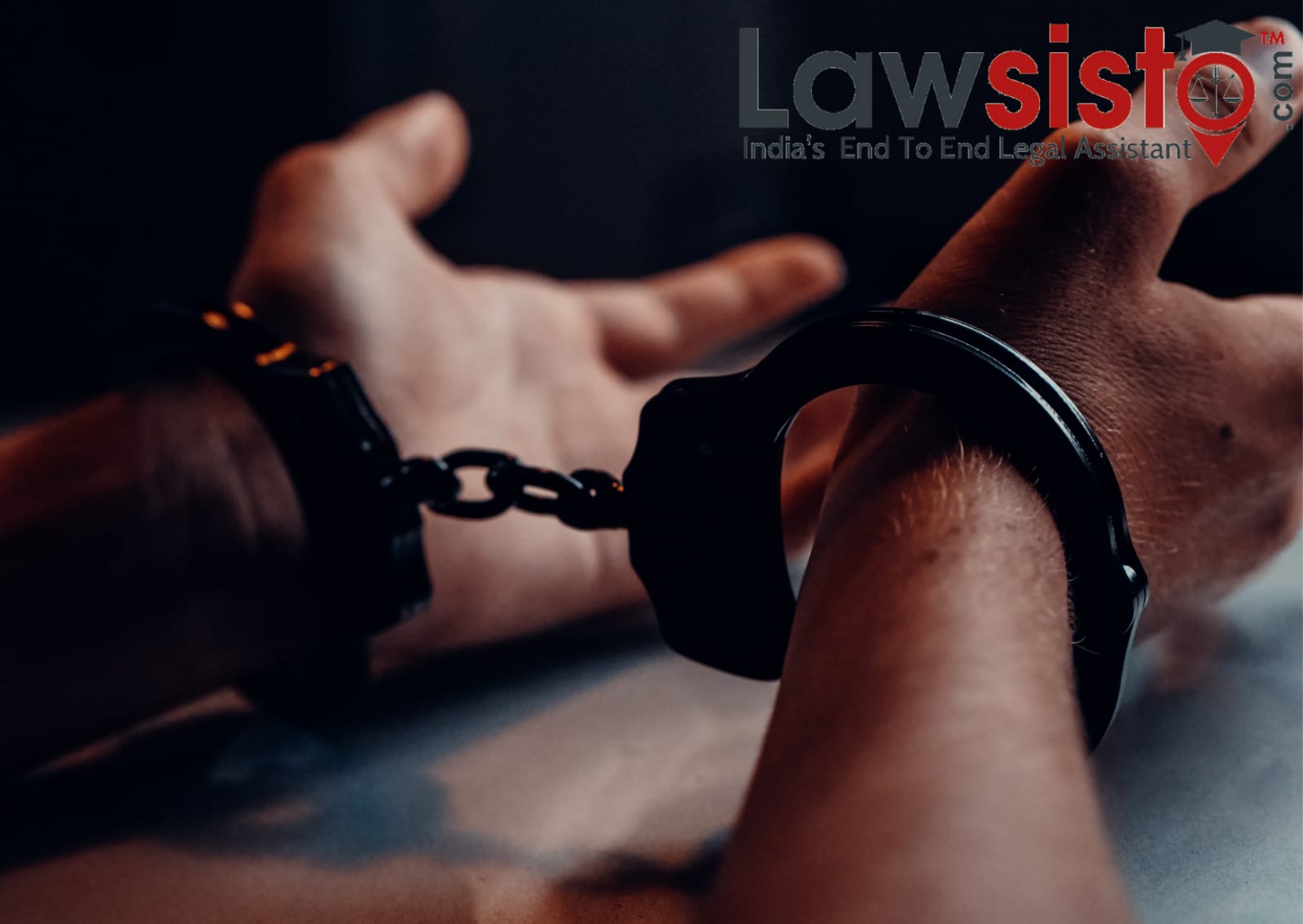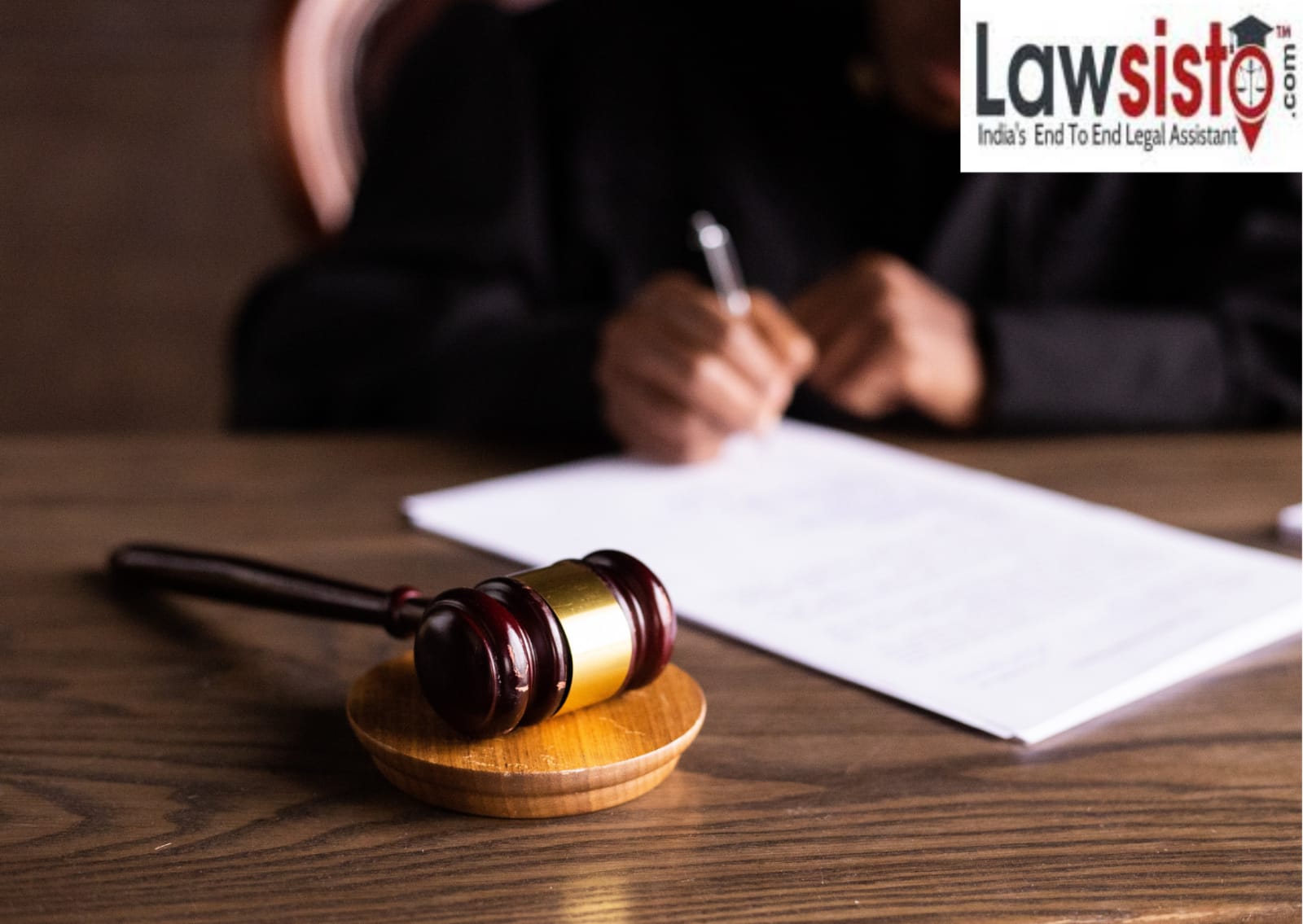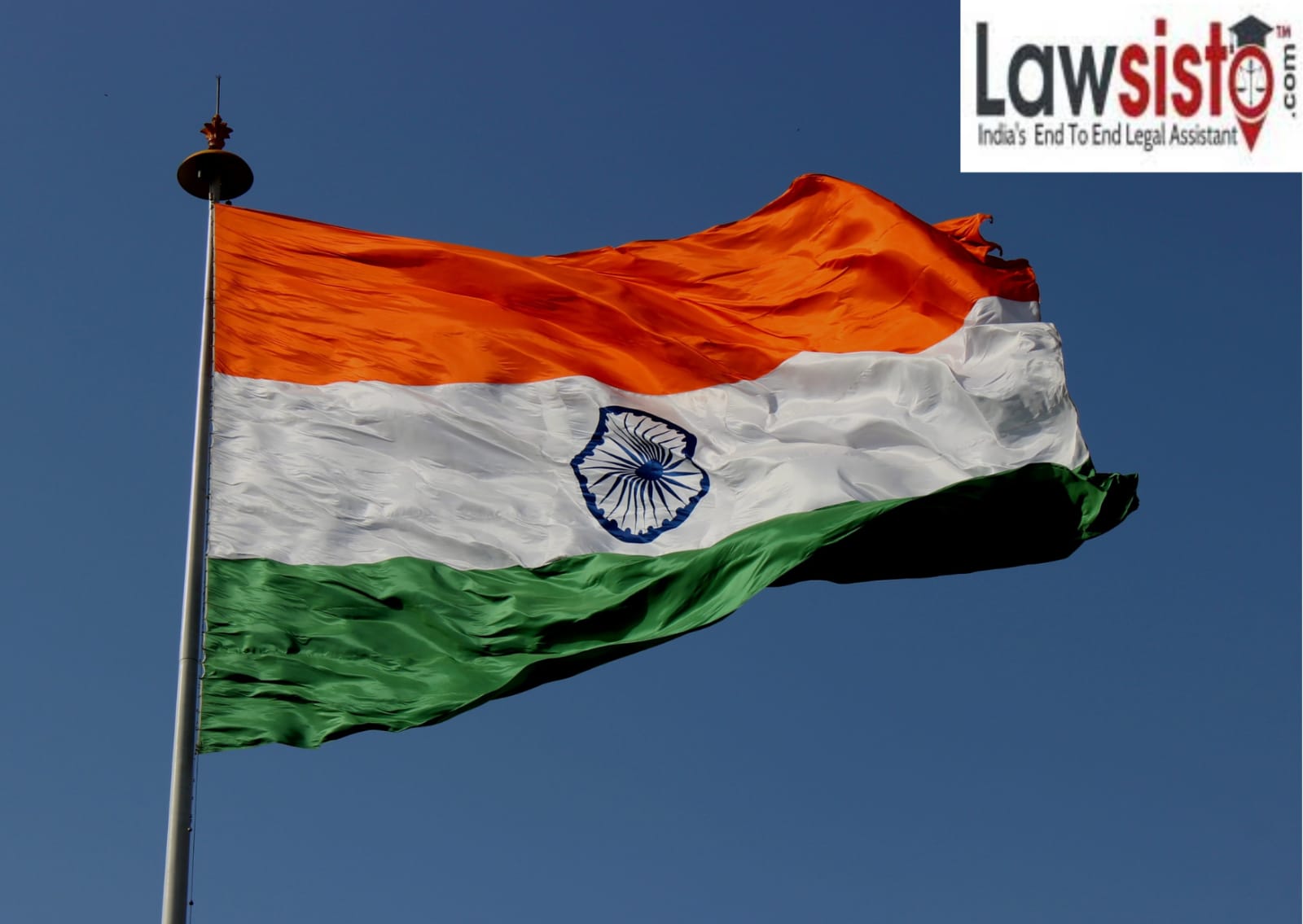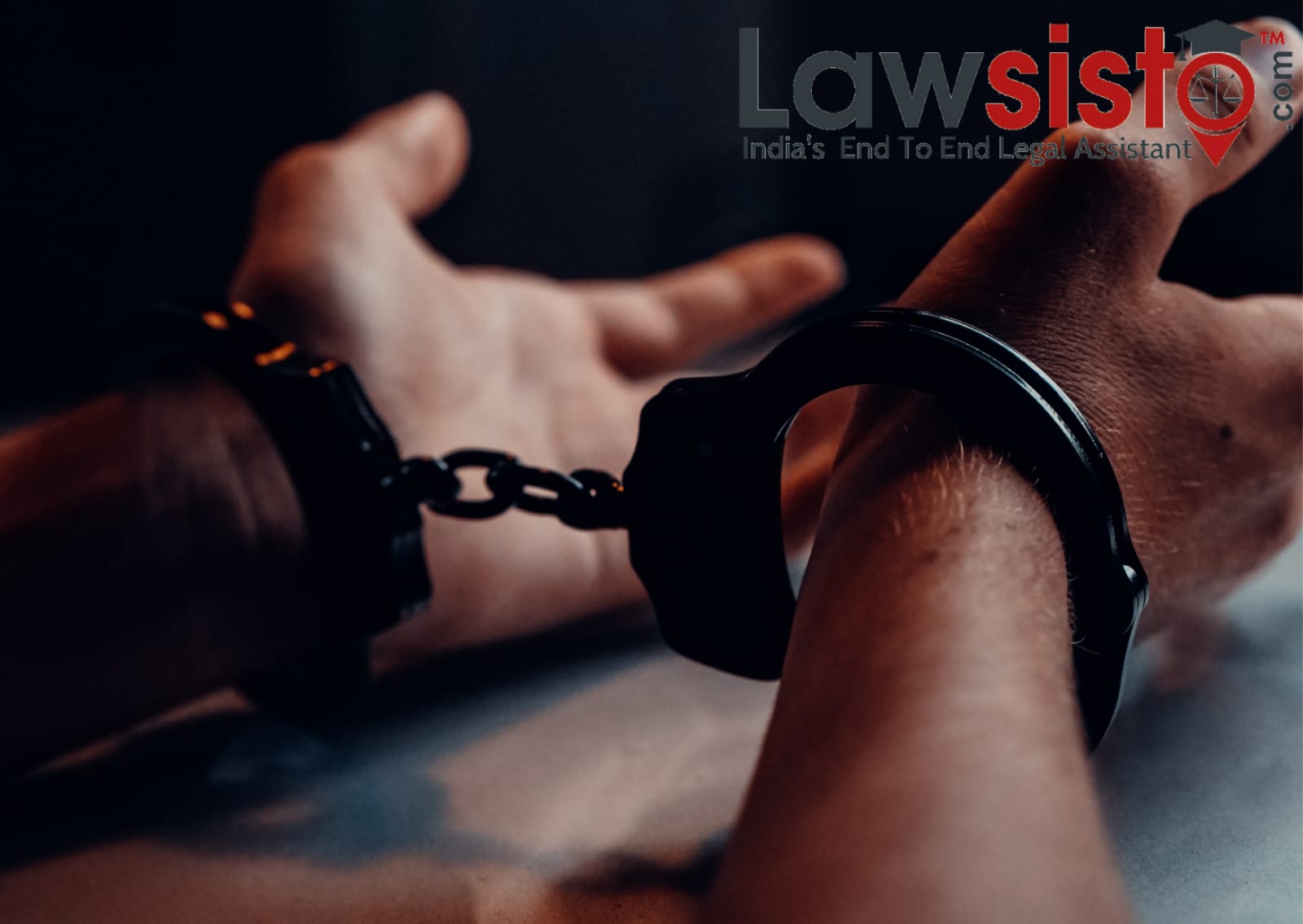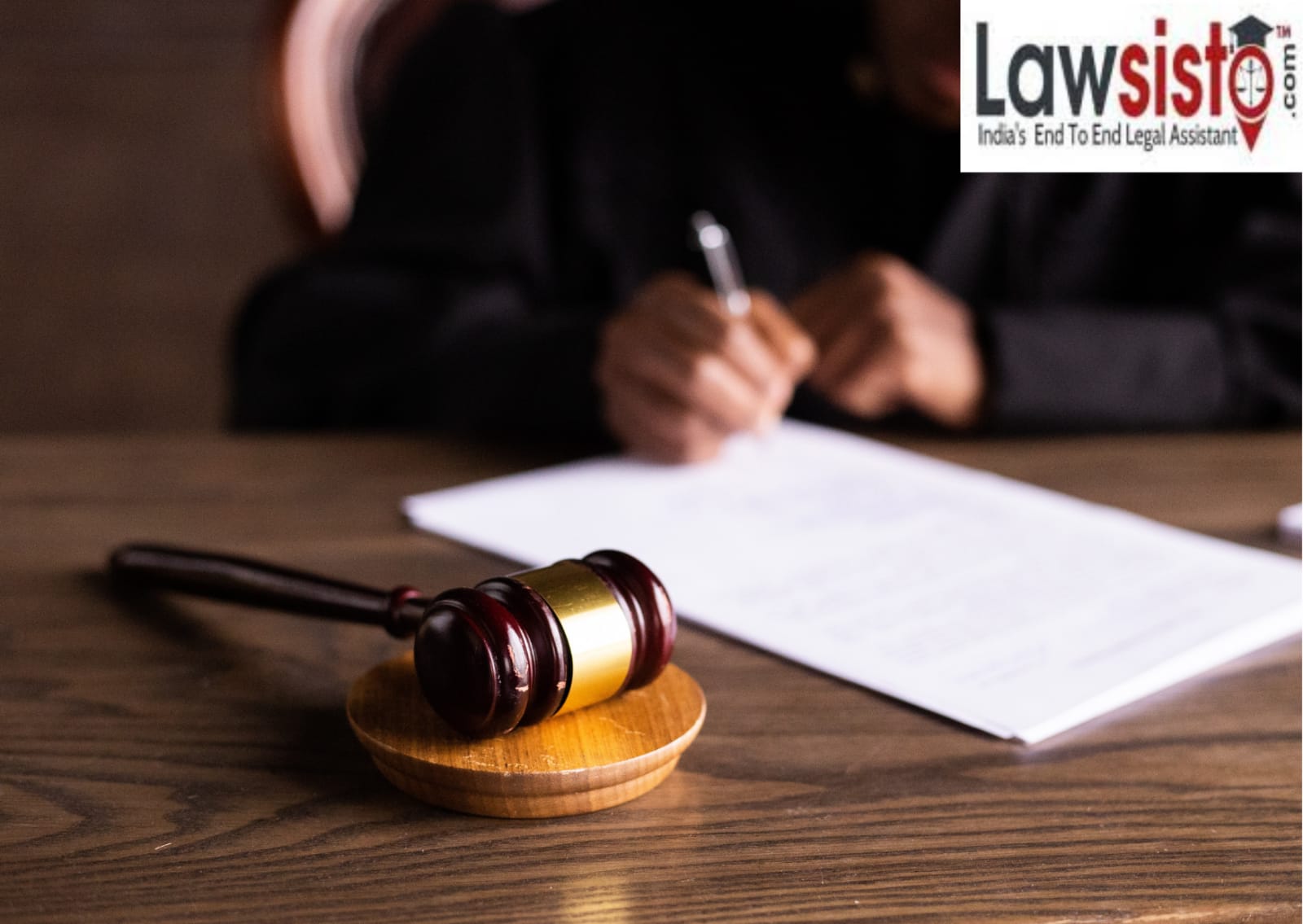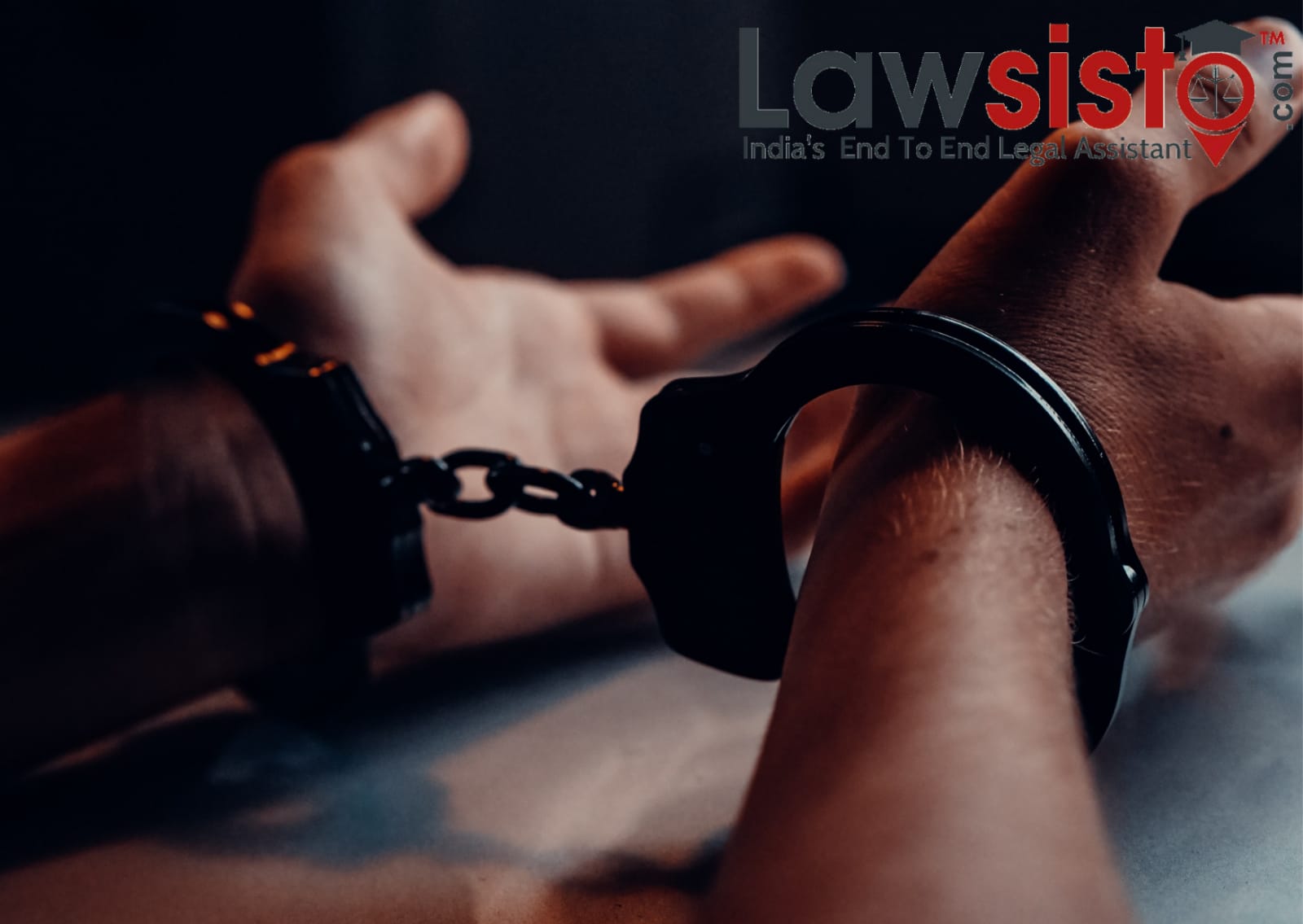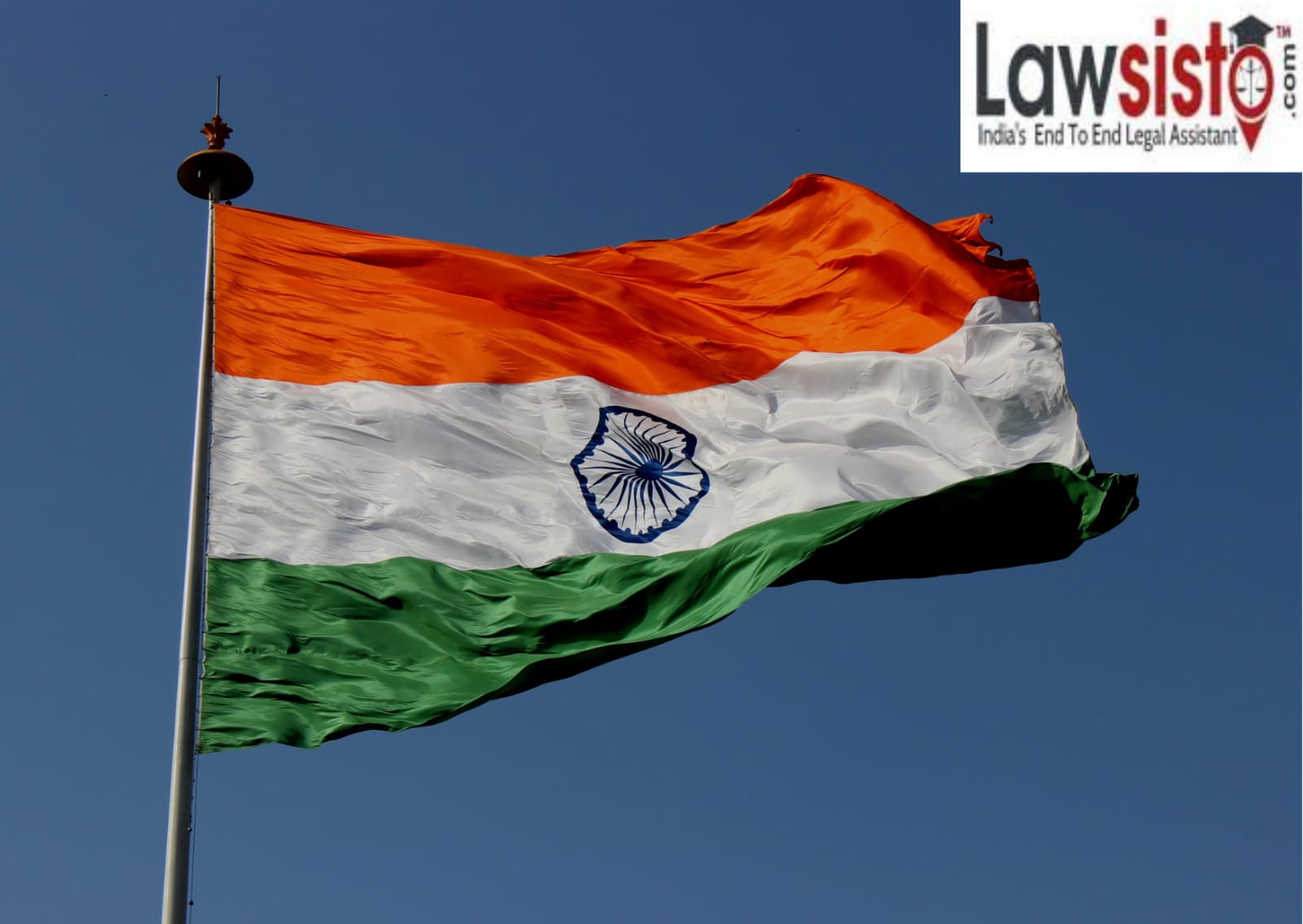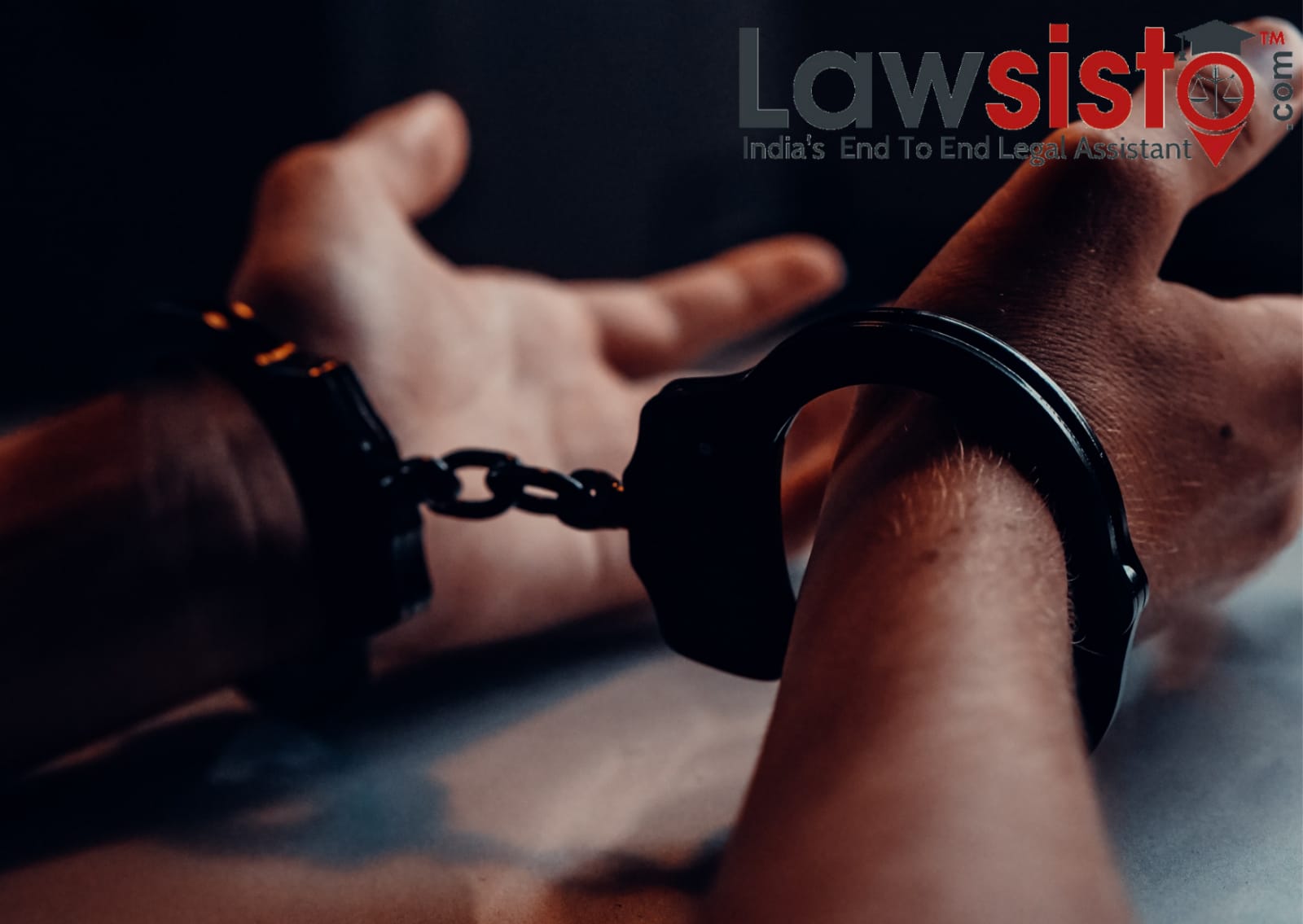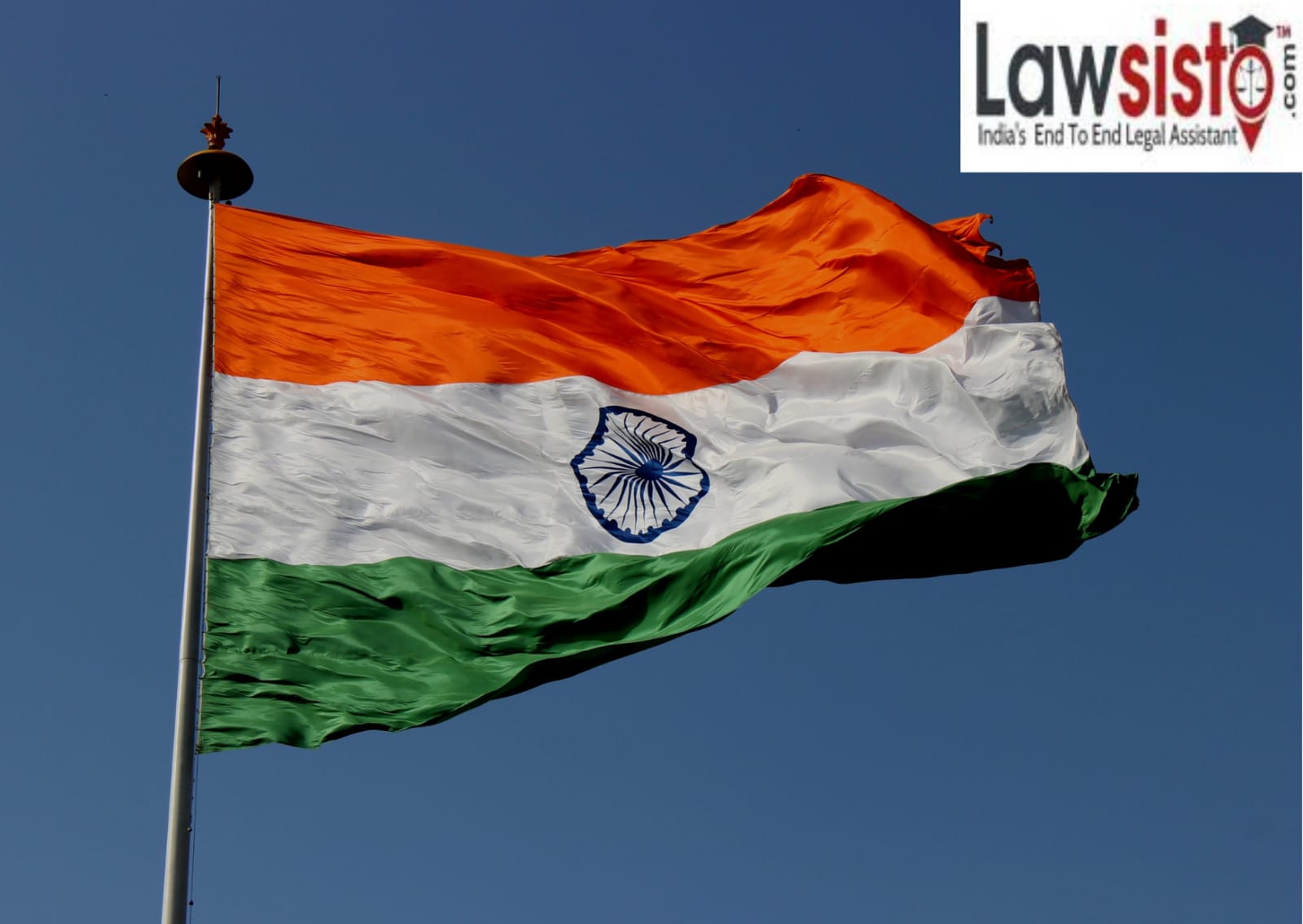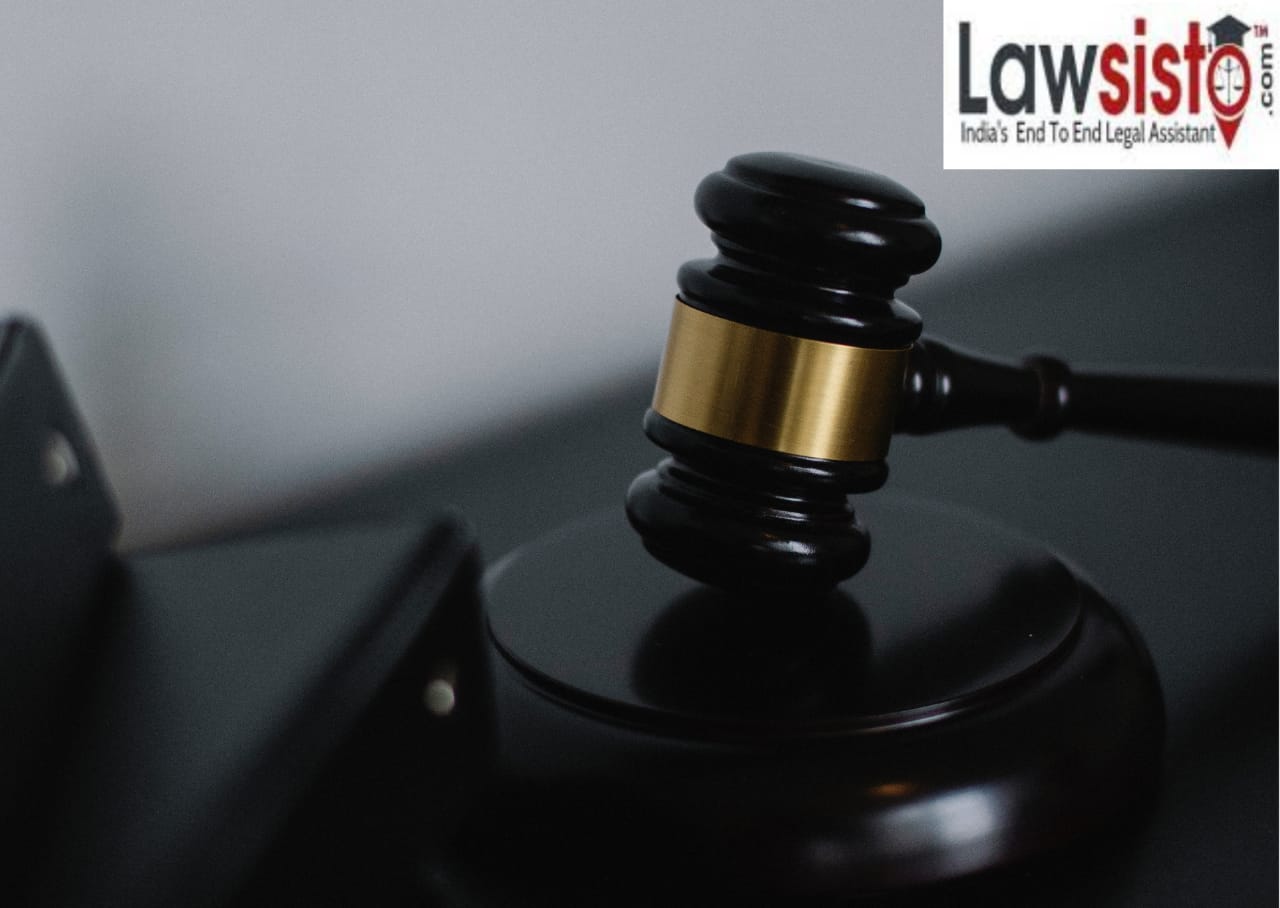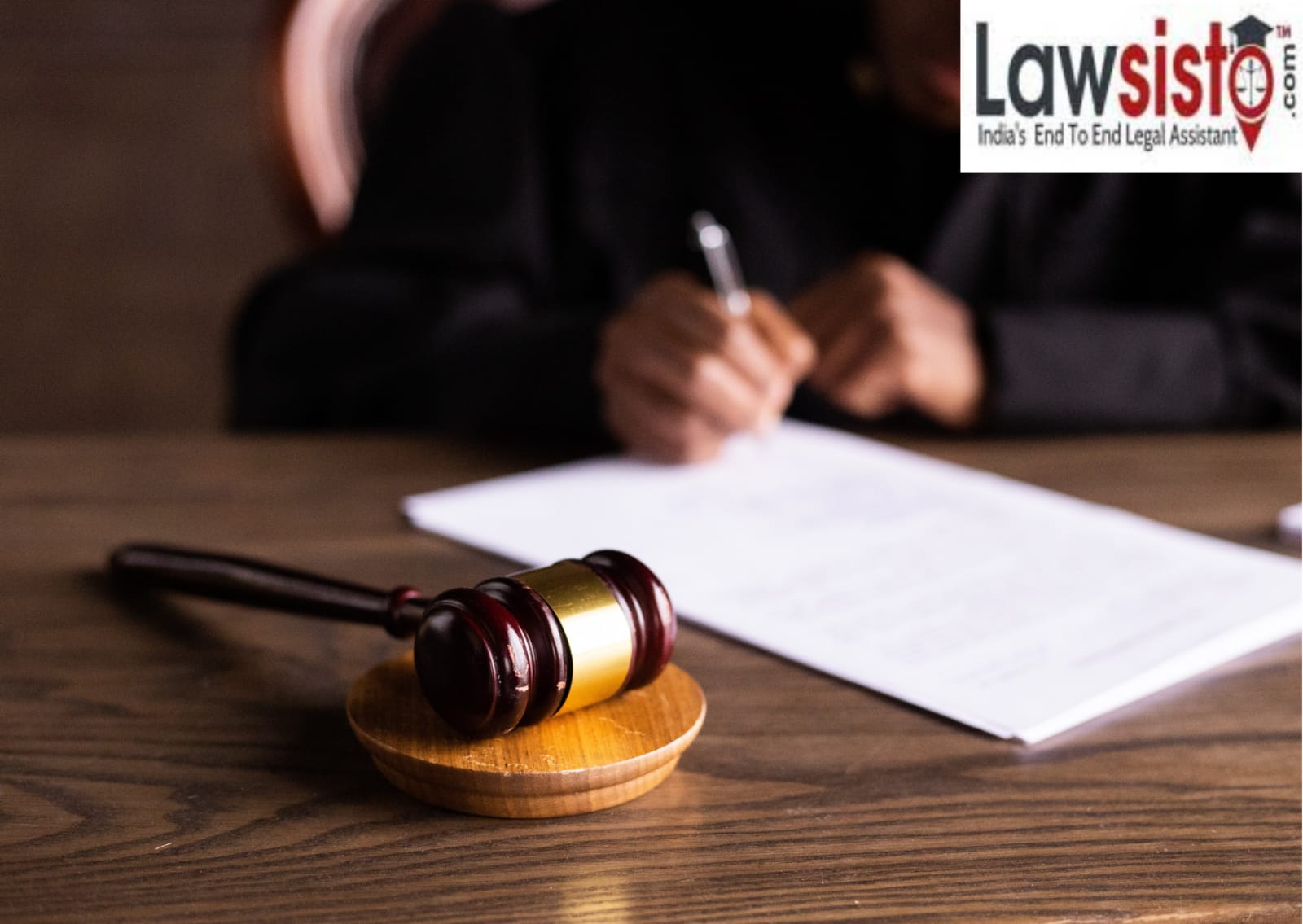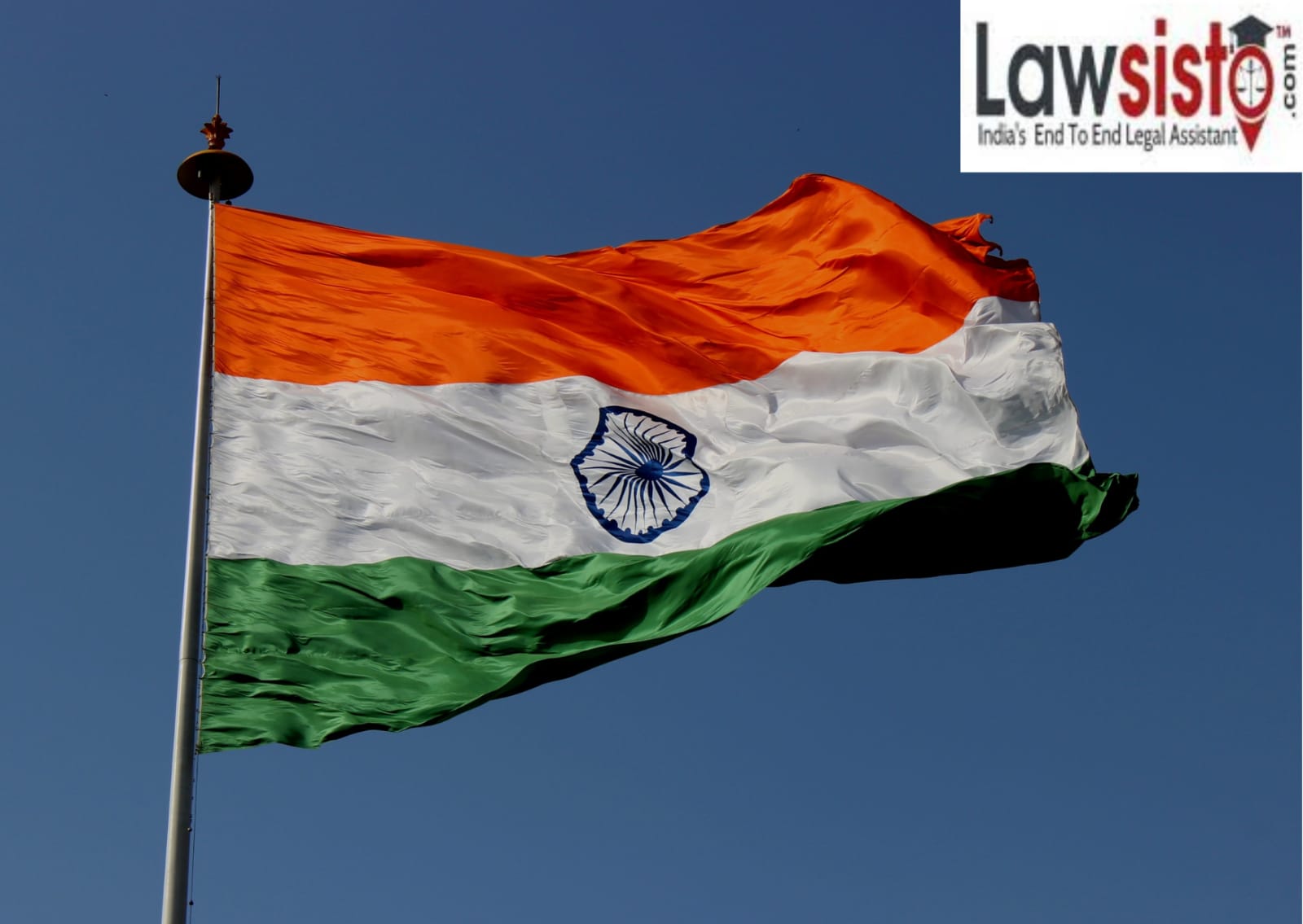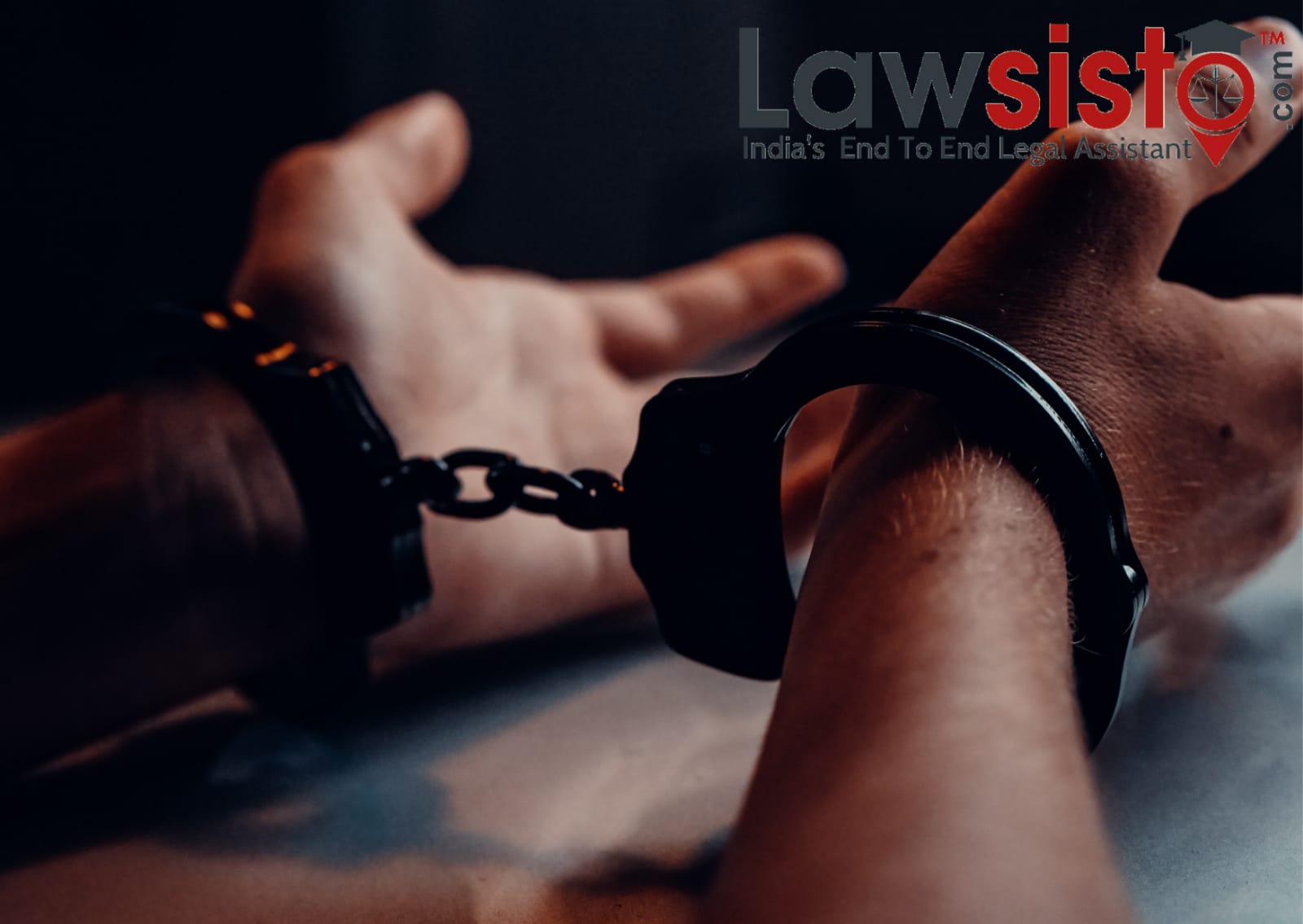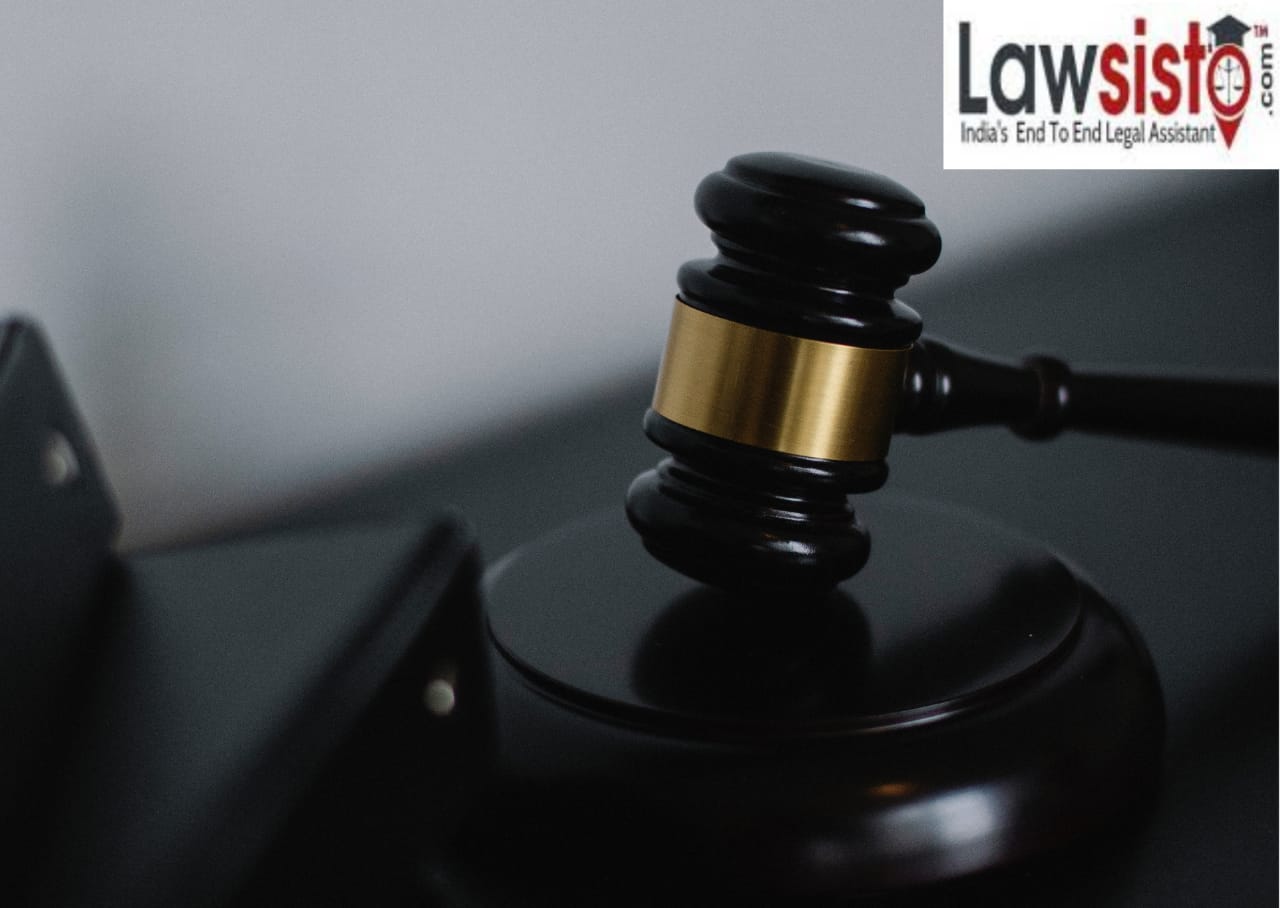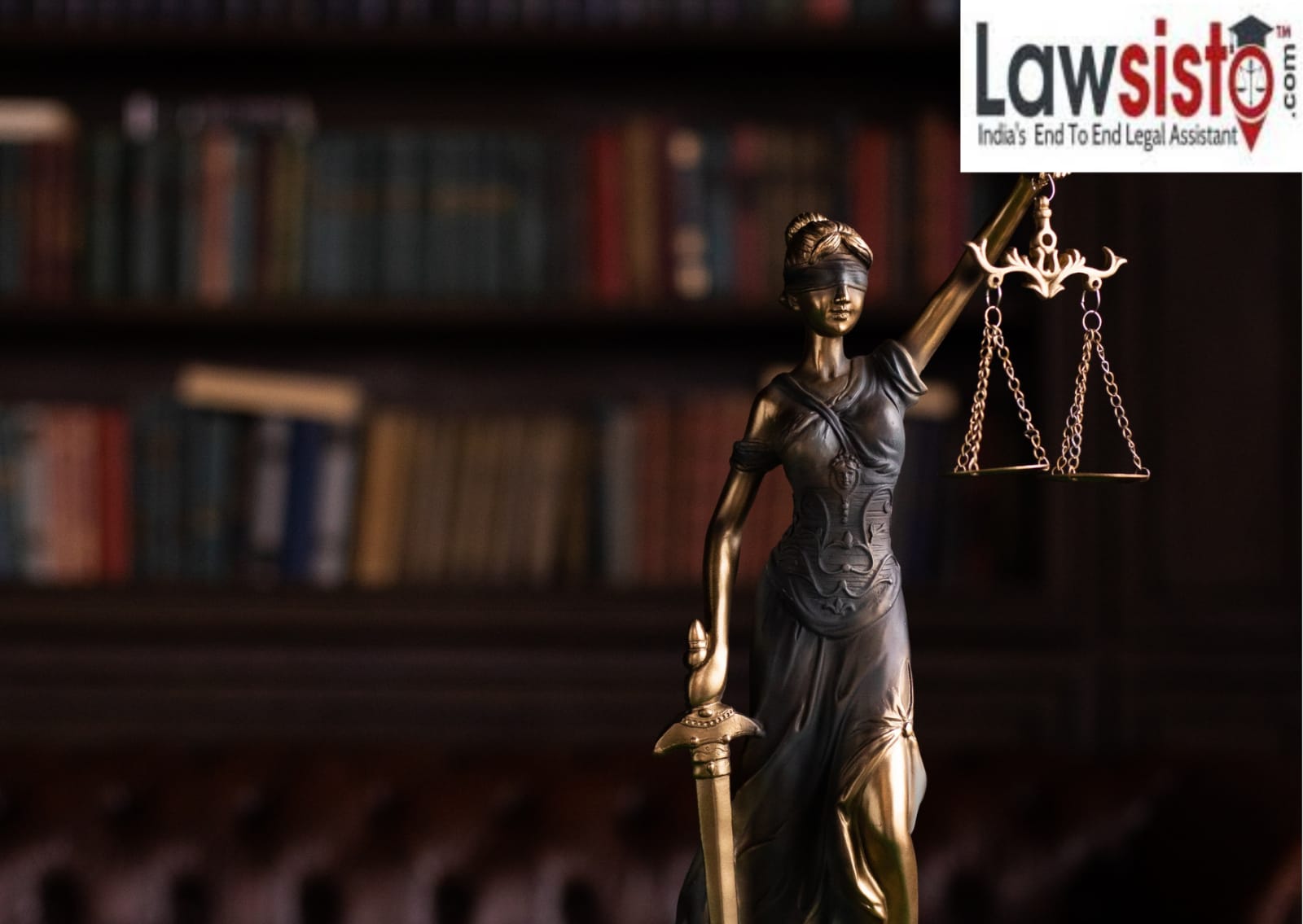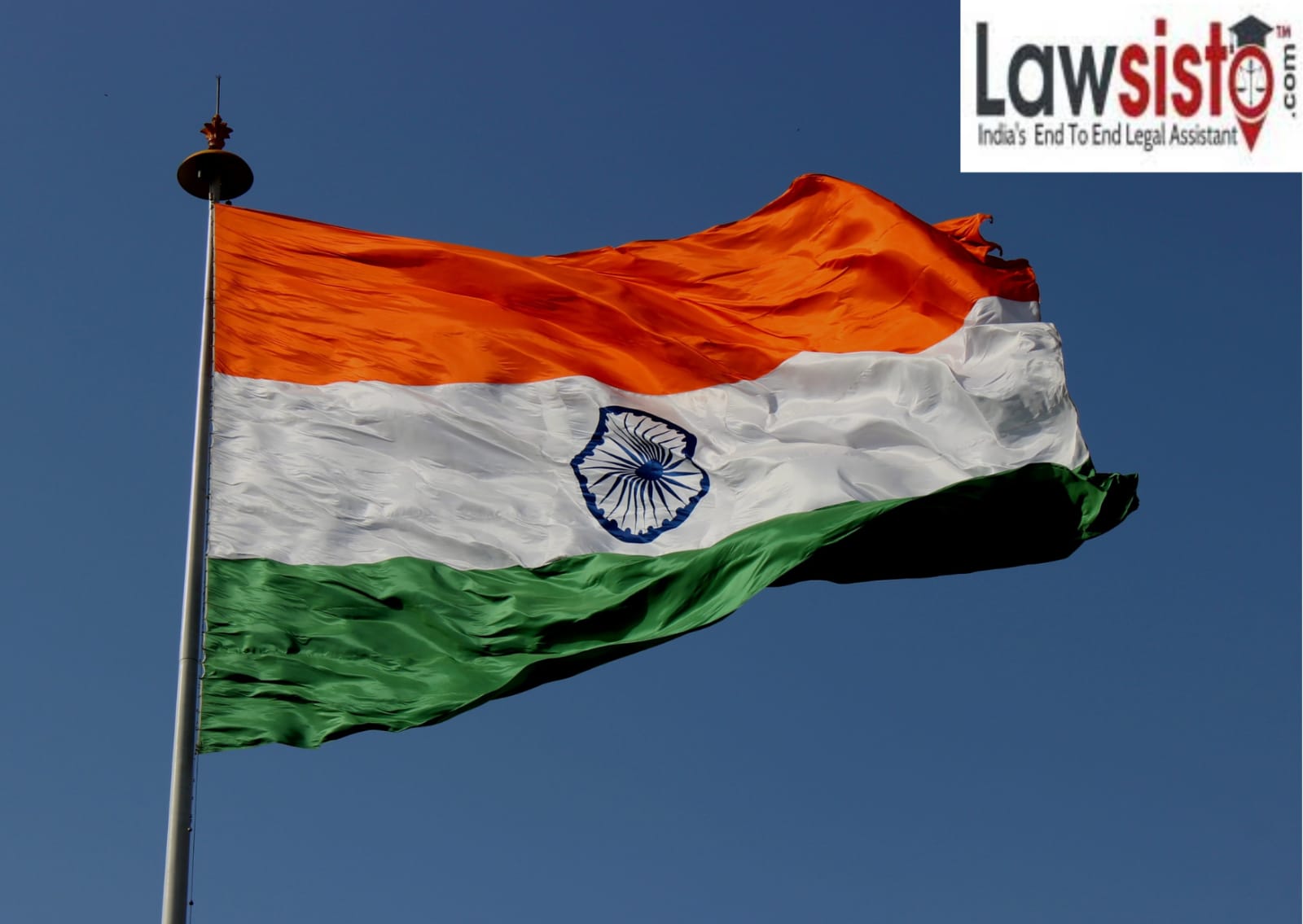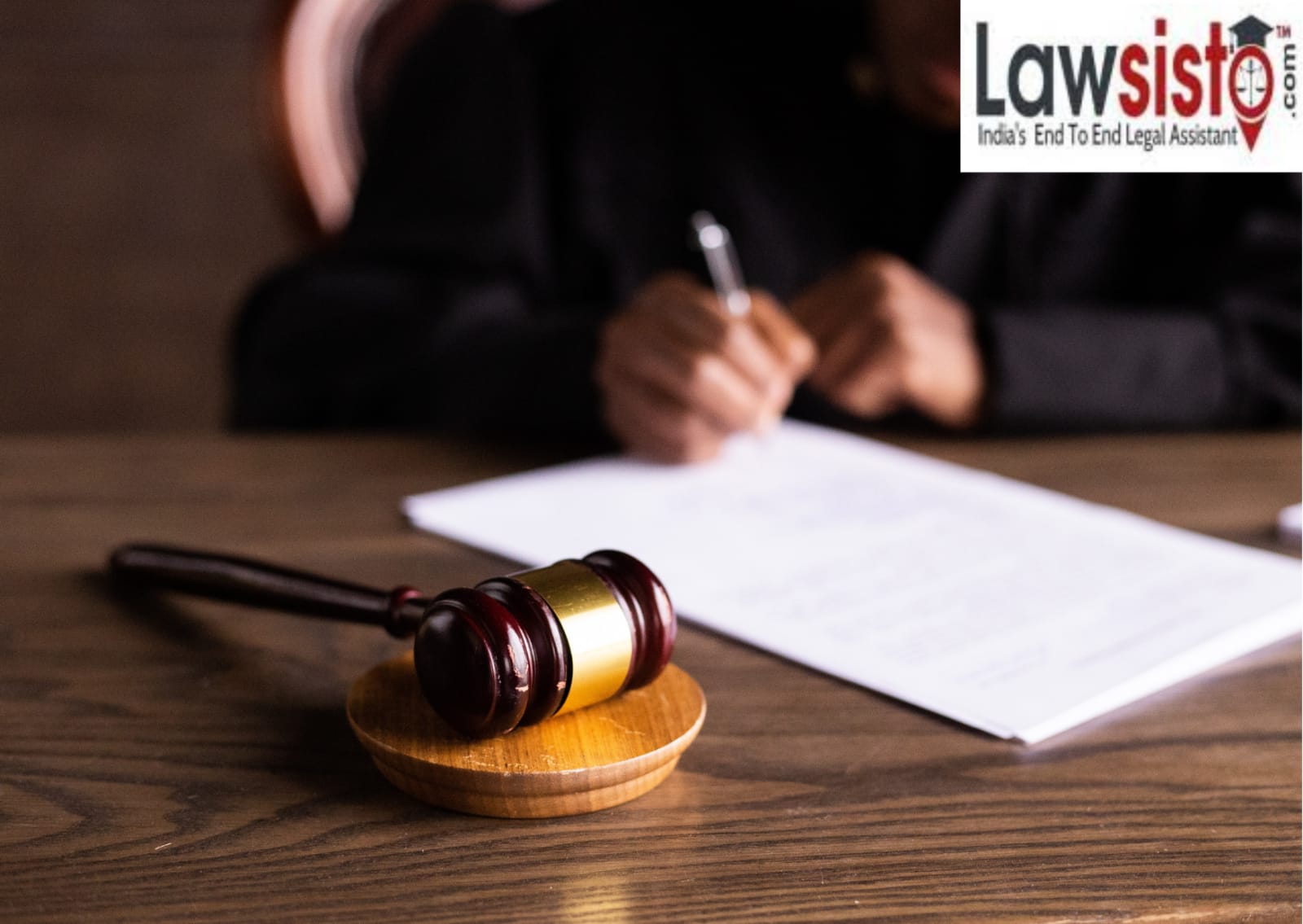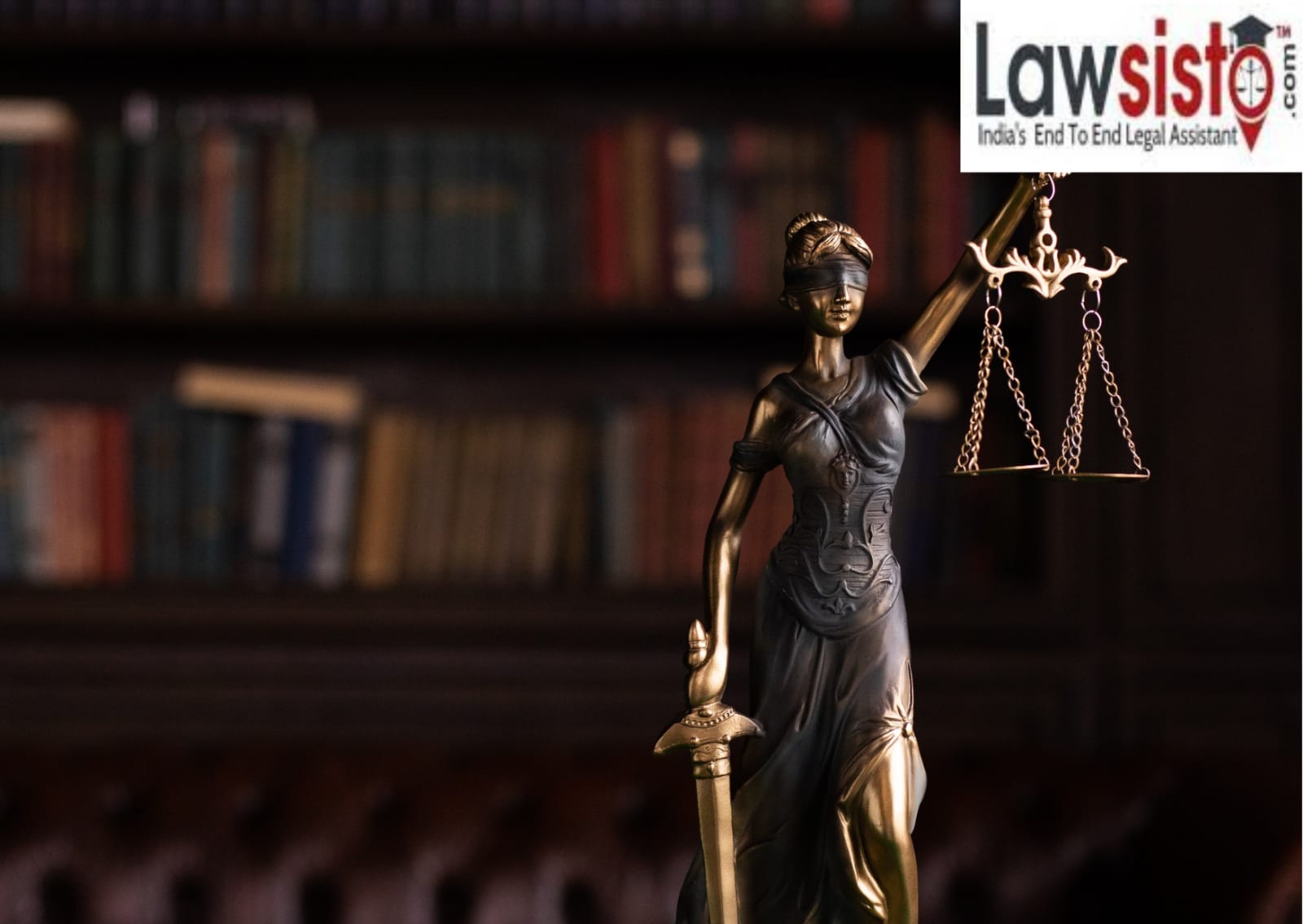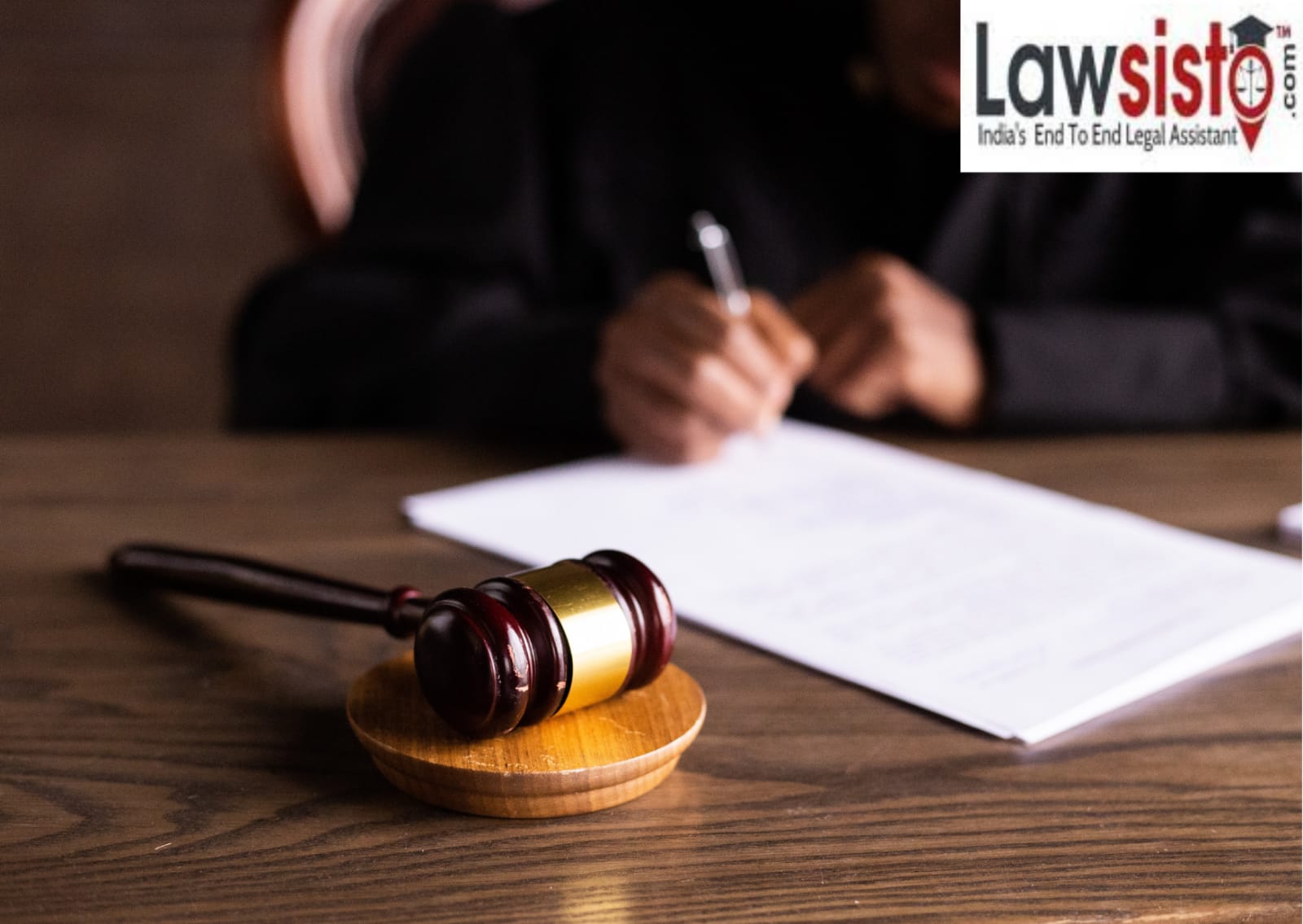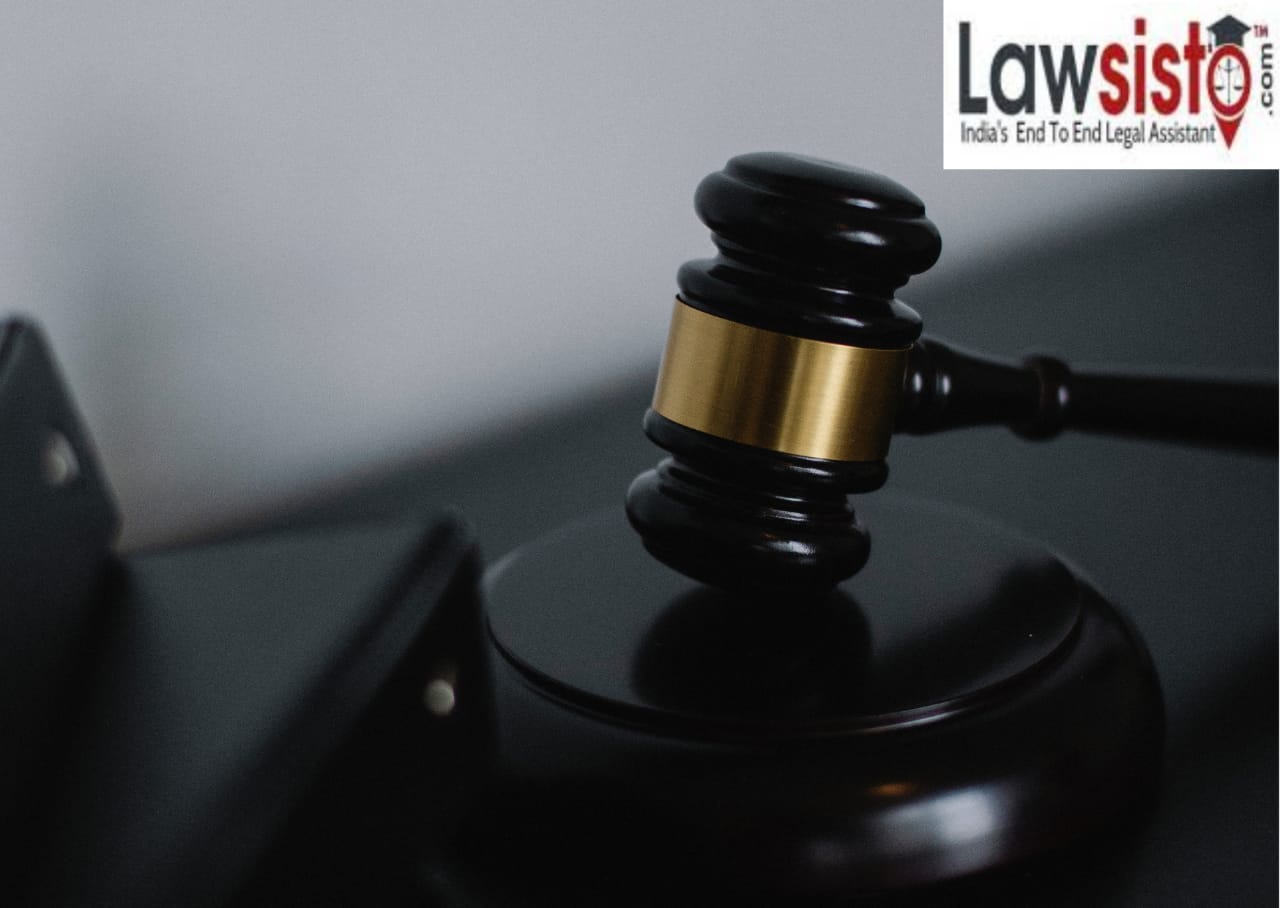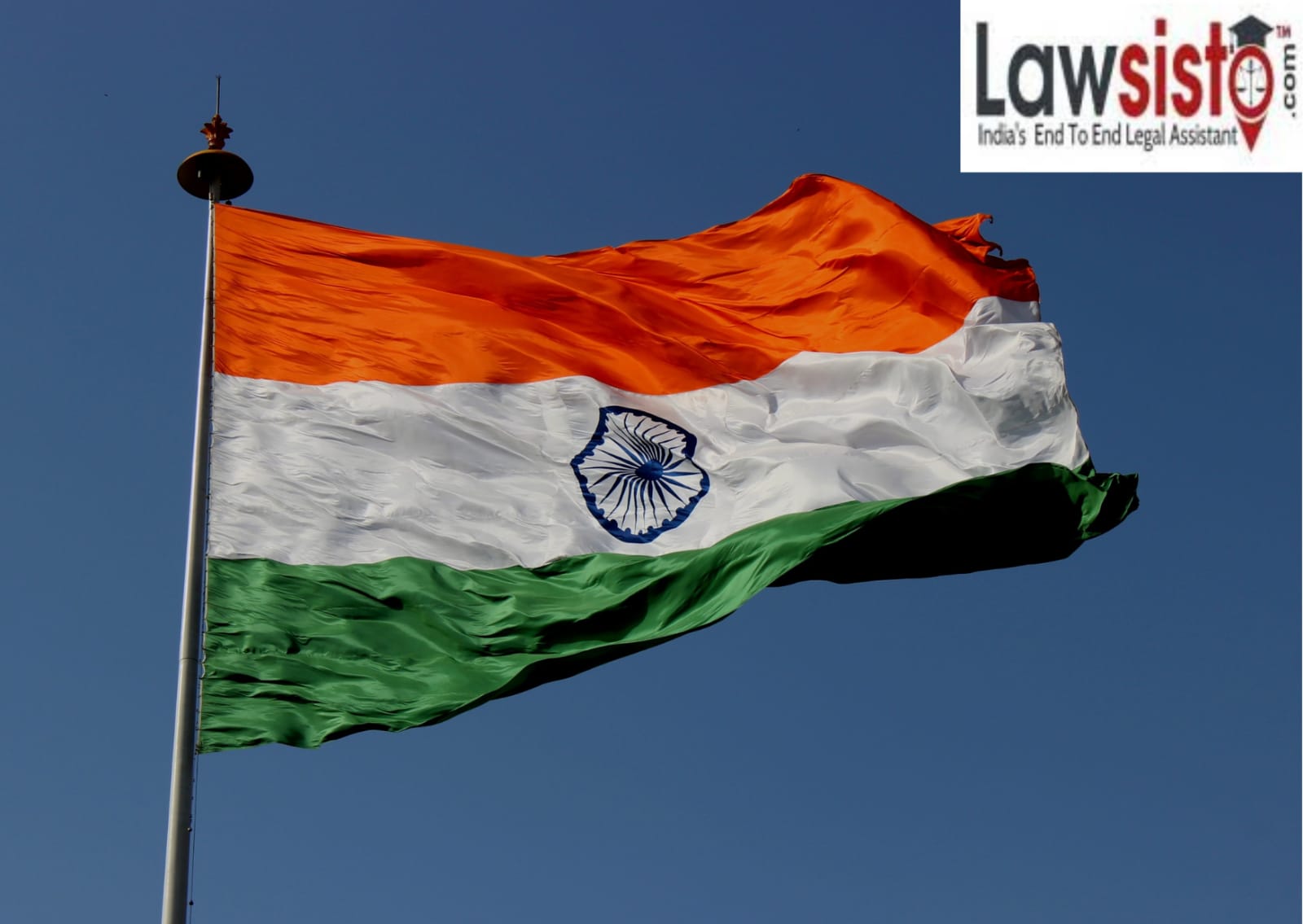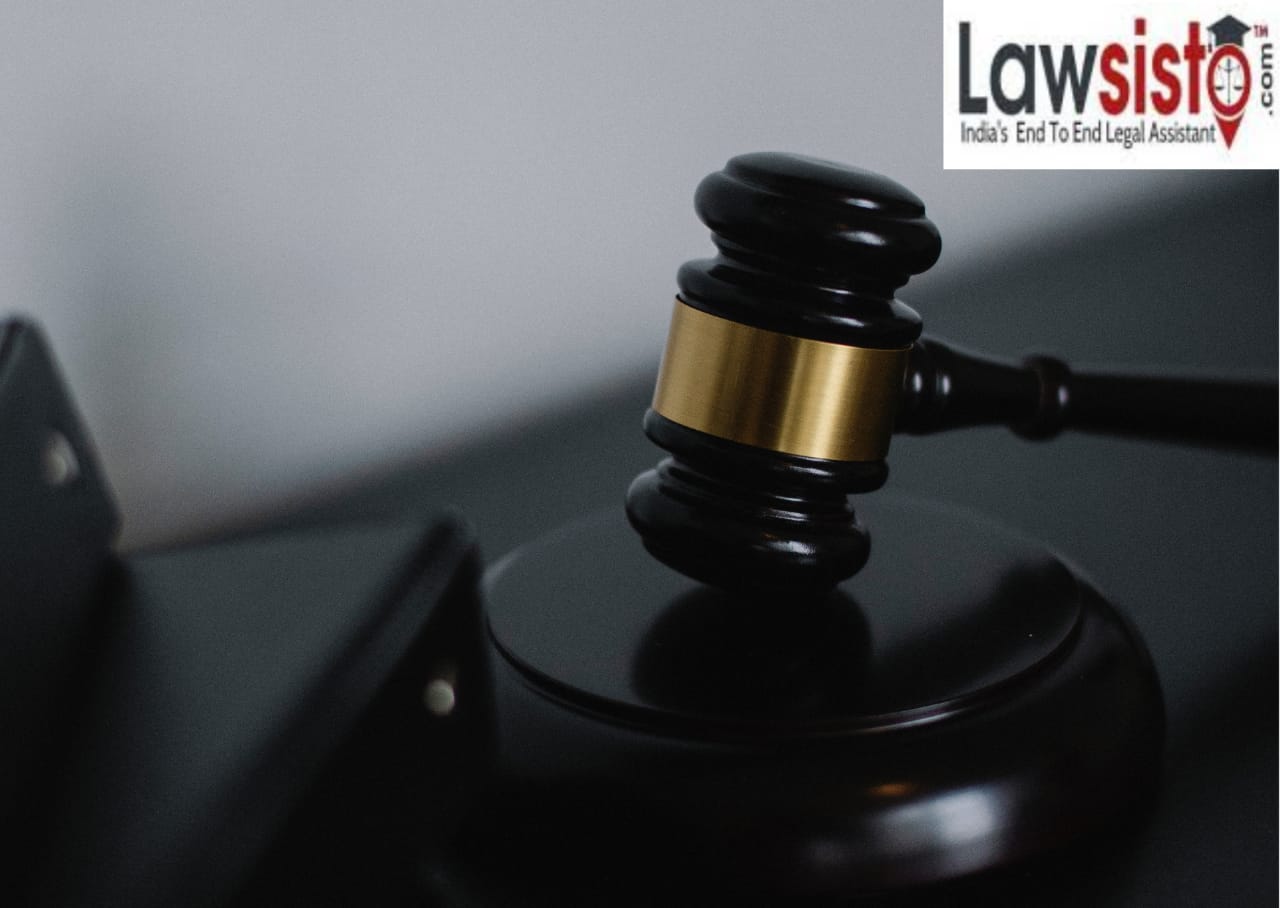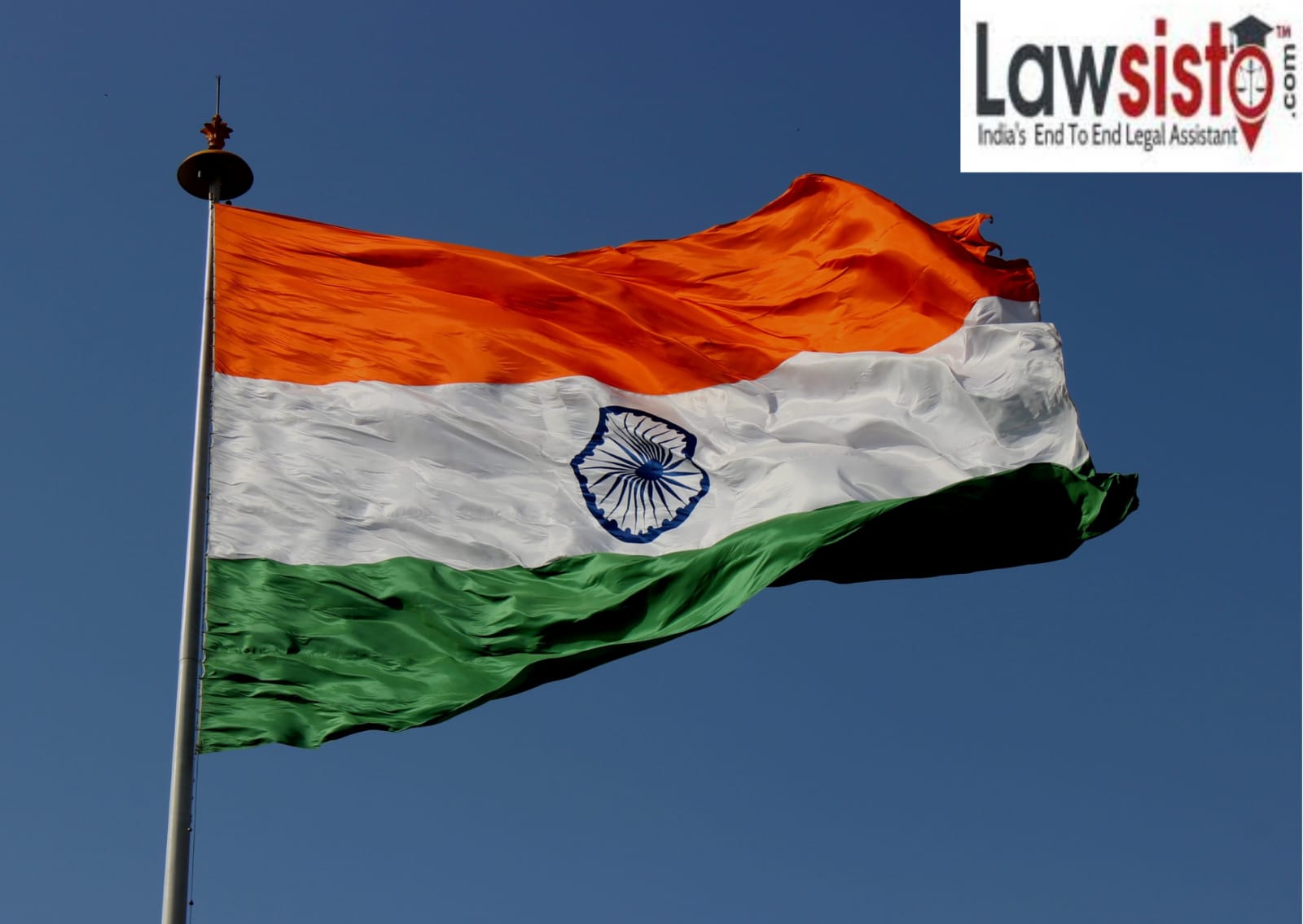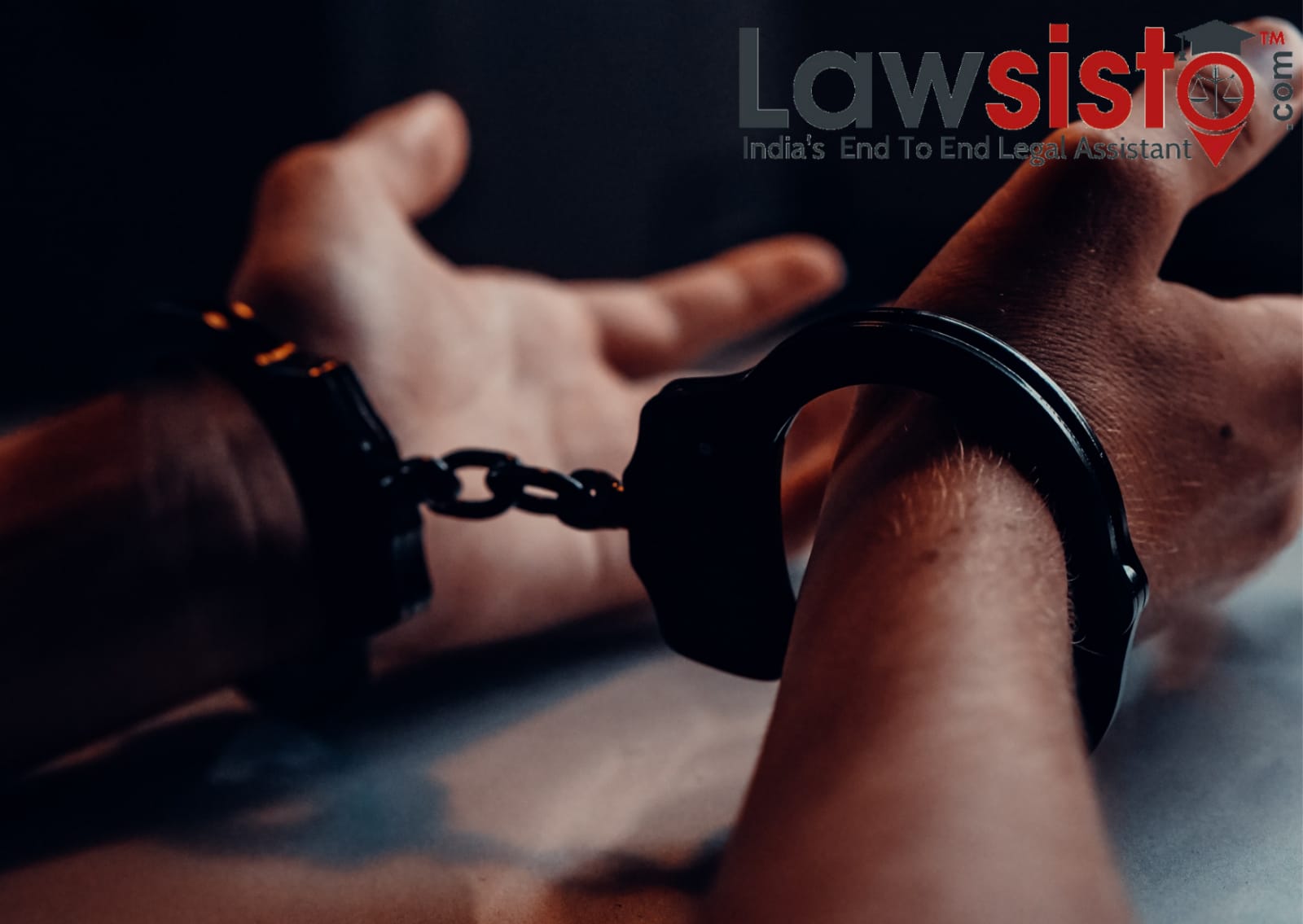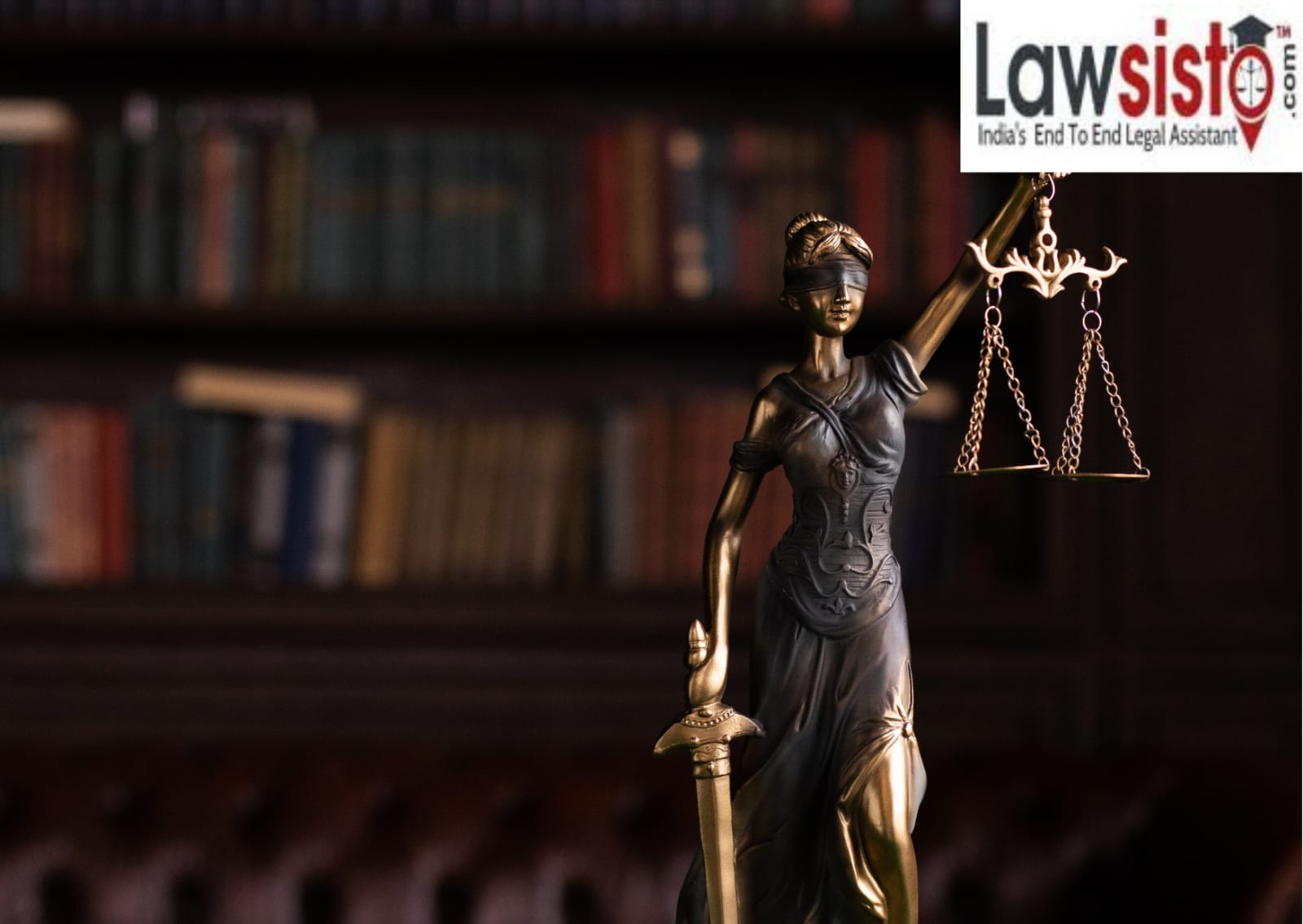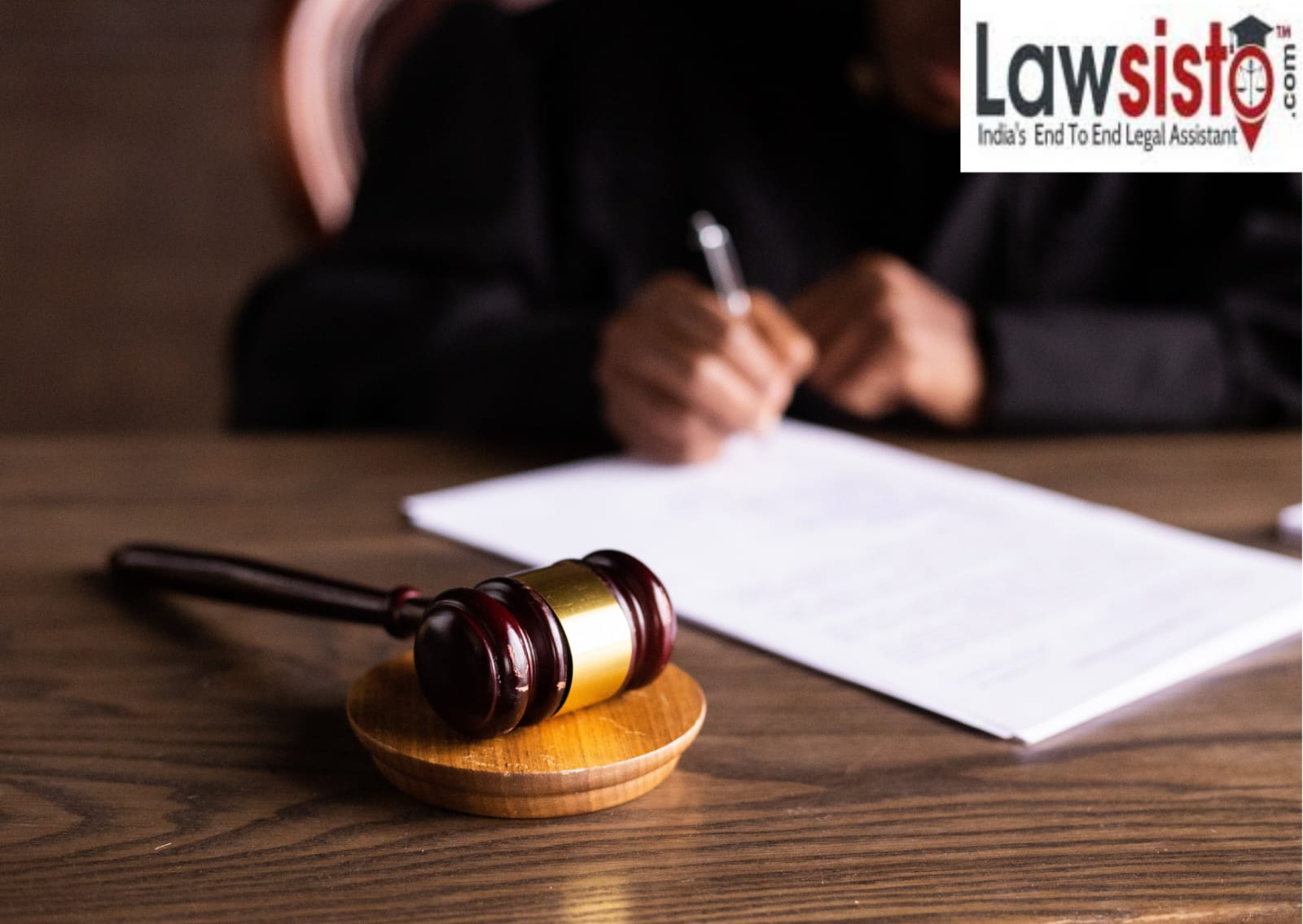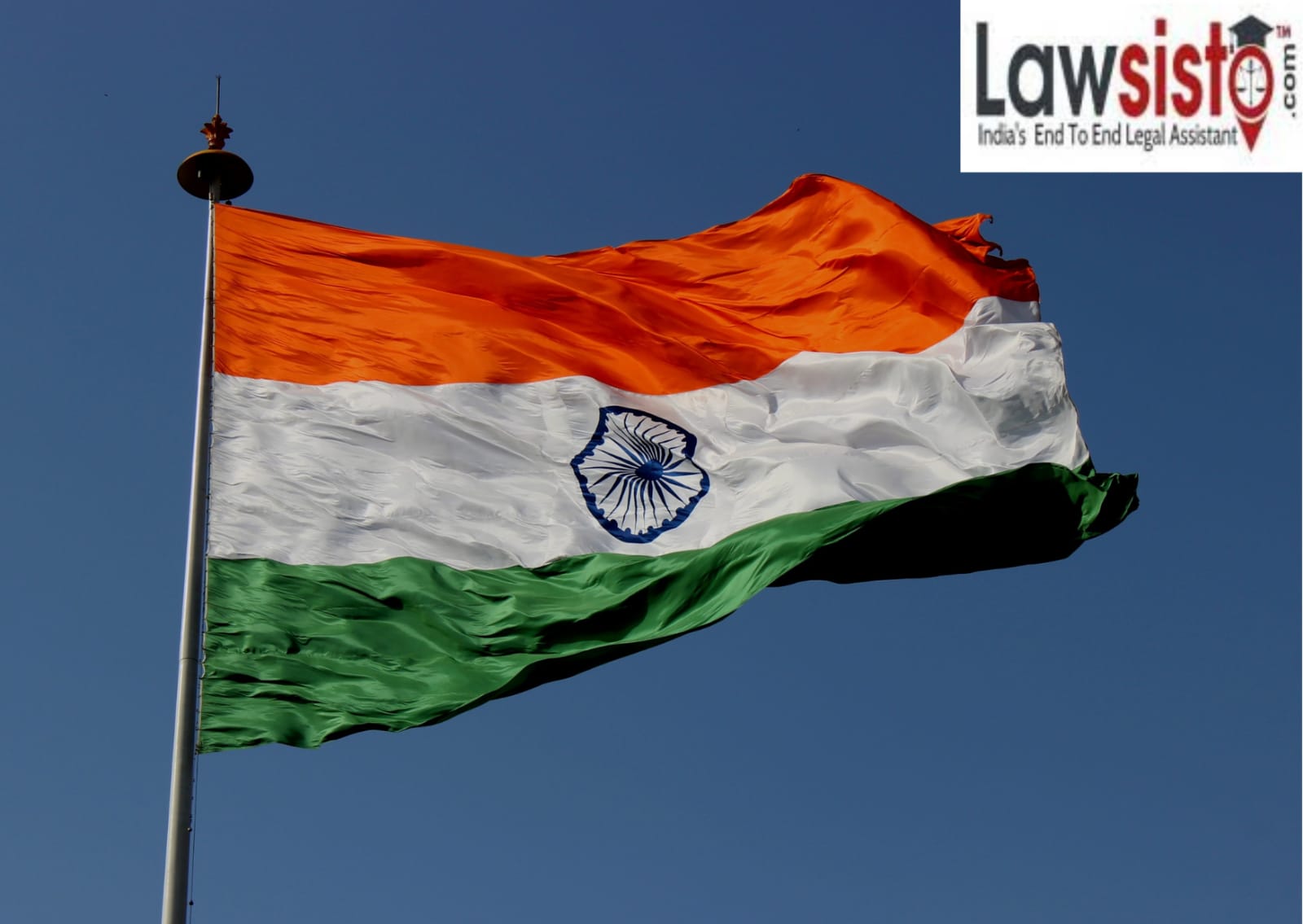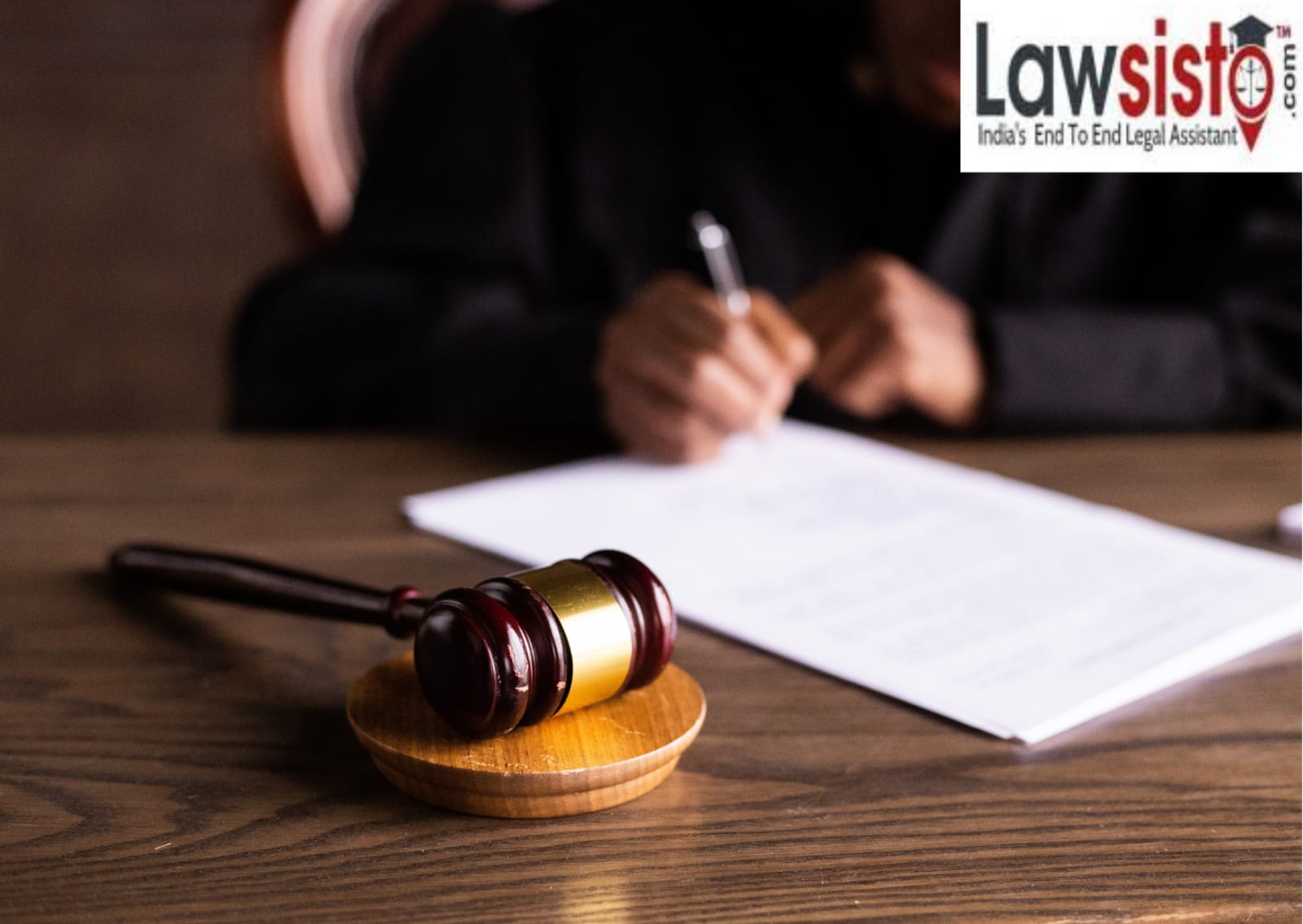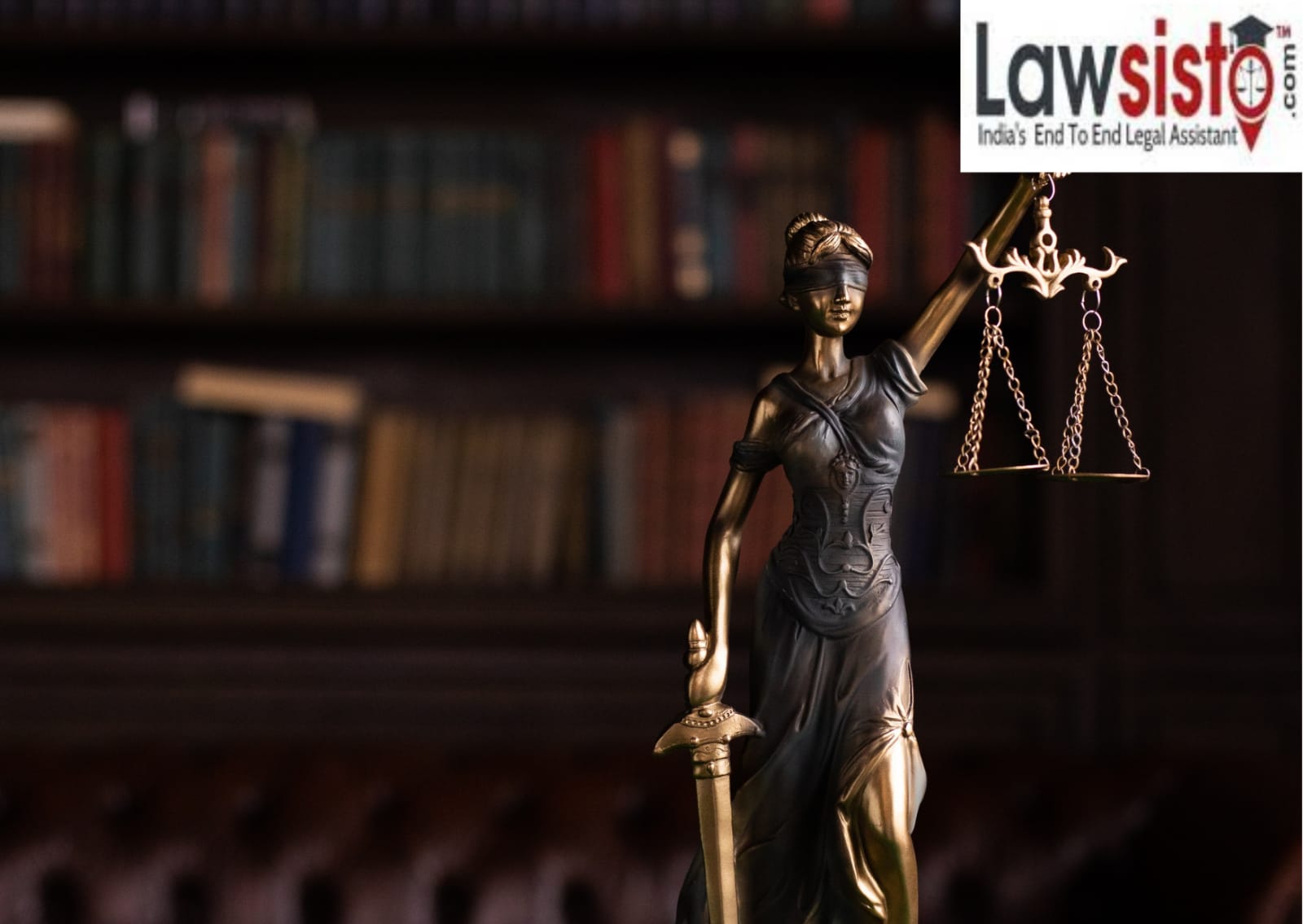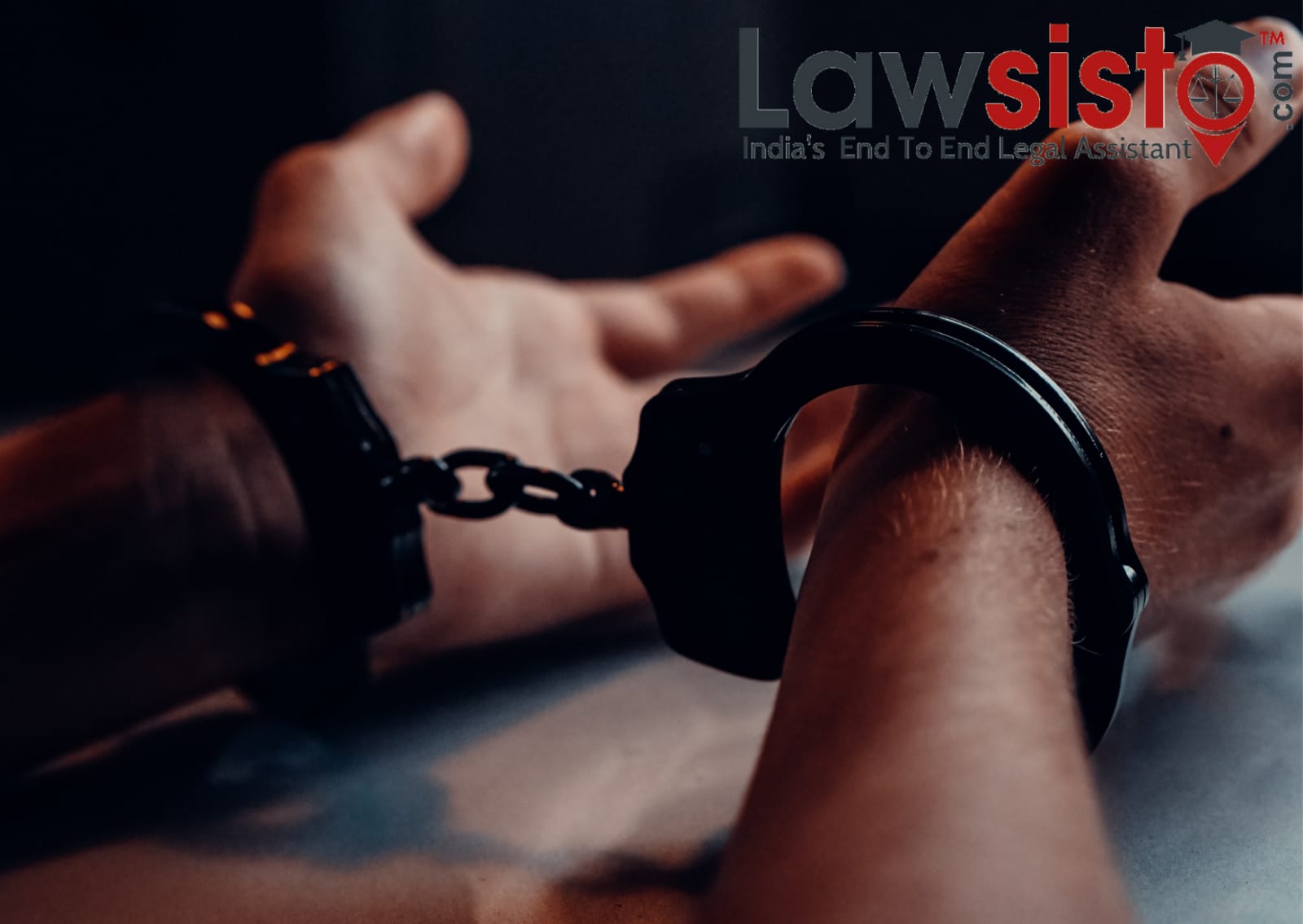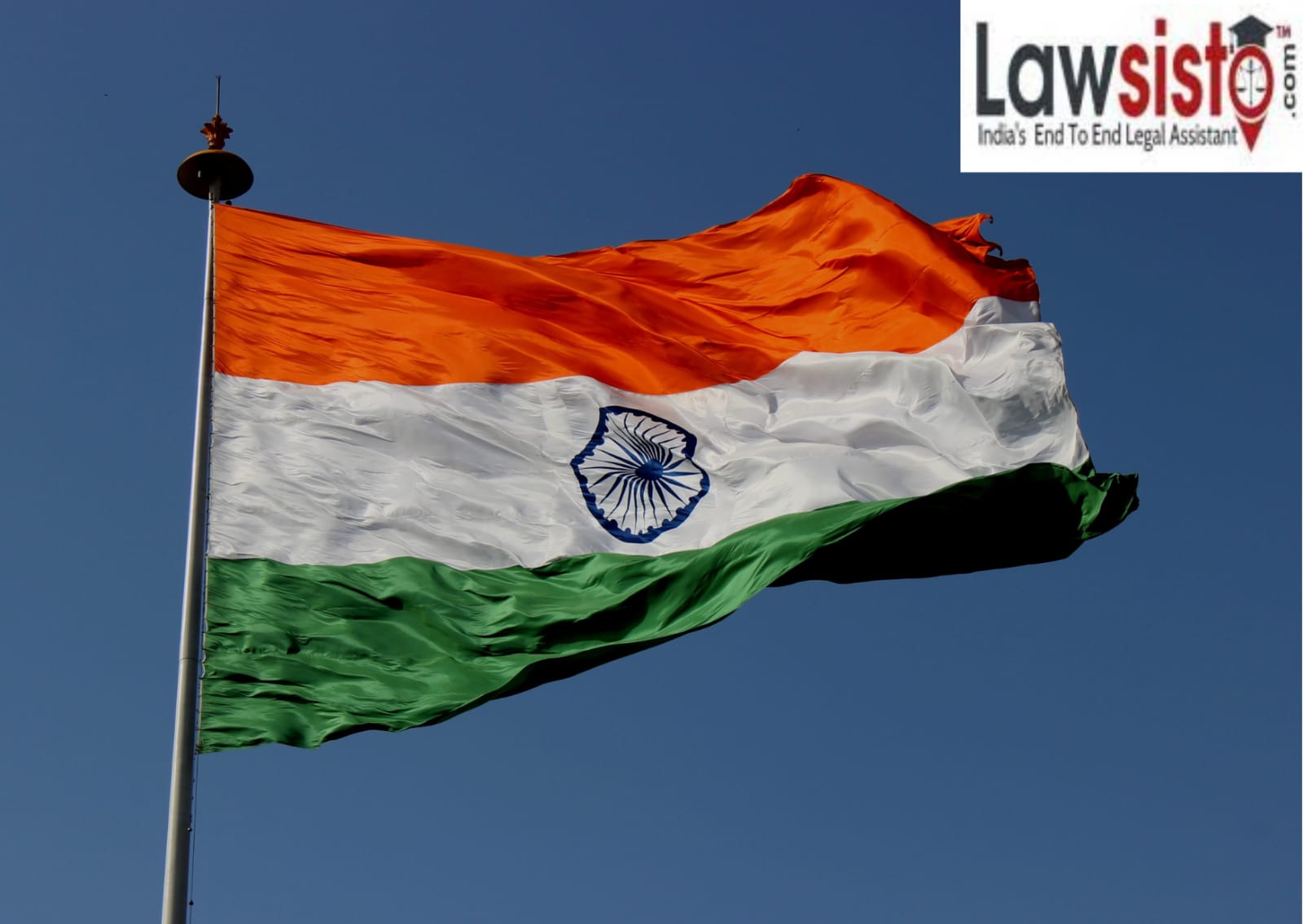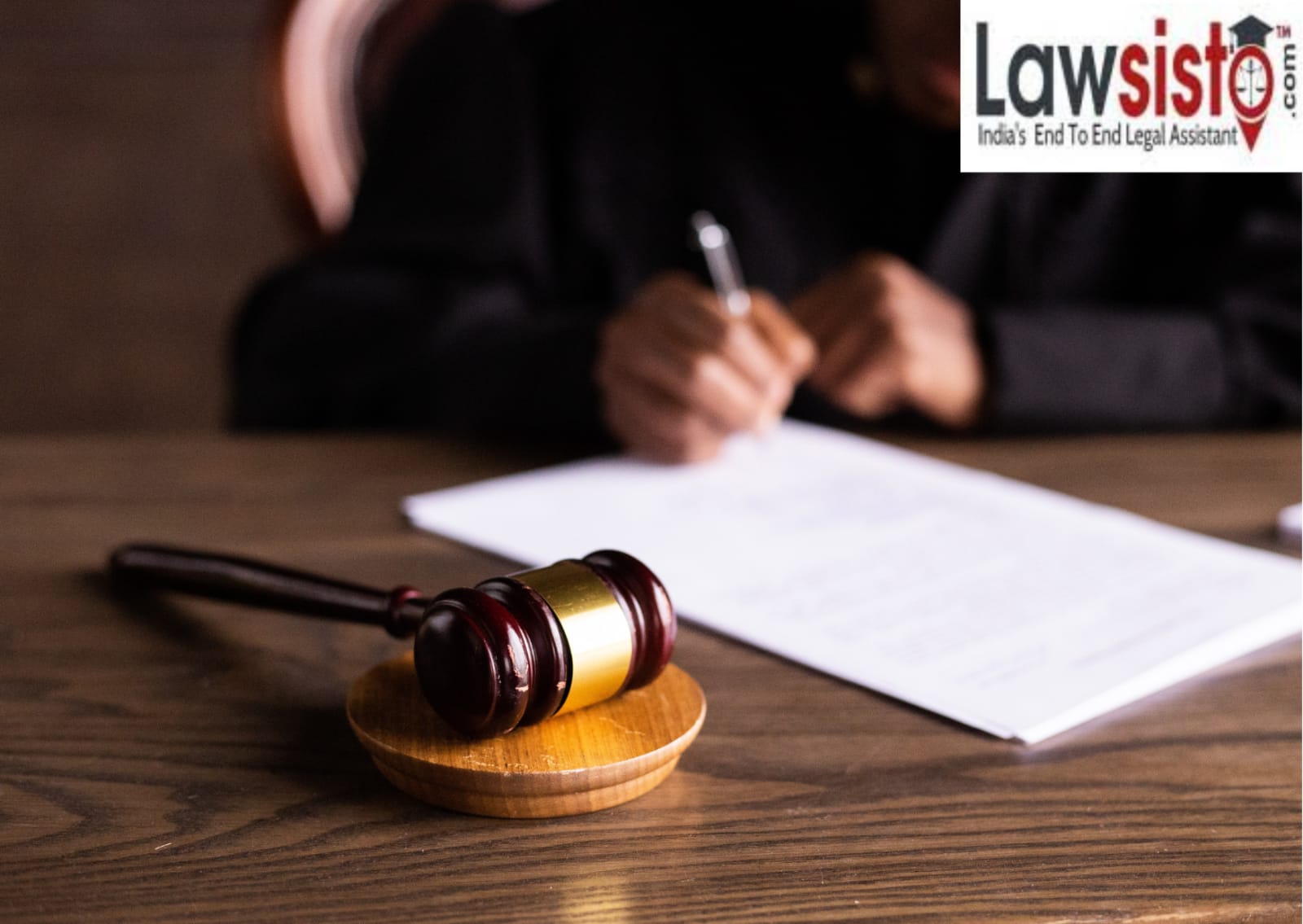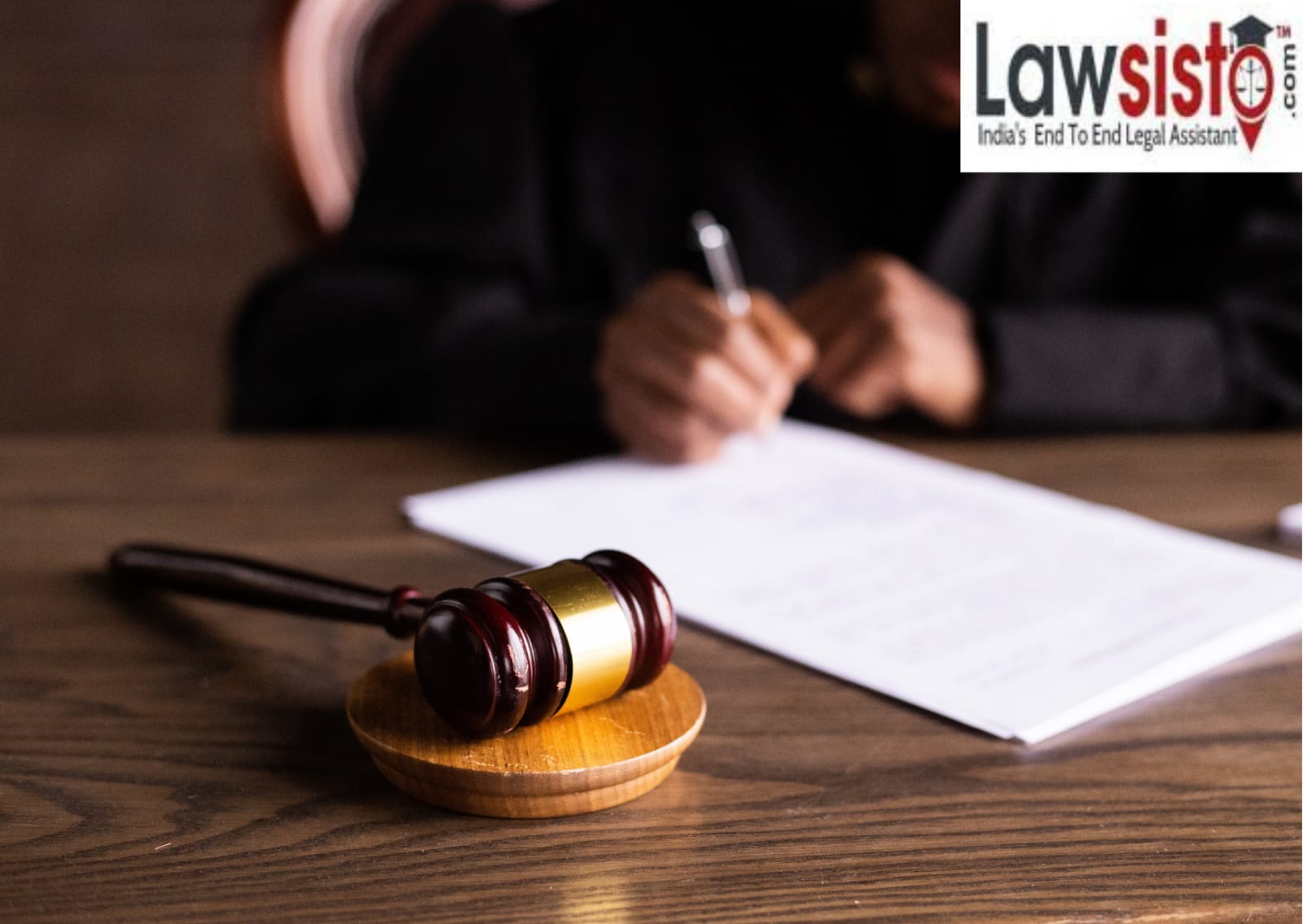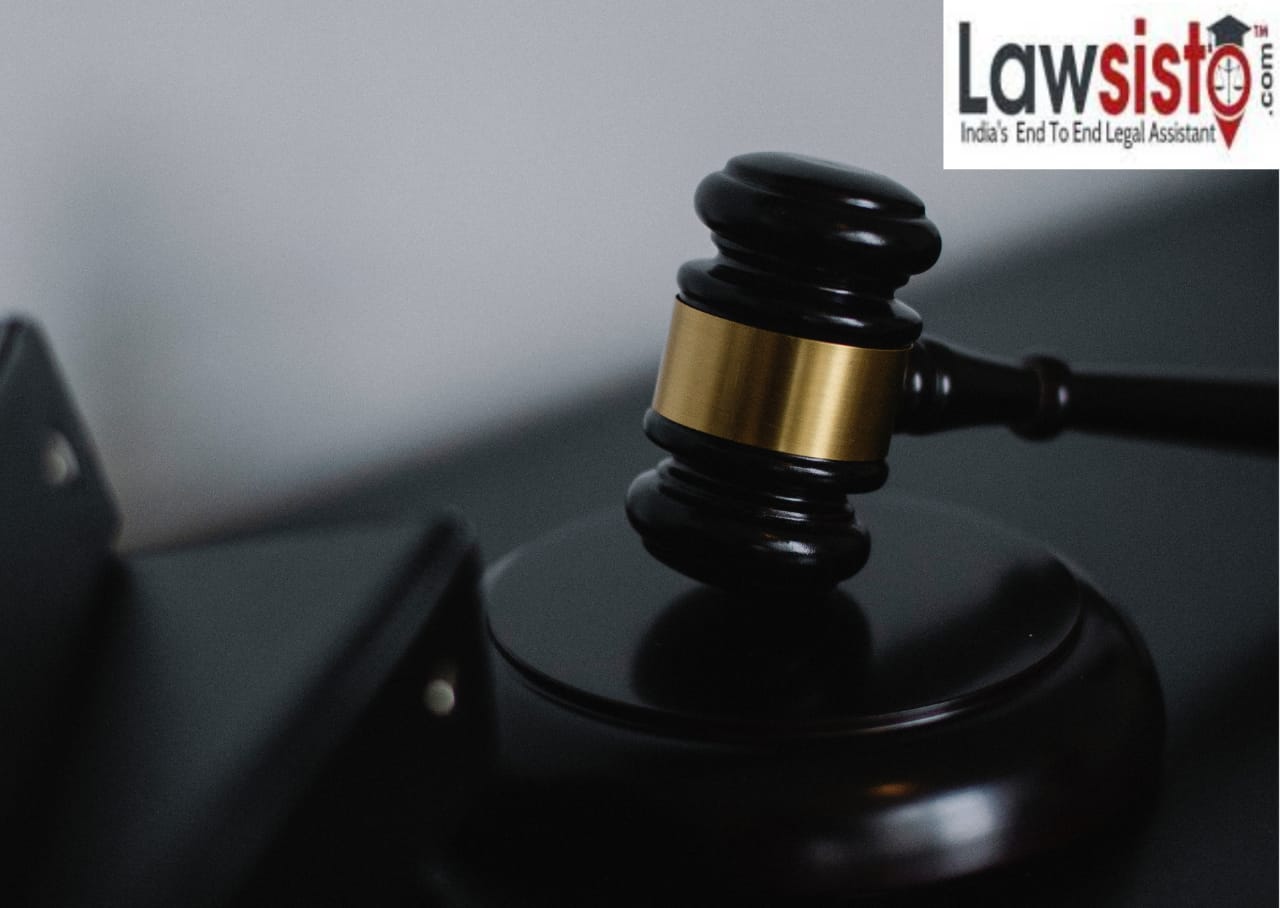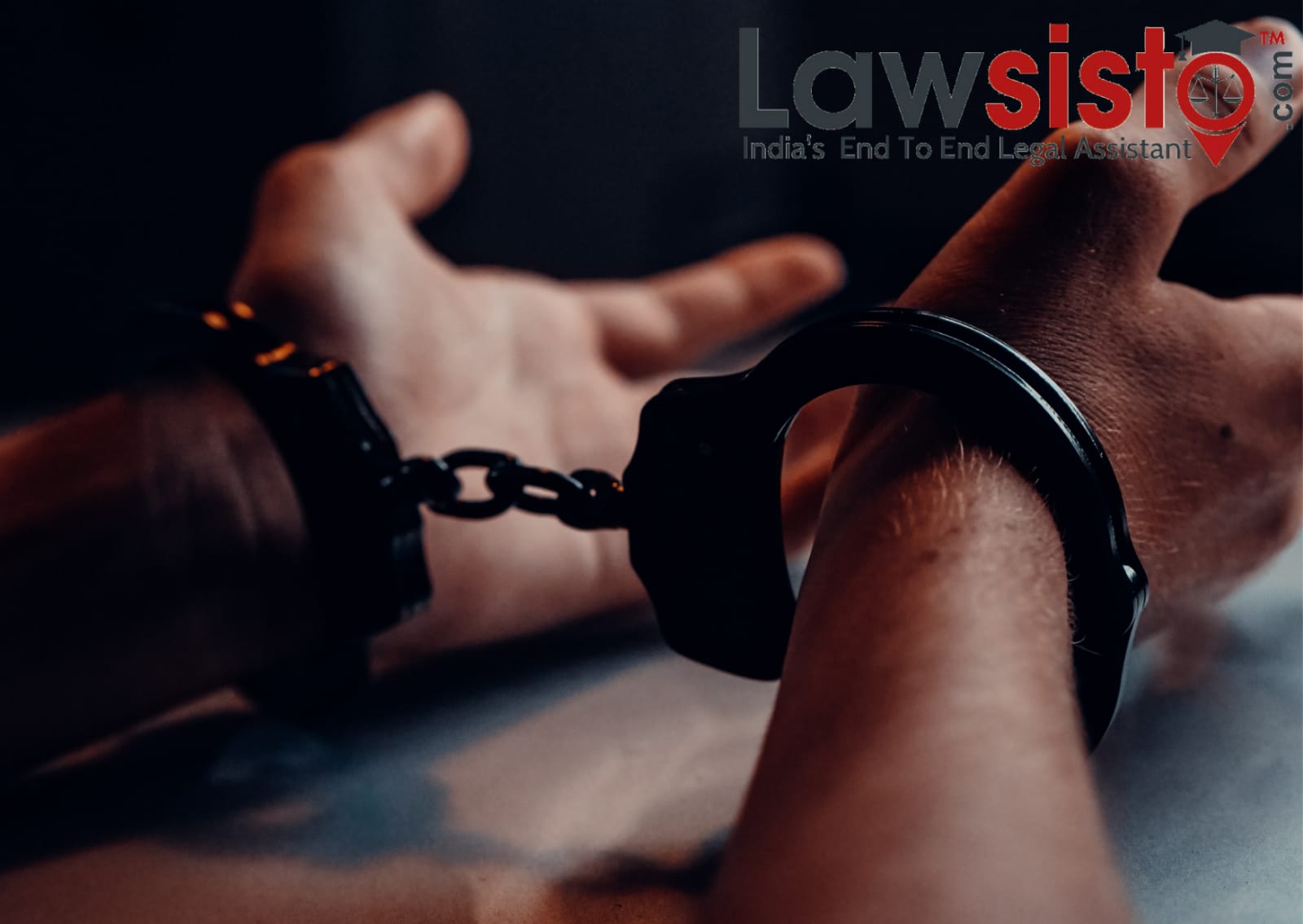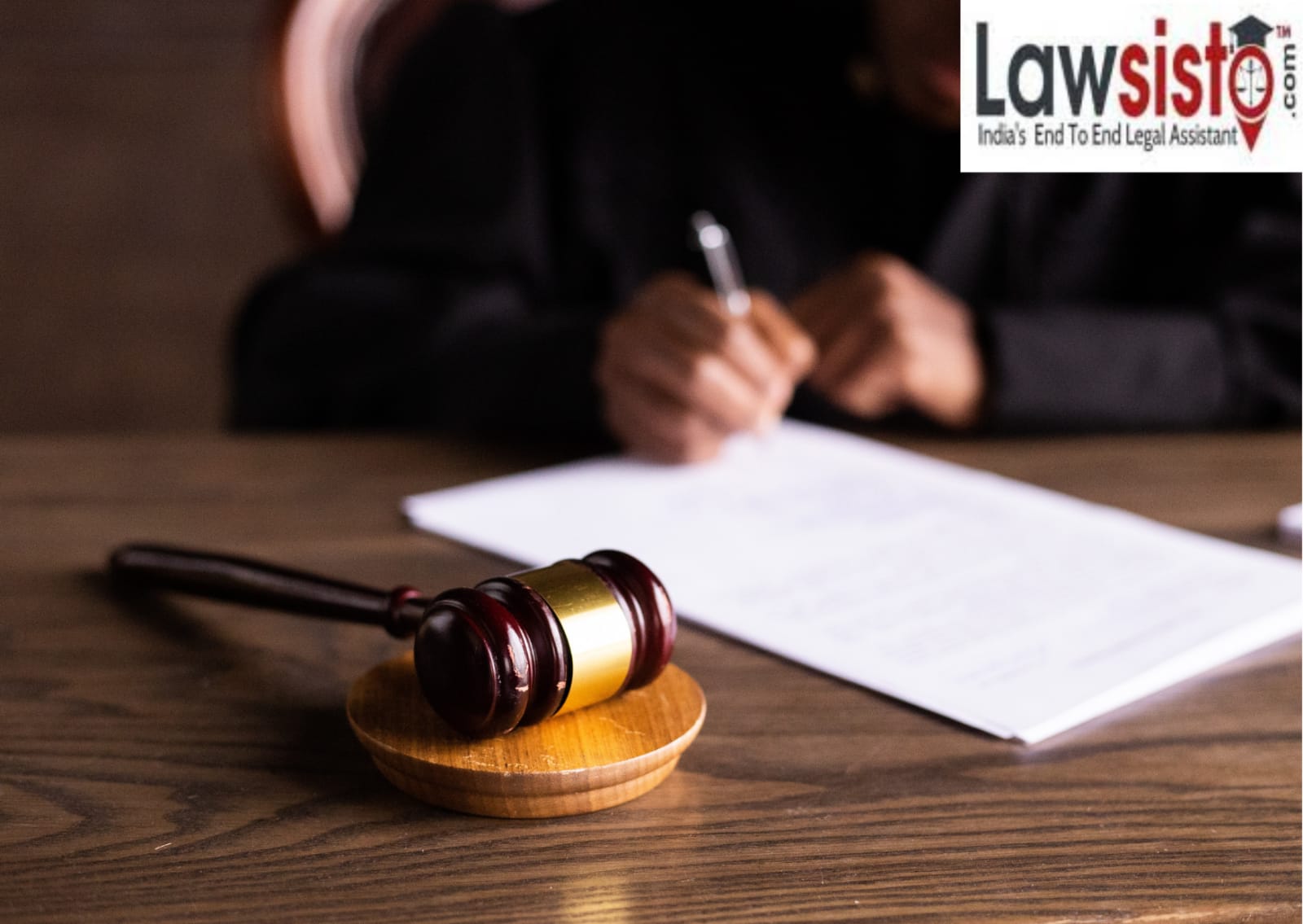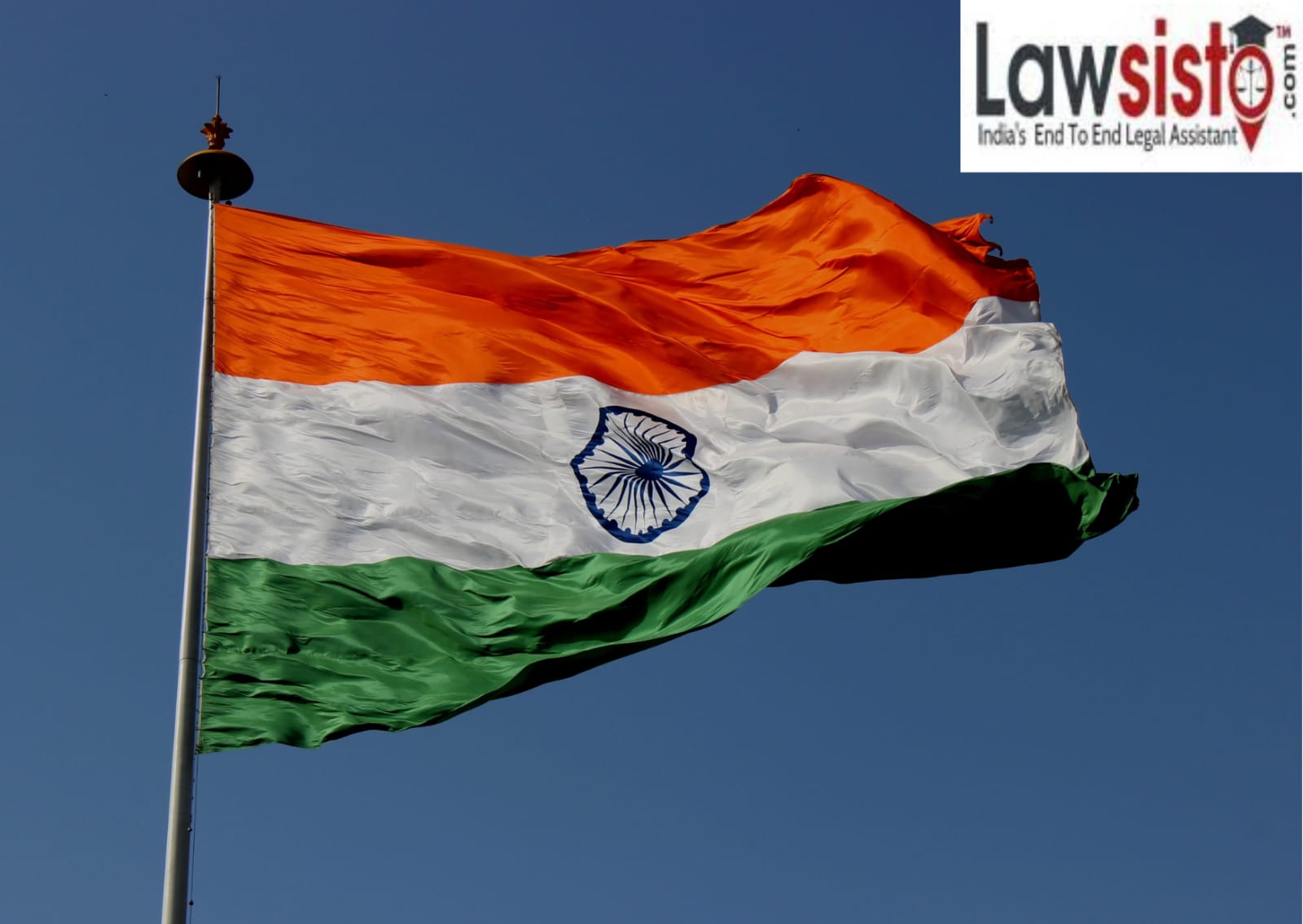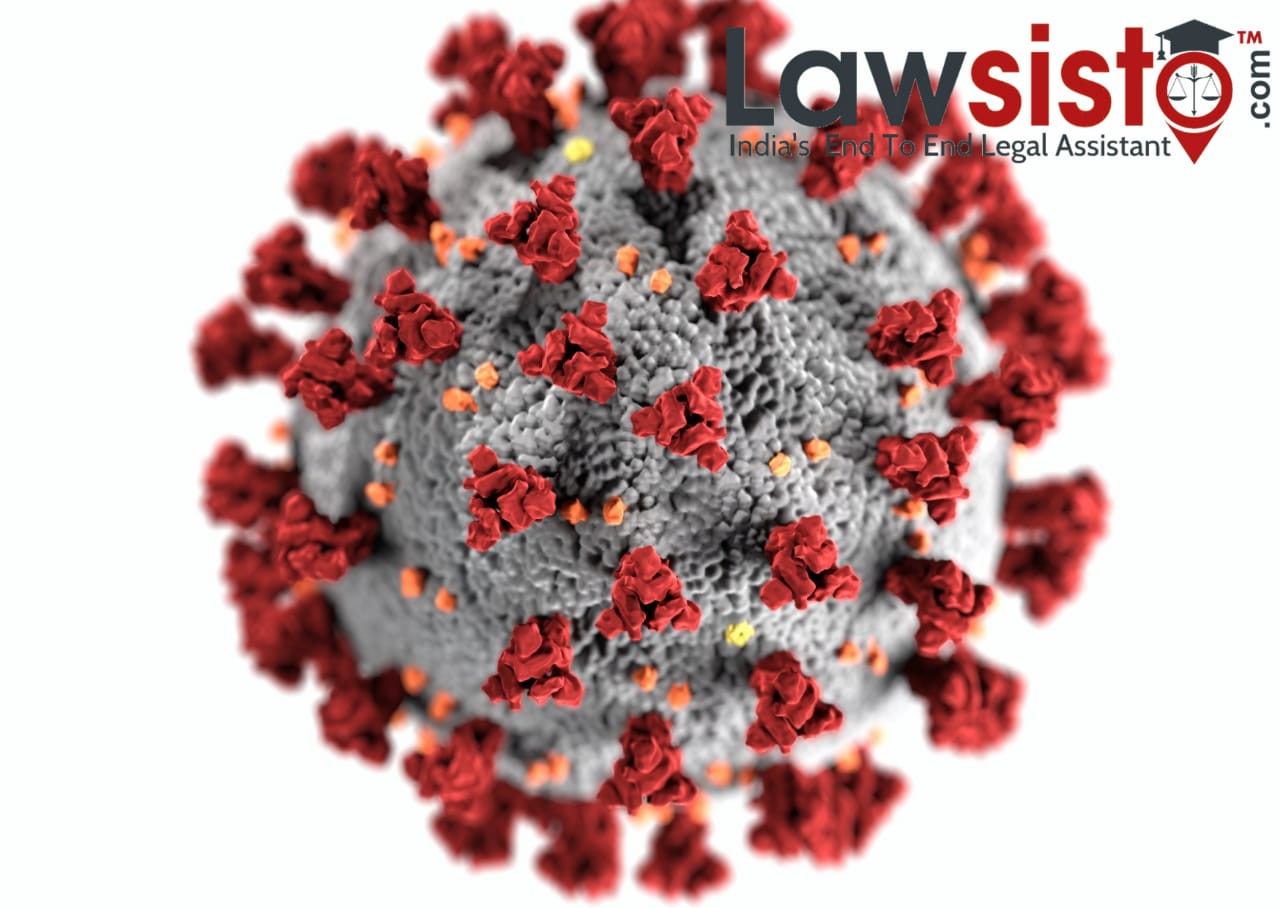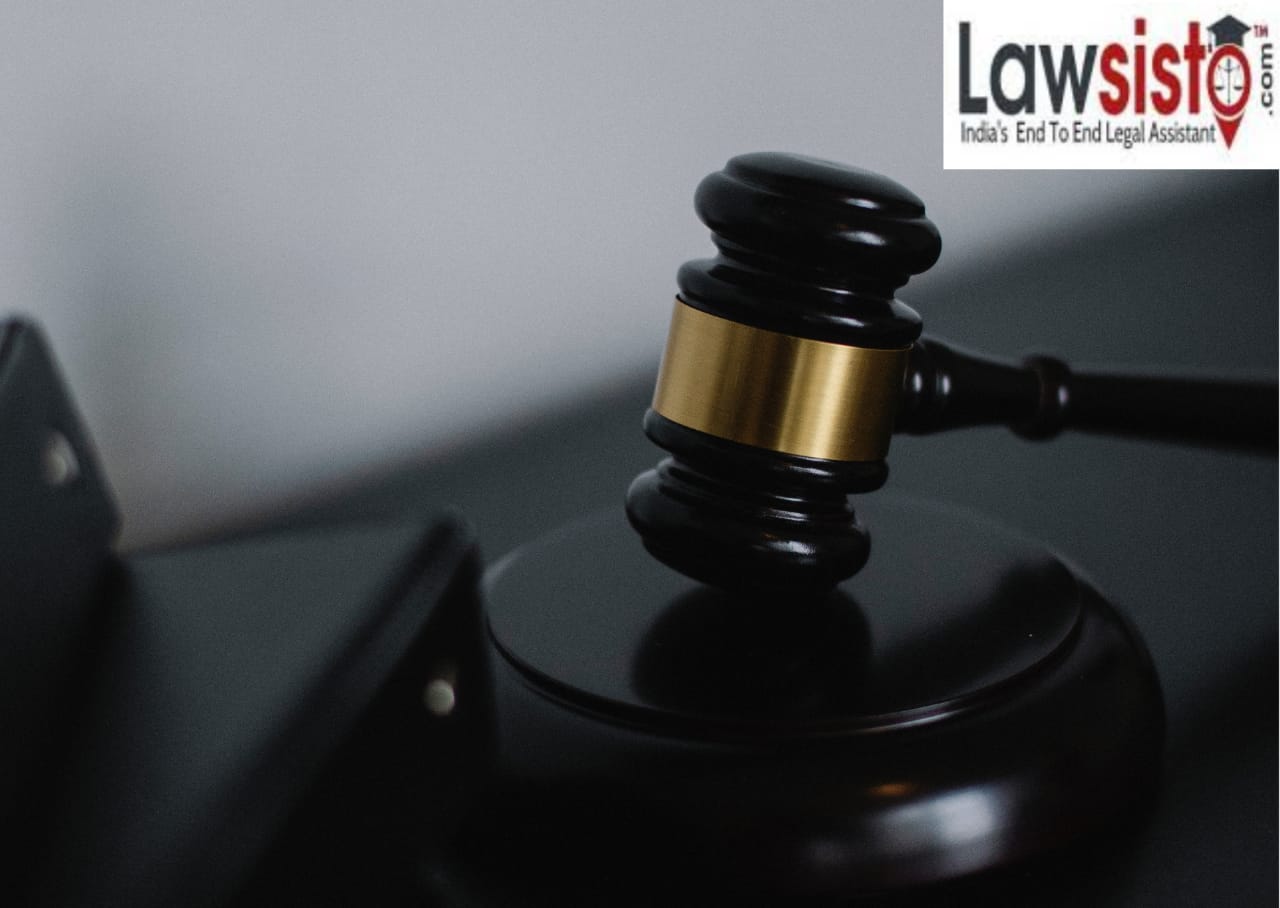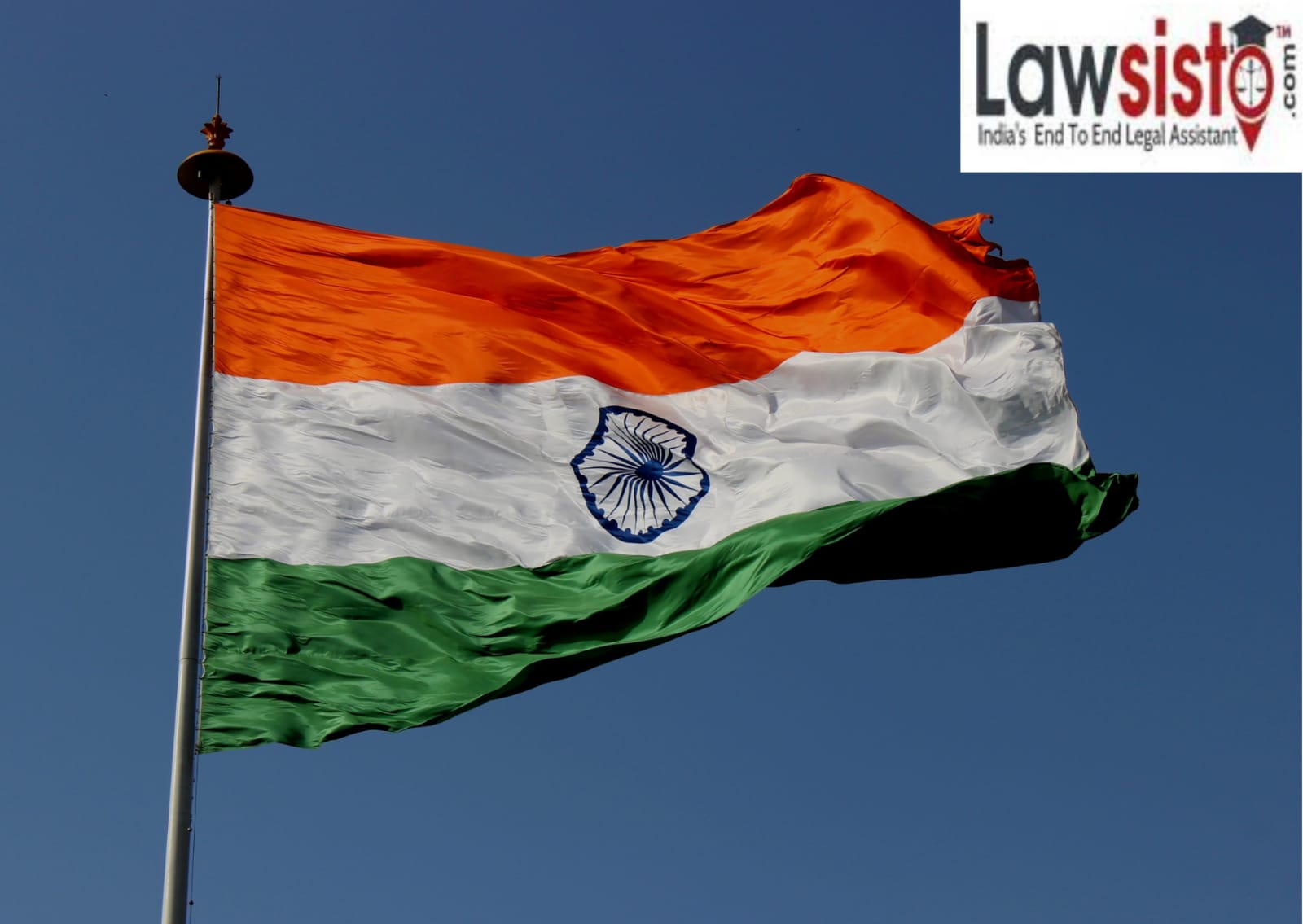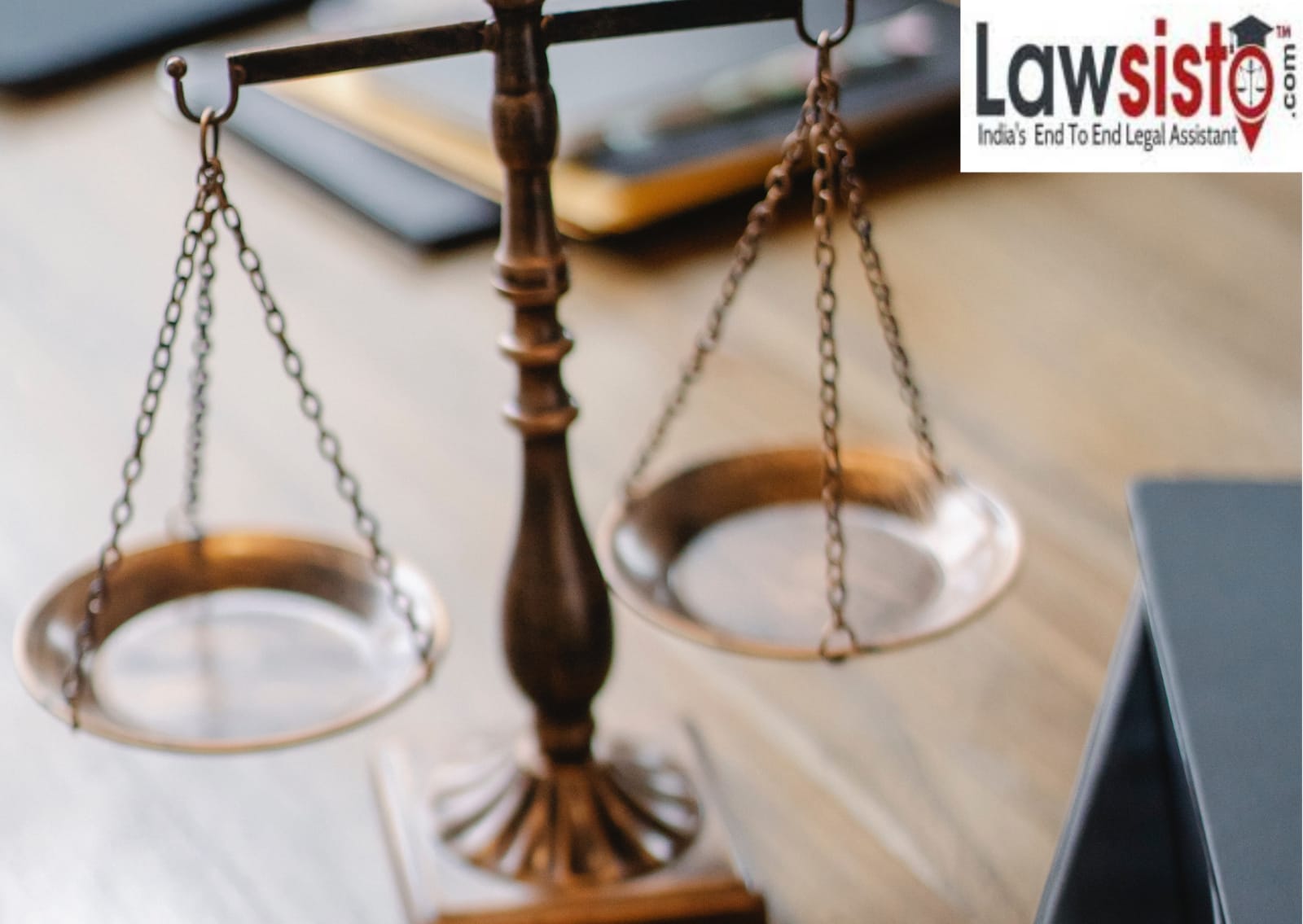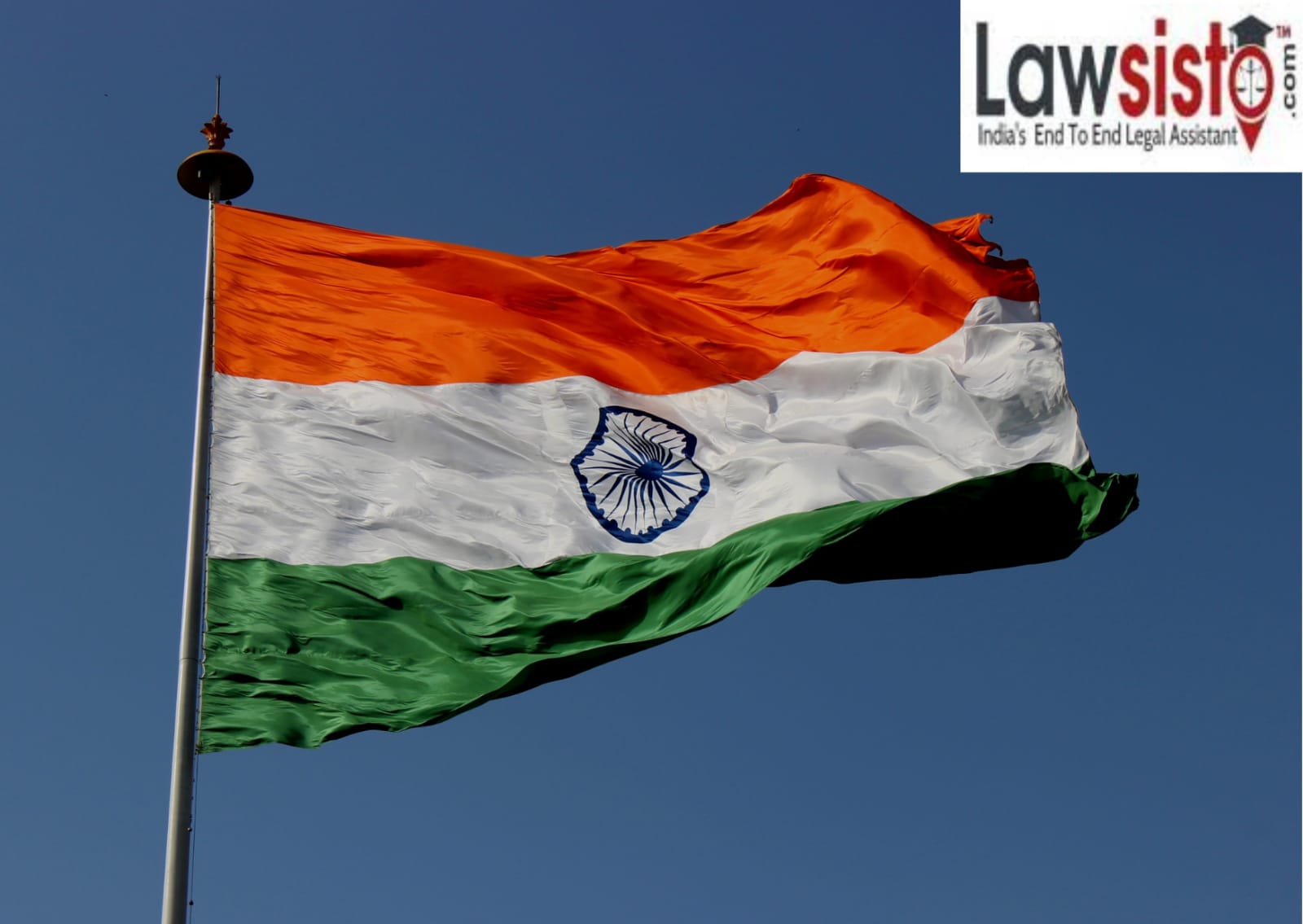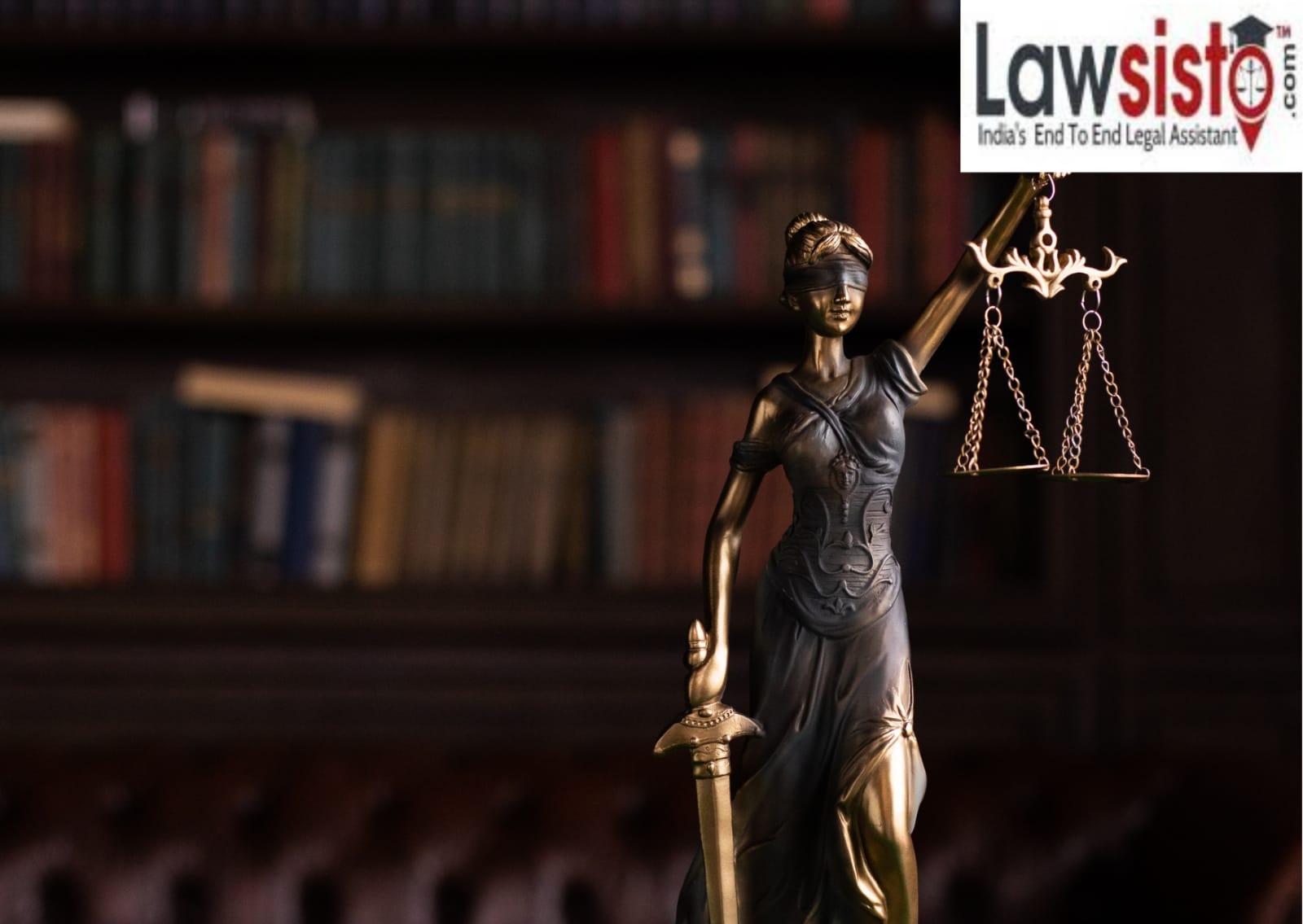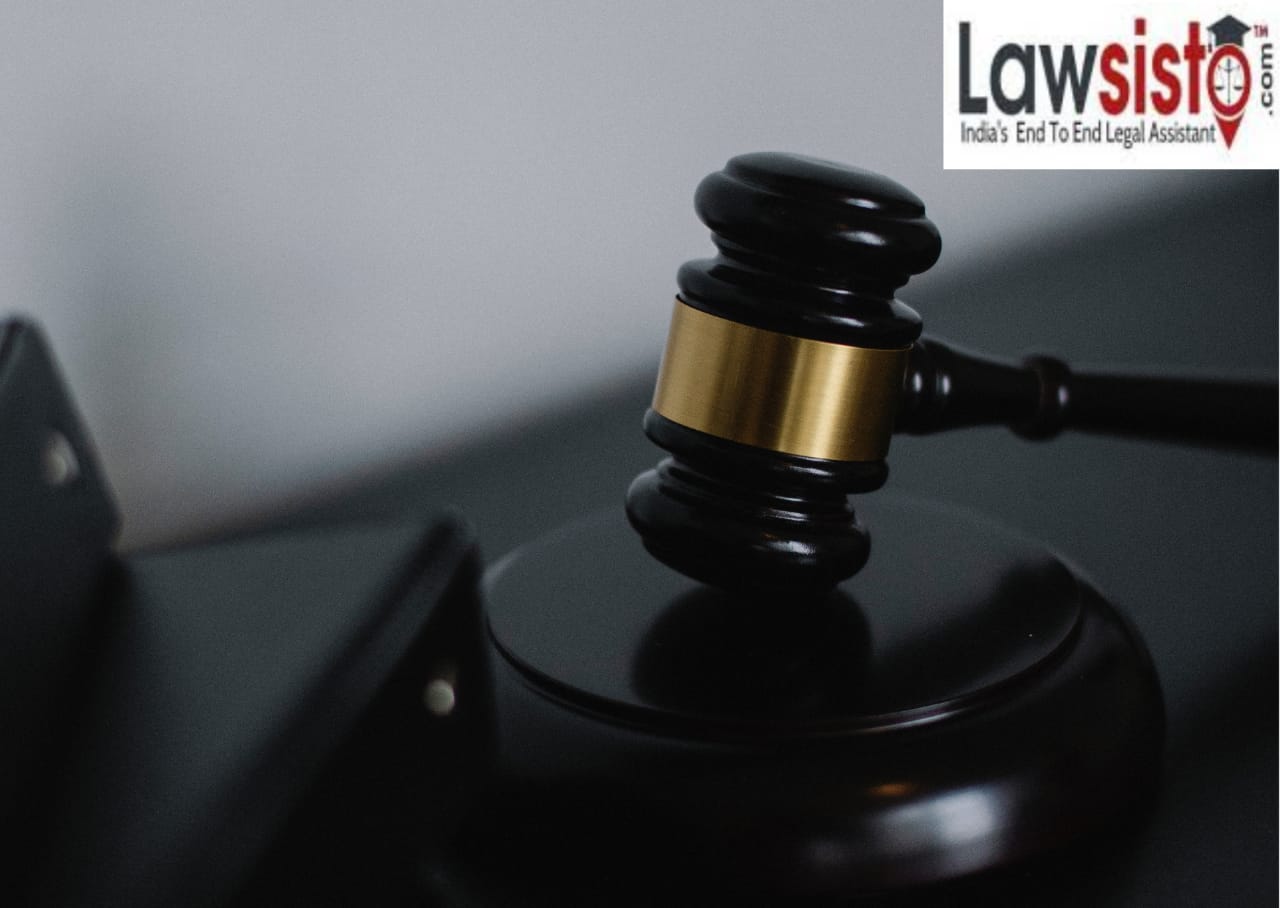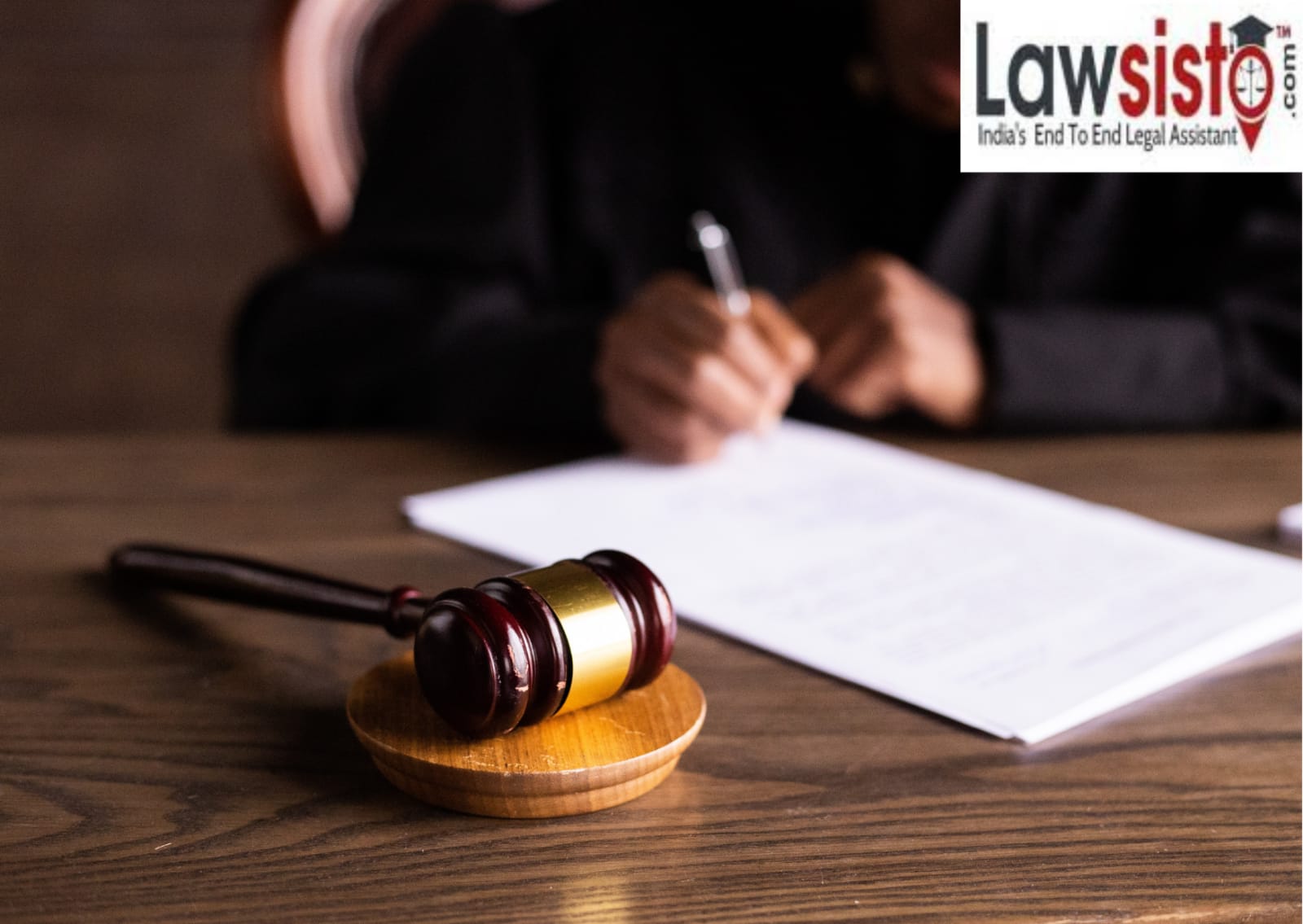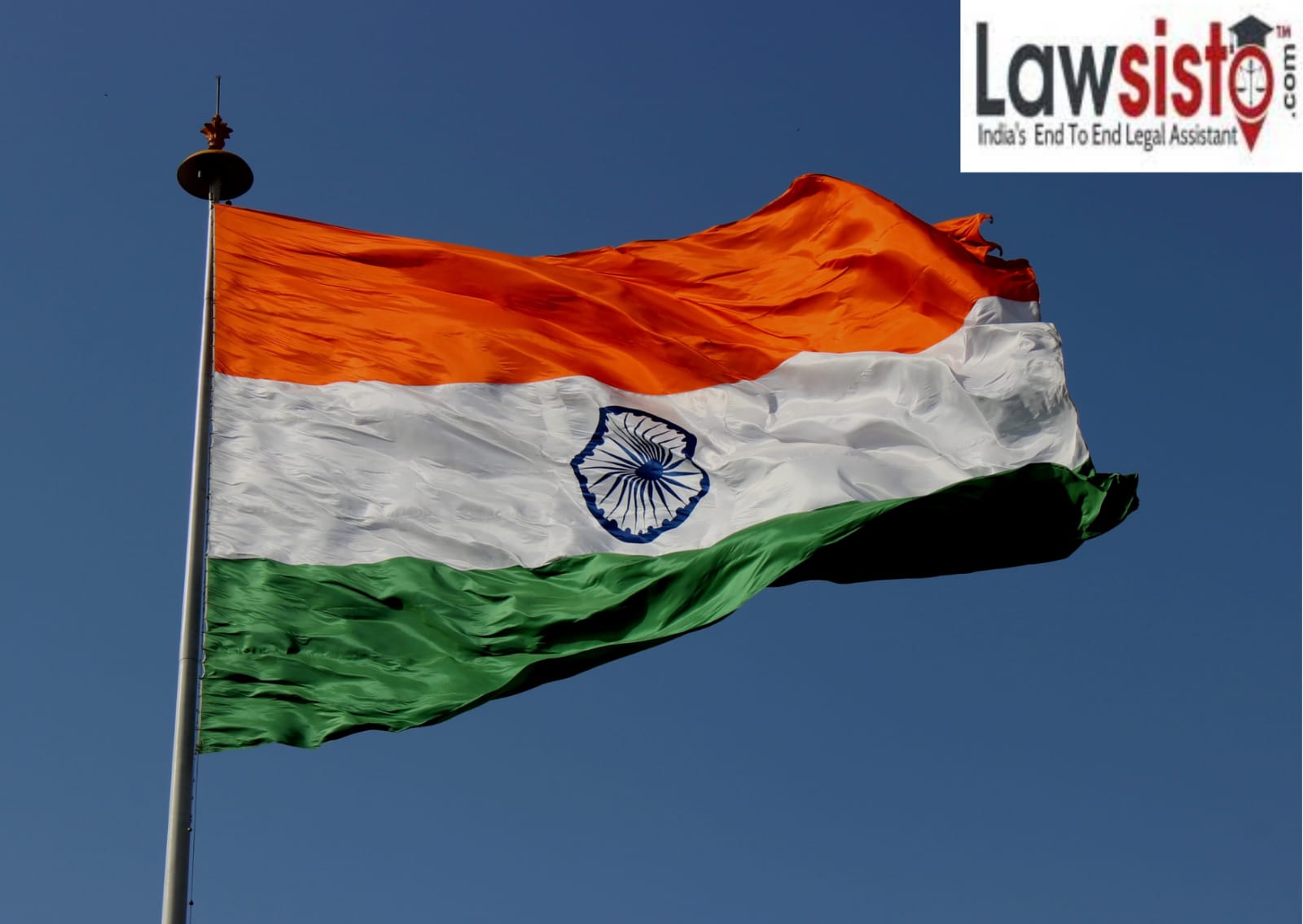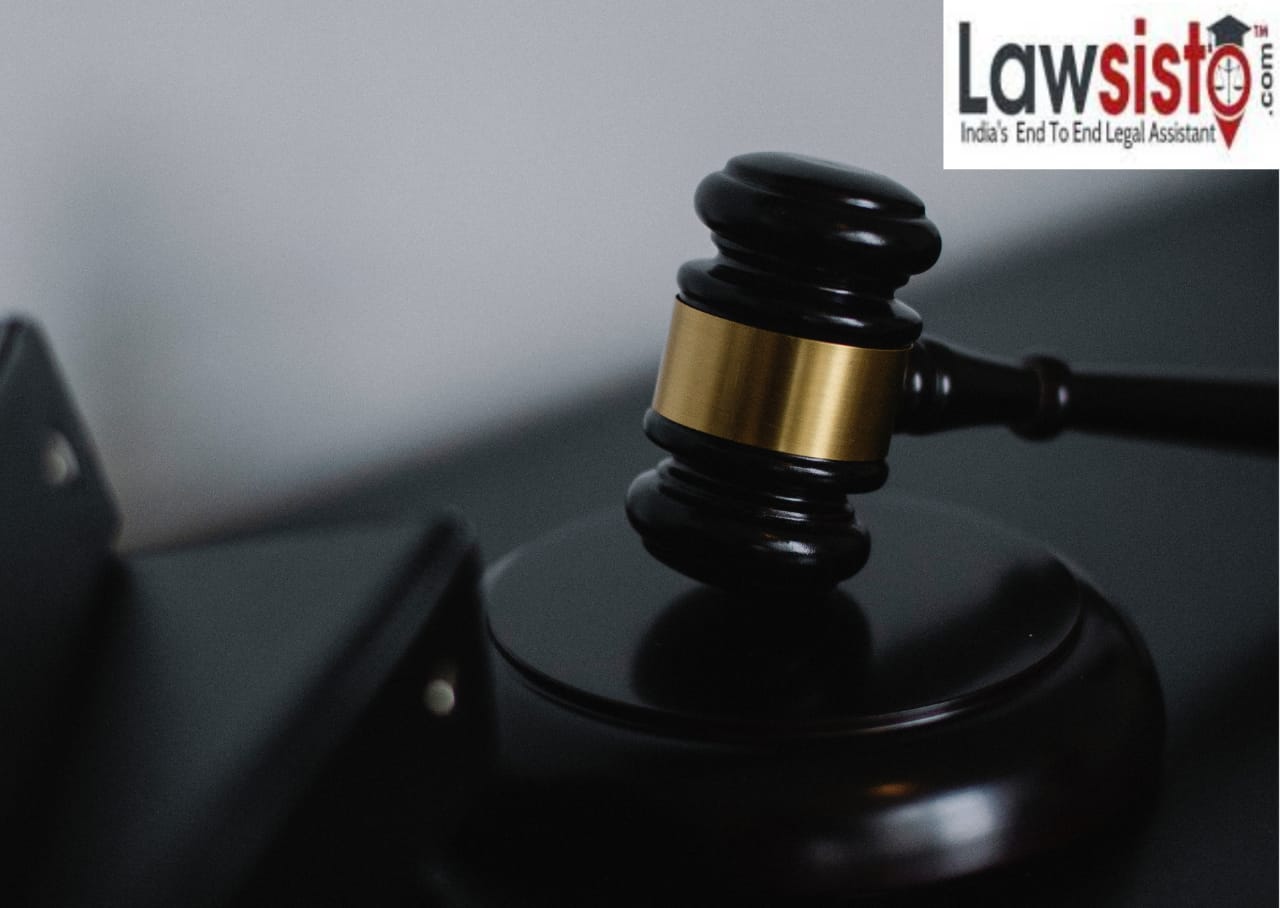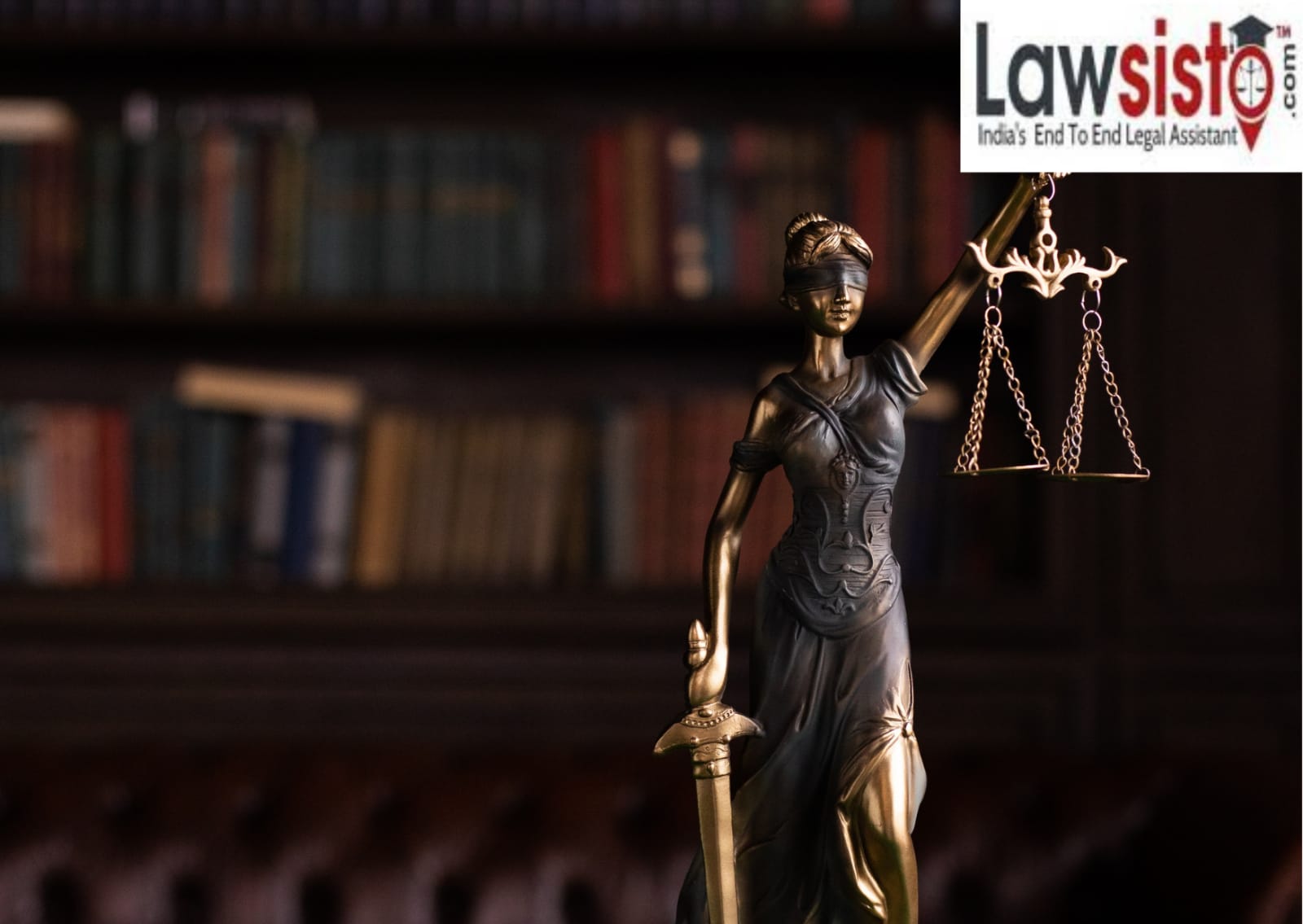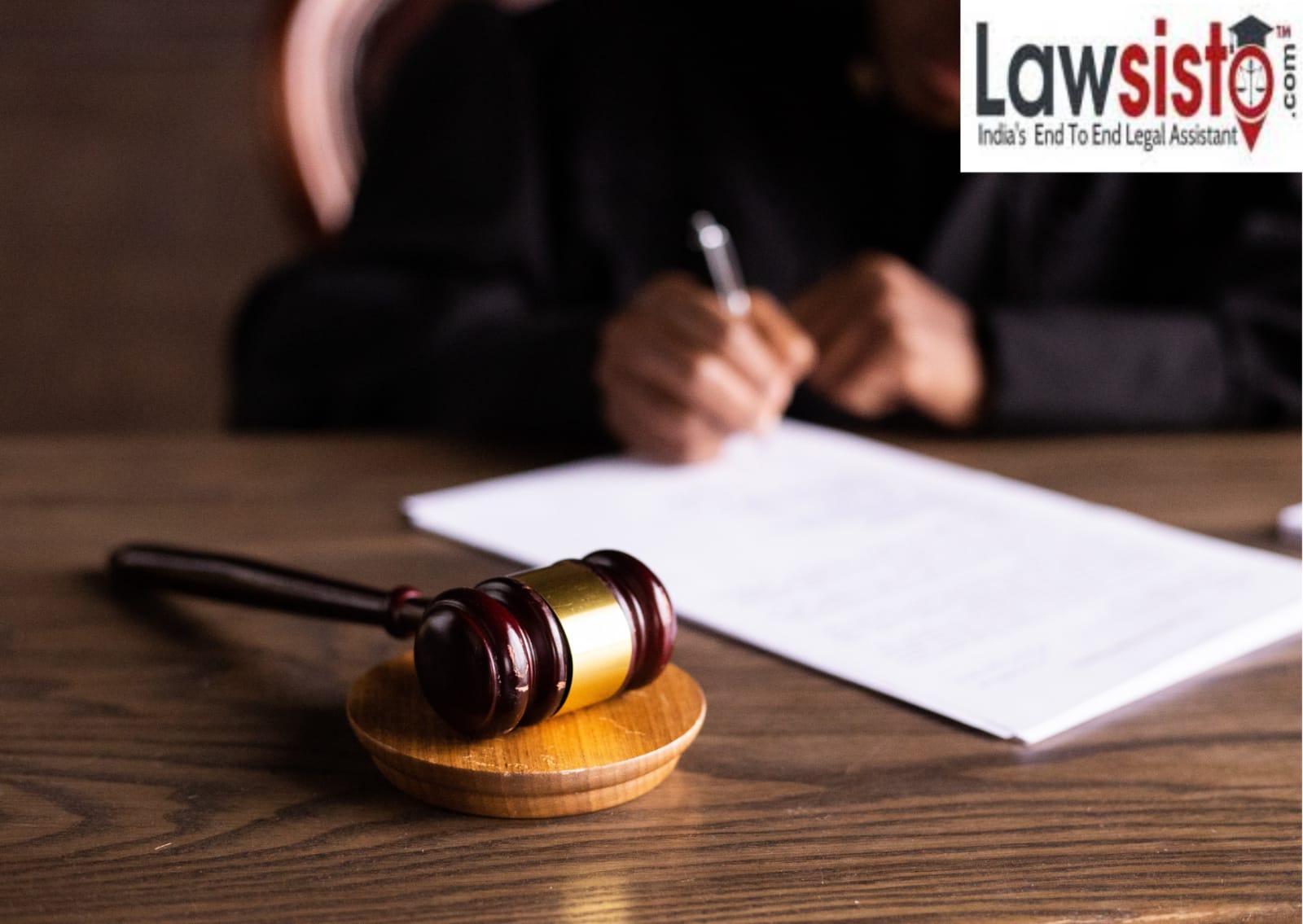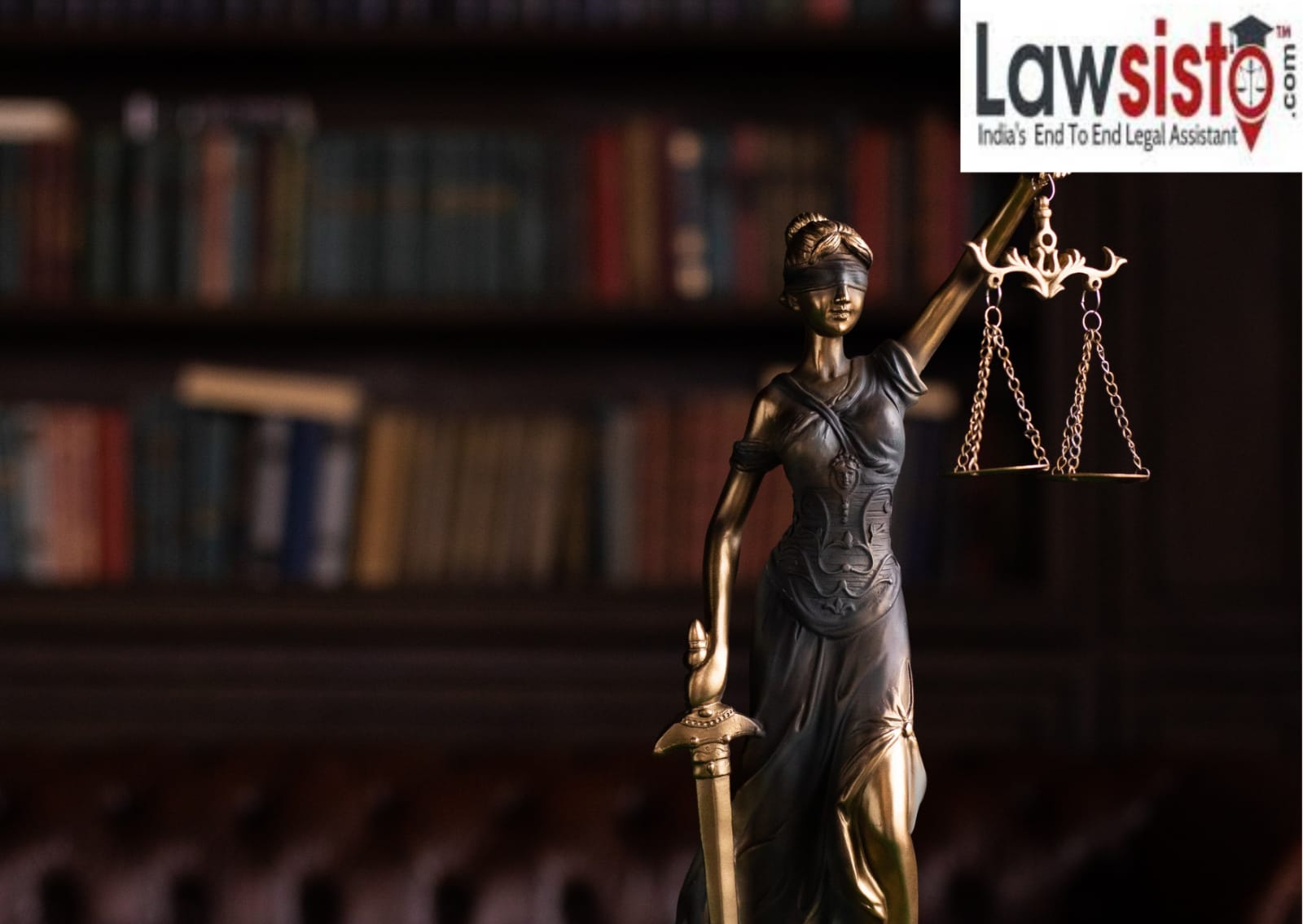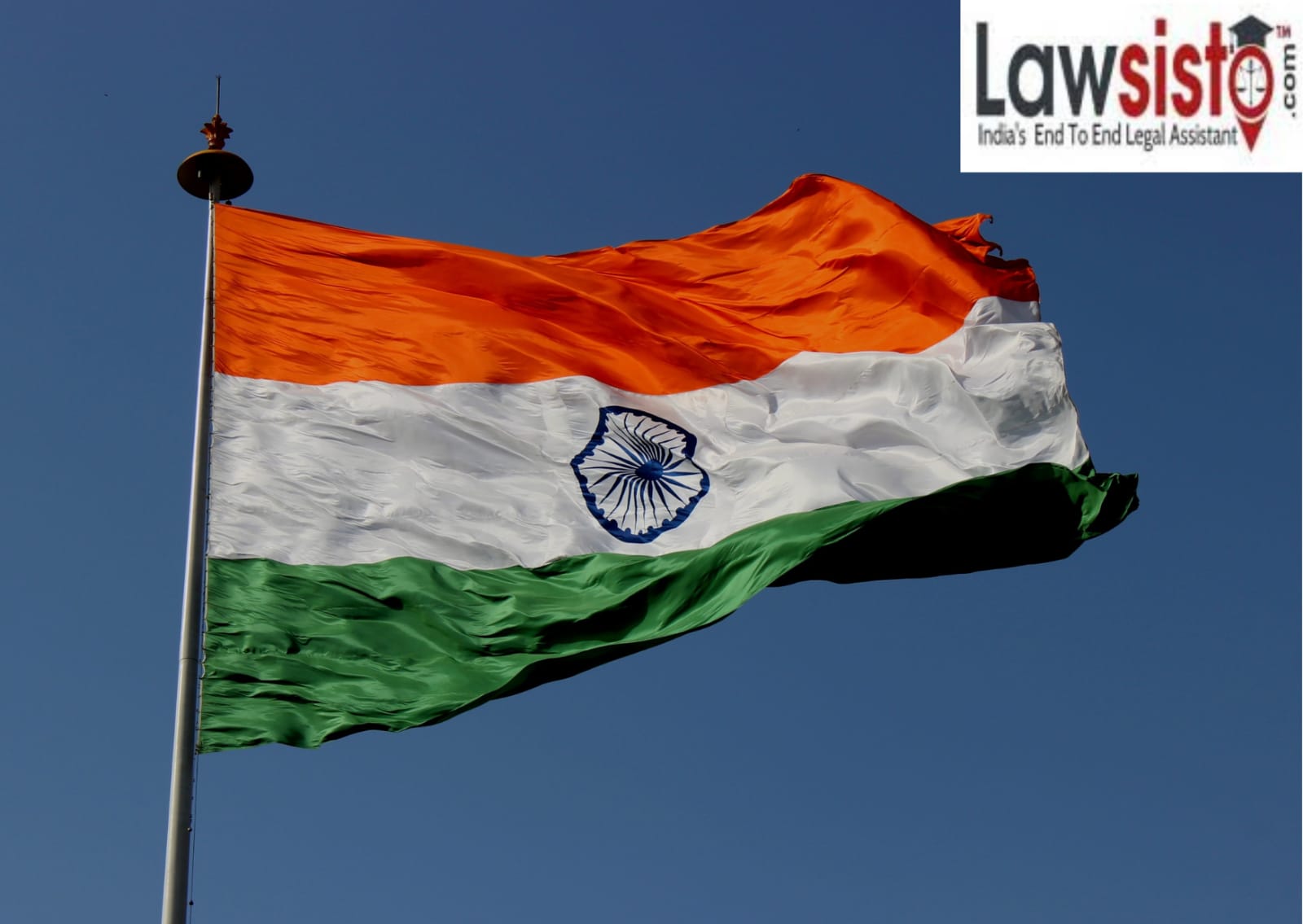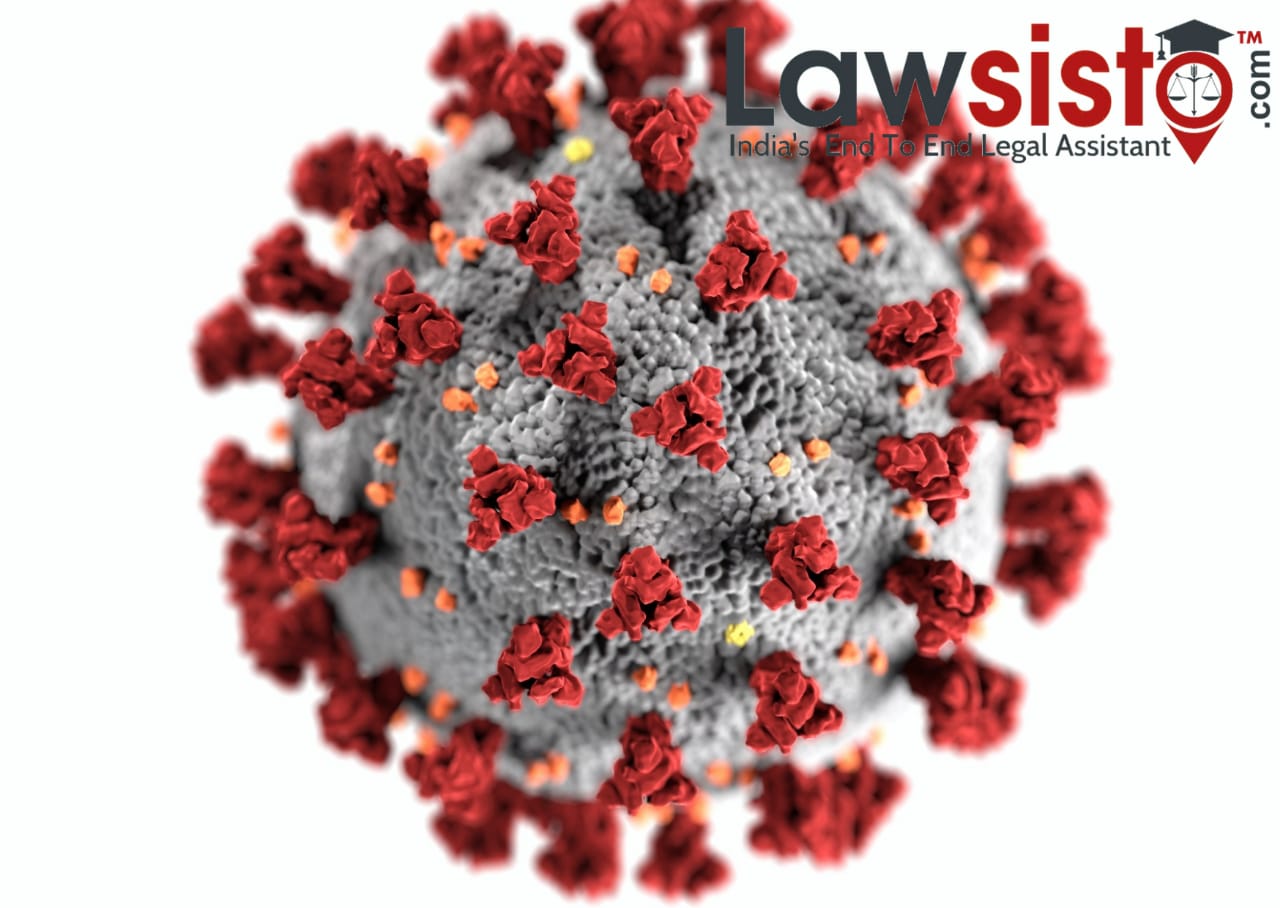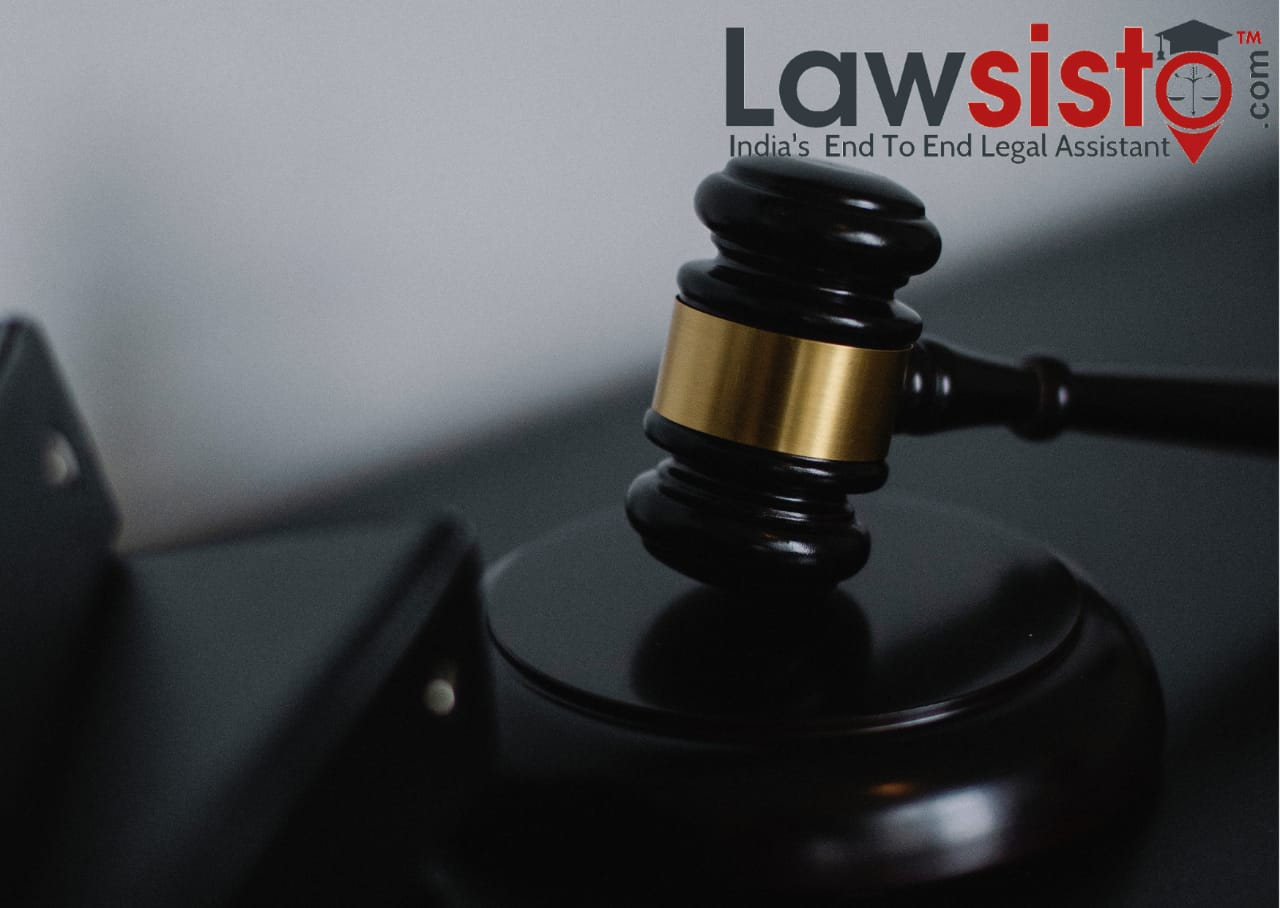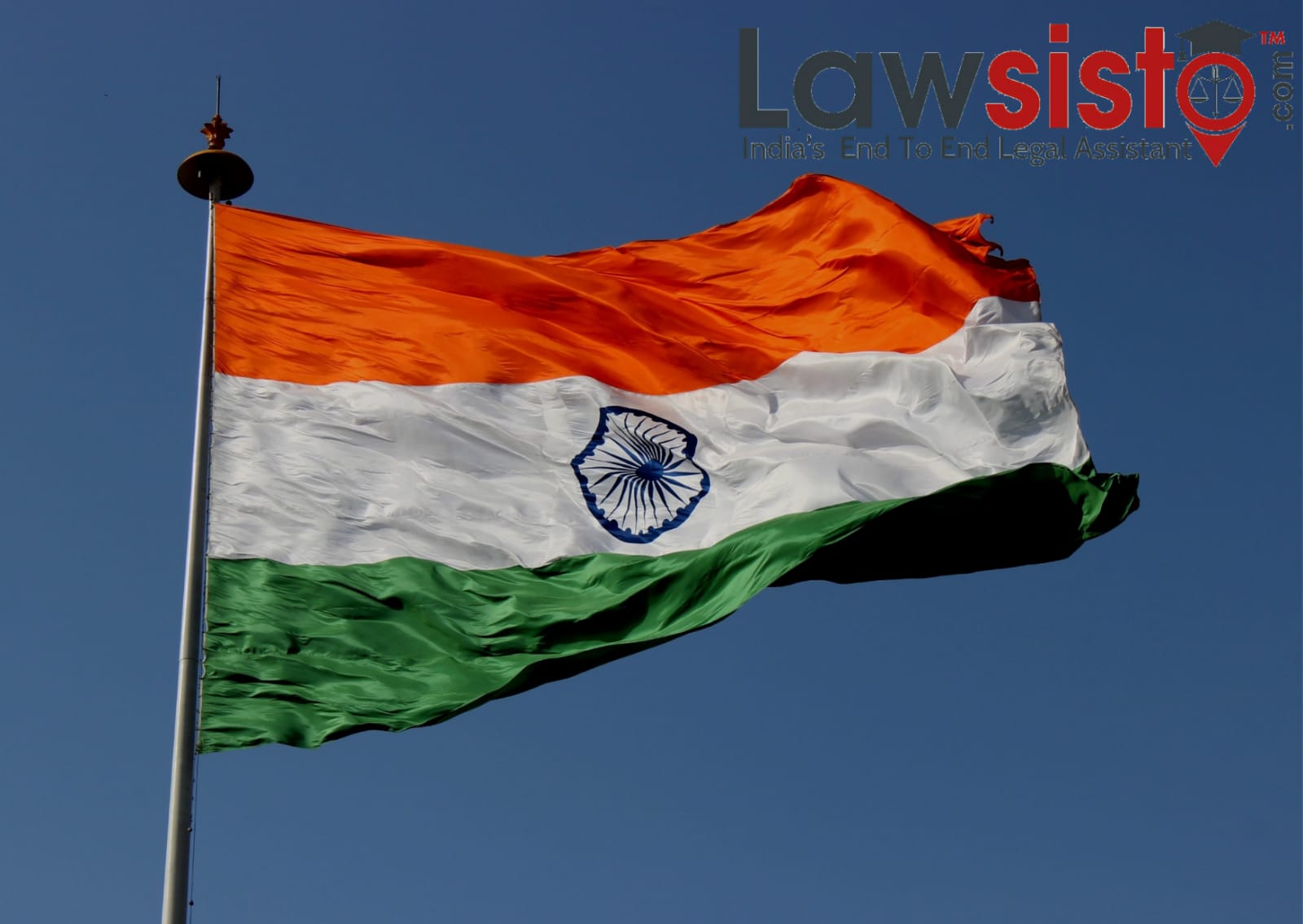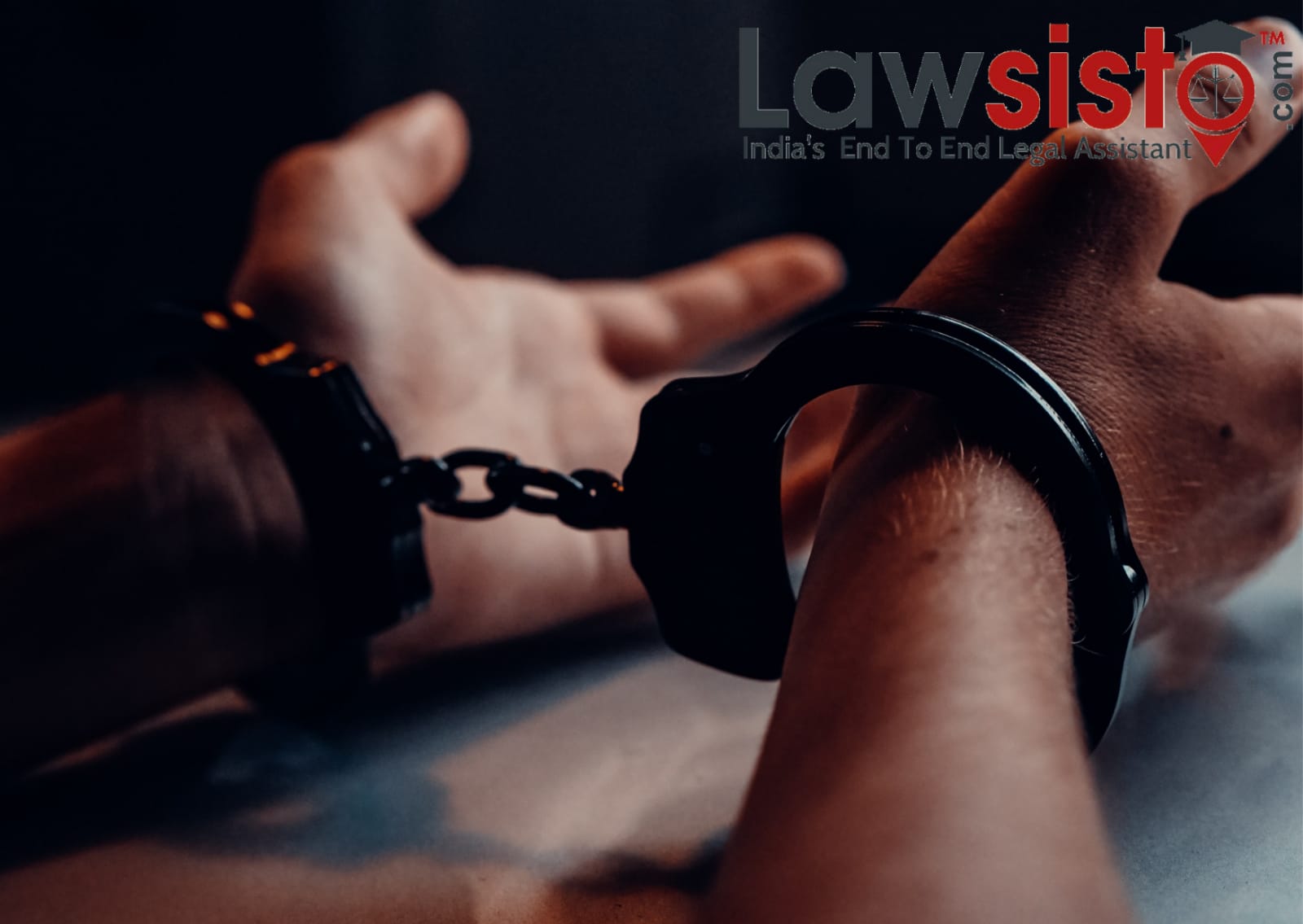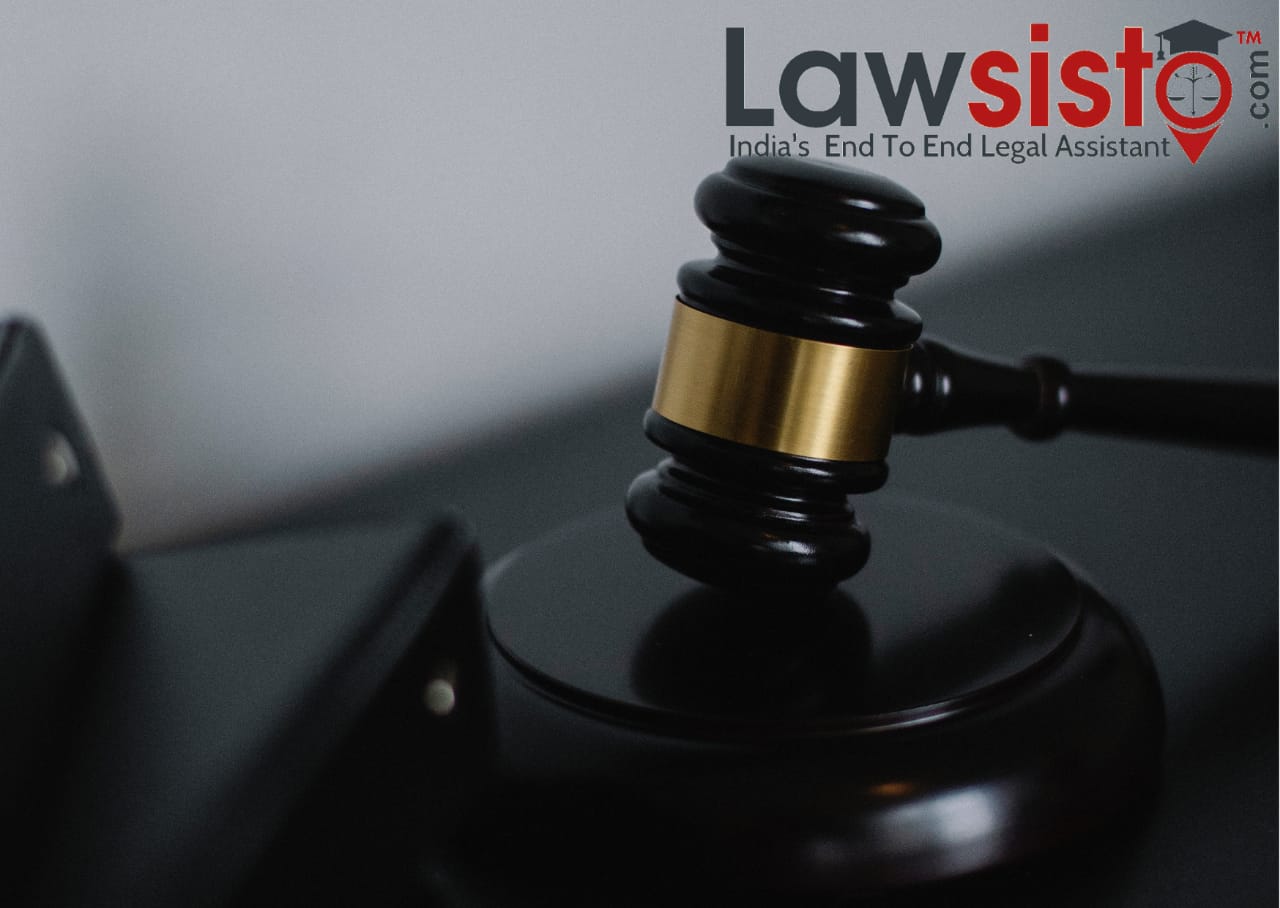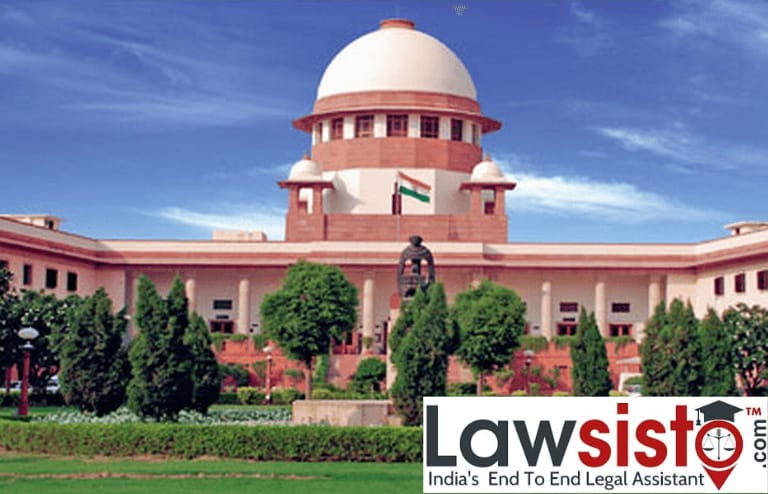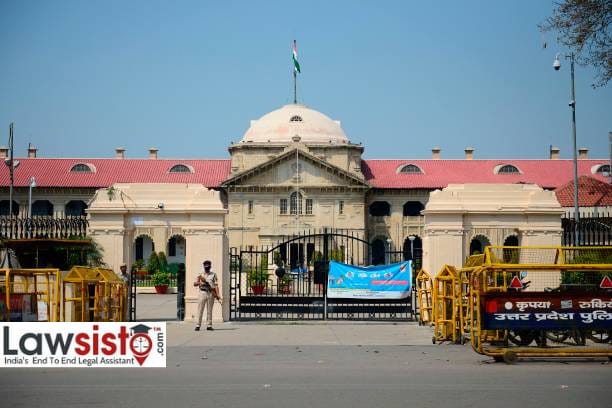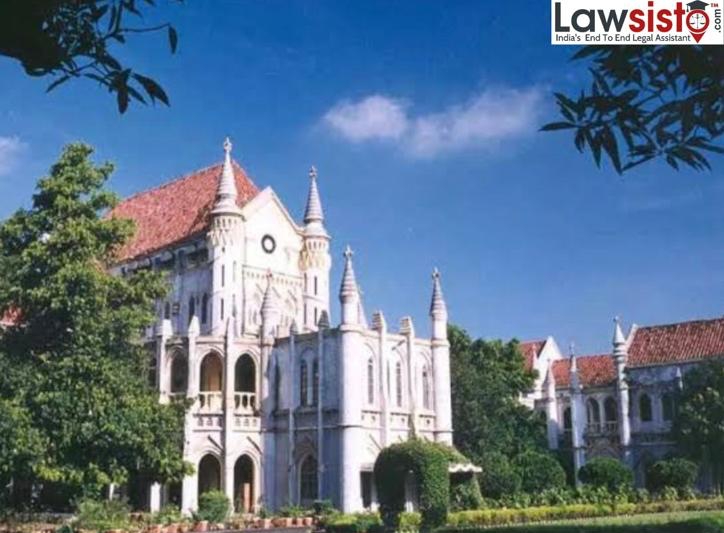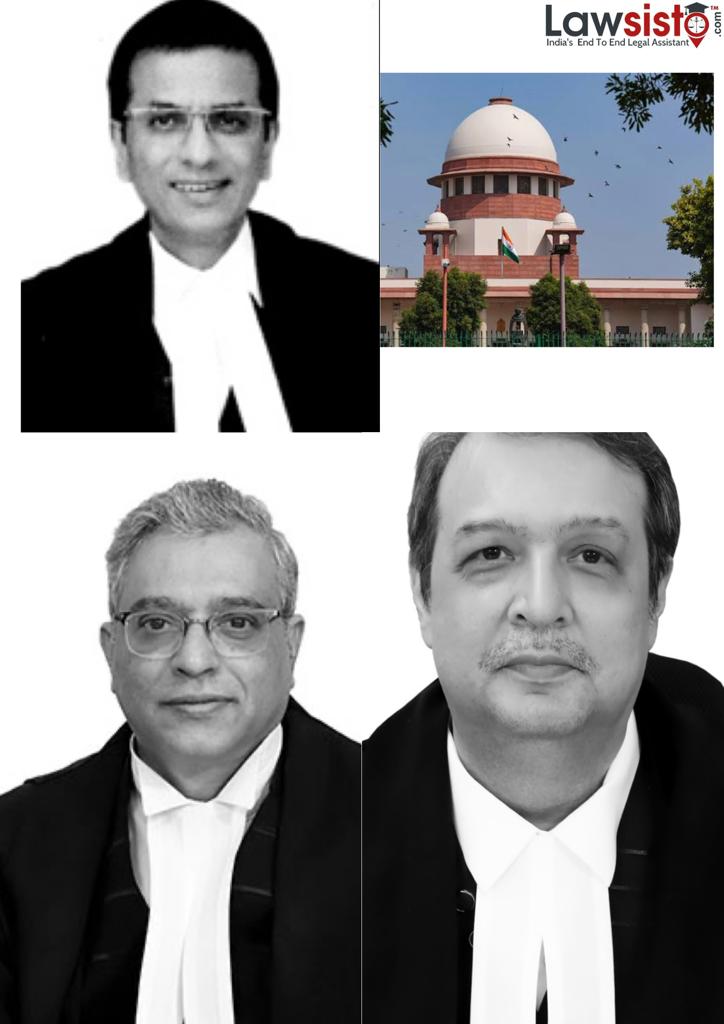Latest News
Kesavananda Bharati Whose Plea Led To Landmark SC Verdict Dies
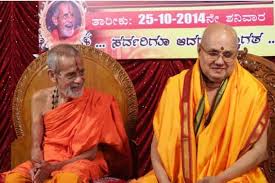
It is really a matter of profound grief that the legendary Kesavananda Bharati whose plea to the Apex Court is considered the “real reason” behind the much acclaimed “basic structure” doctrine propounded in 1973 which clipped the widest power of Parliament to amend the Constitution and simultaneously gave judiciary the authority to review any amendment because of which the case is also known by his name passed away on the morning of September 6 at his ashram named Sri Edneer Mutt in Kerala’s Kasaragod district. He was suffering from breathing and heart ailments and was 79 years of age. He was the head of Jagadguru Shankaracharya Samsthanam Mutt which belongs to the Shankaracharya tradition. The Mutt is believed to have been established by Totakacharya who is one of the four disciples of Adi Shankaracharya.
As grief poured in from all over as soon as news regarding his demise spread, a Kerala High Court lawyer Raghul Sudheesh who had visited the Mutt in 2011 to meet him laid bare his feelings by saying that, “Bharati was revered as a God-like figure. He treated everyone with much affection and care. My stay at the Mutt afforded me the opportunity to experience his hospitality and affection.”
It would be instructive to mention here that Bharati was a Carnatic and Hindustani vocalist and wrote many devotional songs and plays and was also a patron of Kannada art and culture. His Mutt manages many educational institutions. It also runs a Veda Pathasala which imparted lessons in Advaitha and Vedic lessons to many students. In 2018, Bharati was honoured with the Justice VR Krishna Iyer award which made everyone feel proud of him! Very rightly so!
To put things in perspective, he was the petitioner in the leading case titled His Holiness Kesavananda Bharati Sripadgalvaru and Ors. Vs. State of Kerala and others AIR 1973 SC 1461 : (1961) 4 SCC 225 popularly known as “Fundamental Rights” case in which the Supreme Court ruled that the basic structure of the Constitution is inviolable and cannot be amended by Parliament. Kesavananada was the Chief of the Kerala Mutt. He filed a writ application under Article 32 of the Constitution.
It must be mentioned here that the Apex Court held in this case that there is no wrong in treating the Preamble as a part of the Constitution. The Court held that Parliament cannot while amending the Constitution, destroy the basic structure of the Constitution. The Apex Court in this case overruled its decision in Golak Nath v. State of Punjab AIR 1967 SC 1643, and held that Parliament has power to amend the Constitution including the provisions relating to the Fundamental Right but has no power to amend the basic structure of the Constitution. It also clarified that a constitutional amendment is not law within the meaning of Article 13.
When a question arose in this case for the relationship among Preamble, Fundamental Rights and Directive Principles of State Policy, the Supreme Court held that they are part of the same constitutional scheme and form a part of the Constitution. They are complementary and supplementary to each other and are closely related. The Apex Court also upheld the validity of all the three Constitutional amendments – 24th, 25th and 29th which were under challenge.
It cannot be lightly dismissed that the petition of Kesavananda Bharati was heard by a 13-member Bench which is the largest-ever Bench in the history of the Supreme Court till now! The historic case till now remains the longest heard before the Apex Court. It was heard for 68 working days between October 31, 1972 and March 23, 1973.
Be it noted, the Supreme Court then had 16 Judges and yet the then Chief Justice SM Sikri had constituted a 13-Judge Bench which is the largest-ever till date. The judgment was pronounced on April 24, 1973. It was historic also because 11 of the 13 Judges wrote separate judgments.
It must be borne in mind that by a wafer thin majority of 7:6, the Apex Court ruled that the party in office with its brute majority in Parliament could not amend the basic features of the Constitution which famously came to be known as the ‘basic structure doctrine’ and it is followed till date. Those thirteen Judges consisted of Chief Justice SM Sikri, JM Shelat, KS Hegde, AN Grover, AN Ray, P Jagmohan Reddy, DG Palekar, HR Khanna, KK Mathew, MH Beg, SN Dwivedi, AK Mukherjee and YV Chandrachud. JM Shelat and AN Grover, JJ and KS Hegde and AK Mukherjea, JJ delivered judgments jointly. The judgment was written in 595 pages.
Needless to say, Kesavananda Bharati had challenged the Kerala’s state government two land reform Acts meant to restrict the management of religious properties. It was on March 21, 1970 that Bharati had moved the Apex Court challenging the Kerala government’s takeover of land owned by the mutt as per the land reforms Act of 1969. It may be recalled that following the enactment of the law, the Mutt had lost its property and was struggling for financial resources.
As it had turned out, the veteran barrister MK Nambiar who was the father of KK Venugopal who is currently the Attorney General of India had introduced Kesavananda to jurist Nani Palkhivala and he had helped Kesavananda to file the petition in the Apex Court. In his petition, Kesavananda had sought enforcement of rights guaranteed under Article 25 (Right to practice and propagate religion), Article 26 (Right to manage religious affairs), Article 14 (Right to equality), Article 19(1)(f) (Freedom to acquire property) and Article 31 (Compulsory acquisition of property). He had prayed that provisions of the Kerala Land Reforms Act, 1963 (Act 1 of 1964) as amended by the Kerala Land Reforms (Amendment) Act 1969 (Act 35 of 1969) be declared unconstitutional, ultra vires and void.
No doubt, this Kesavananda Bharati case had become a watershed moment in the constitutional jurisprudence of the country and it shall always be remembered in the days to come! The then PM late Mrs Indira Gandhi was so miffed at this judgment that she made sure that those Judges who had decided against the government would not be able to become the Chief Justice of the top court. Sanjay Hegde who is a senior Supreme Court lawyer very rightly pointed out that, “Kesavananda doctrine swung against the government by the narrowest of majorities of 7:6 with Justice HR Khanna signing against the government in favour of the doctrine. It foreshadowed the coming of the Emergency because soon after the judgment, Justices KS Hegde, AN Grover and JM Shelat were superseded for the post of Chief Justice of India and Justice AN Ray who was junior to them was appointed to the post.”
As we all know, Justice KS Hegde, Justice AN Grover and Justice JM Shelat had ruled against the government due to which they were superseded while Justice AN Ray had favoured the government and so he was promoted. This certainly tarnished severely the image of the government and posed a big question mark on the independence of the judiciary most seriously for the first time ever which cannot be ever forgotten!
Truth be told, even though Kesavananda Bharati may have lost the landmark case just like a battle is lost but seen in hindsight, he has still won the war as his case became the most landmark case which shall always be written in golden letters in the pages of history! It is true that the Apex Court in this landmark case endorsed the power of the government to amend any part of the Constitution but a rider was also simultaneously added in the words that “It should not infringe upon the basic structure of the Constitution.” In other words, this clearly implies that Parliament could not do as it pleases with the Constitution by amending whatever it wanted to amend.
Interestingly enough, the Apex Court in this notable case did not give any exhaustive list of what would constitute the basic structure of the Constitution. This was left open-ended. This truly enhanced the power of the Apex Court to intervene anywhere in any such case where it felt that the basic structure of the Constitution was being challenged. This also explains why it is so fondly remembered always!
To put it succinctly, Chief Justice SM Sikri considered the following features as to constitute the basic structure:
- Supremacy of the Constitution
- Republican and Democratic forms of Government
- Secular character of the Constitution
- Separation of powers between the legislature, the executive and the judiciary
Justice JM Shelat and Justice AN Grover held that the basic structure was not a vague concept. They maintained that the basic features could only be illustrative and could not be catalogued. They considered the following features to constitute the basic structure:
- The Supremacy of the Constitution
- Republican and Democratic form of Government and Sovereignty of the country
- Secular and Federal character of the Constitution
- Demarcation of power between the legislature, the executive and the judiciary
- The dignity of the individual secured by the various freedoms and basic rights in Part III and the mandate to build a Welfare State contained in Part IV
- The Unity and the Integrity of the Nation.
Justice KS Hegde and Justice AK Mukherjee attributed the following as basic features:
- Sovereignty of India
- The Democratic character of our polity
- The Unity of the country
- The essential features of the individual freedoms secured to the citizens.
- The mandate to build a Welfare State and egalitarian society.
But they also said that these limitations are only illustrative and not exhaustive.
Justice P Jagmohan Reddy observed that the mere fact that the essential elements constituting the basic structure could not be enumerated exhaustively was no ground to deny their existence. In his view, a Sovereign, Democratic, Republic, Parliamentary Democracy and the three organs of the State constituted the basic structure.
Justice Khanna by way of example held that the democratic government could not be changed into dictatorship or hereditary monarchy nor the Lok Sabha and the Rajya Sabha be abolished. Likewise, the secular character of the State could not be done away with. But the right to property was not the basic structure or framework of the Constitution.
Needless to say, this has been used on many occasions by the Apex Court in many cases to strike down the respective Constitutional amendments that the Supreme Court felt had violated the basic structure of the Constitution. This alone explains why none other than Upendra Baxi who is an eminent jurist and a Professor of Law in University of Warwick and former Vice Chancellor of Universities of South Gujarat and Delhi very rightly terms in his enlightening and enriching editorial titled “A constant irritant to power” in ‘The Indian Express’ dated September 16, 2020 this ‘Kesavananda Bharati’ case in the opening para itself as “I call the judgment the second most important text after the Constitution of India.” Very rightly so!
The Apex Court also made it clear in this case that the power to amend under Article 368 does not include the power to completely abrogate Constitution and replace it by an entirely new Constitution. It would certainly not be an exaggeration to say most vocally that “This case is the mother of all cases and the true protector of our Constitution as it severely restricts the power of the Government to tamper with the basic features of the Constitution!” Kesavananda Bharati may have died physically but what he has done by his case by being the petitioner will forever be remembered by all those having even a basic understanding of the Constitution. No denying it!
